Australia has a rich and diverse architectural heritage, from ancient Indigenous structures to modern marvels. Australia’s most famous architectural landmarks reflect its history, culture, identity, natural beauty, and innovation. The most popular architectural style in Australia is Victorian, named after Queen Victoria, who ruled Britain from 1837 to 1901. It is grouped into three periods: early, mid, and late, each with distinctive features and influences. Victorian homes are characterized by ornate facades, cast iron lacework, decorative plaster ceilings, fireplaces, and bay windows. It reflects the prosperity and optimism of Australian society during the gold rush era and the influence of British and European trends. Victorian architecture still prevails in many Australian cities, especially Melbourne and Sydney. Australia’s most famous architectural wonders are the Sydney Opera House, the Parliament House, the Eureka Tower, and the Royal Exhibition Building. The Sydney Opera House is a UNESCO World Heritage Site and one of the most recognizable buildings in the world. It was designed by Danish architect Jørn Utzon and completed in 1973. It features a series of shell-shaped roofs that resemble sails and reflect the harbor setting. The opera house hosts various cultural events and performances, such as opera, ballet, music, and theatre. The Parliament House is the seat of the Australian government and the symbol of democracy. It was designed by Mitchell/Giurgola & Thorp Architects and opened in 1988. It is located on Capital Hill in Canberra and covers an area of 79 acres (32 hectares). It has a distinctive design that blends with the landscape and features a large flagpole, a forecourt mosaic, and a marble foyer. The Eureka Tower is the tallest building in Melbourne and second in Australia. It was designed by Fender Katsalidis Architects and completed in 2006. It stands at 974 feet (297 meters) and has 91 floors. It has a gold-plated glass crown and a red stripe representing the Eureka Stockade, a historical rebellion of gold miners. It also has a public observation deck called the Skydeck, which offers panoramic views of the city, and a glass cube called the Edge, which extends from the building. The Royal Exhibition Building is another UNESCO World Heritage Site and one of the oldest exhibition pavilions in the world. It was designed by Joseph Reed and built in 1880 for the Melbourne International Exhibition. It is located in Carlton Gardens and has a dome, a clock tower, and a classical facade. It is a fine example of Victorian architecture and a testament to Australia’s cultural and economic achievements in the 19th century.
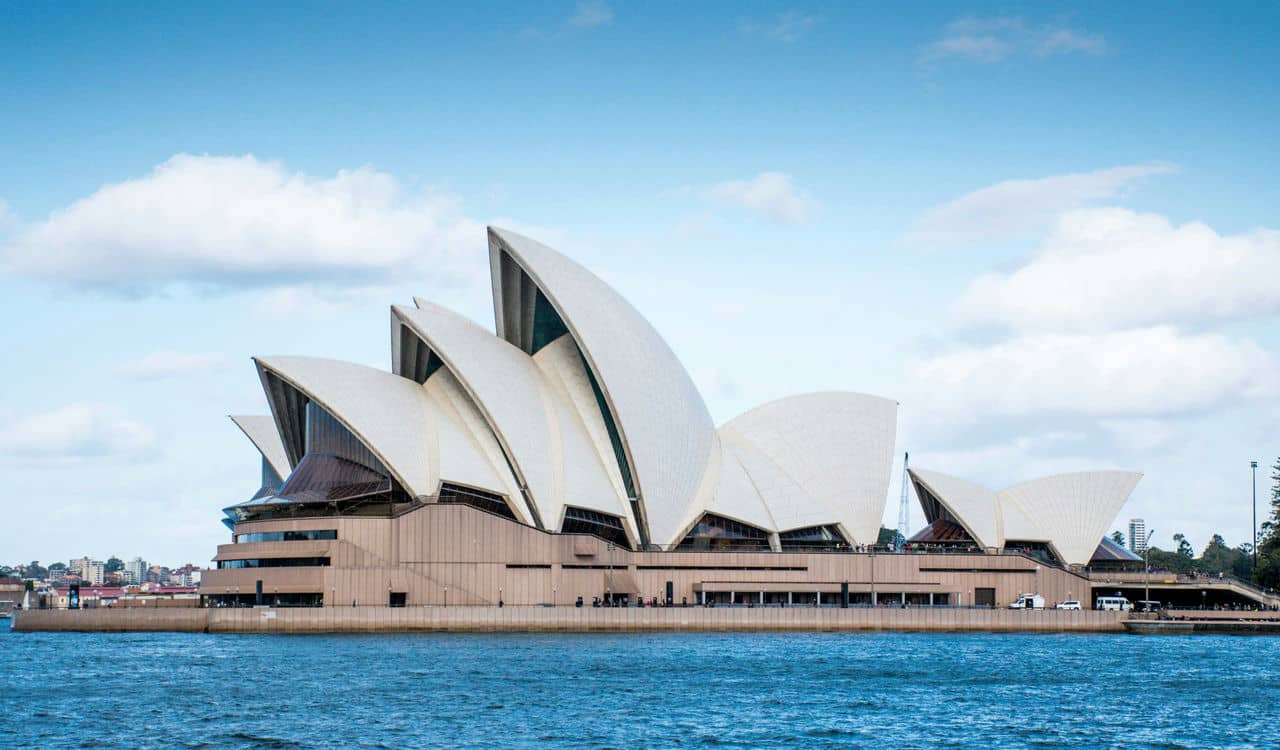
1. Sydney Opera House
The Sydney Opera House is a multi-venue performing arts center in Sydney, New South Wales, Australia. It is regarded as one of the world’s most famous and distinctive buildings and a masterpiece of 20th-century architecture. The Sydney Opera House is located on the foreshore of Sydney Harbour, on Bennelong Point, adjacent to the Sydney central business district and the Royal Botanic Gardens. The Sydney Opera House was built between 1959 and 1973 after Danish architect Jørn Utzon won an international competition to design it in 1957. Queen Elizabeth II formally opened the building on 20 October 1973.
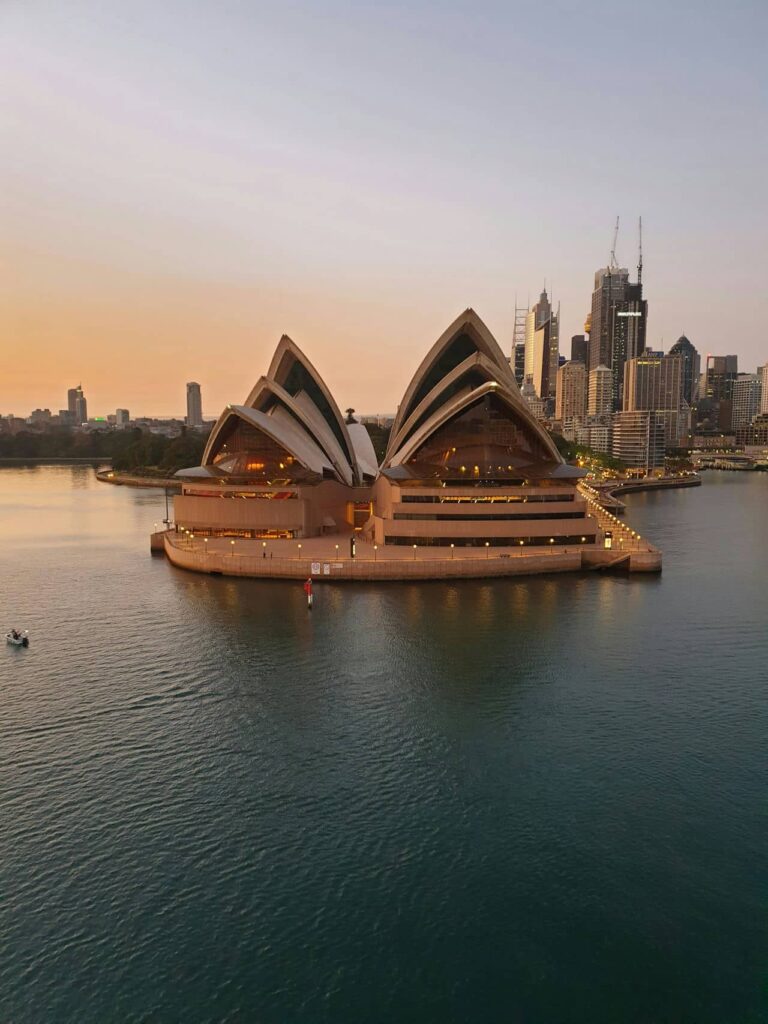
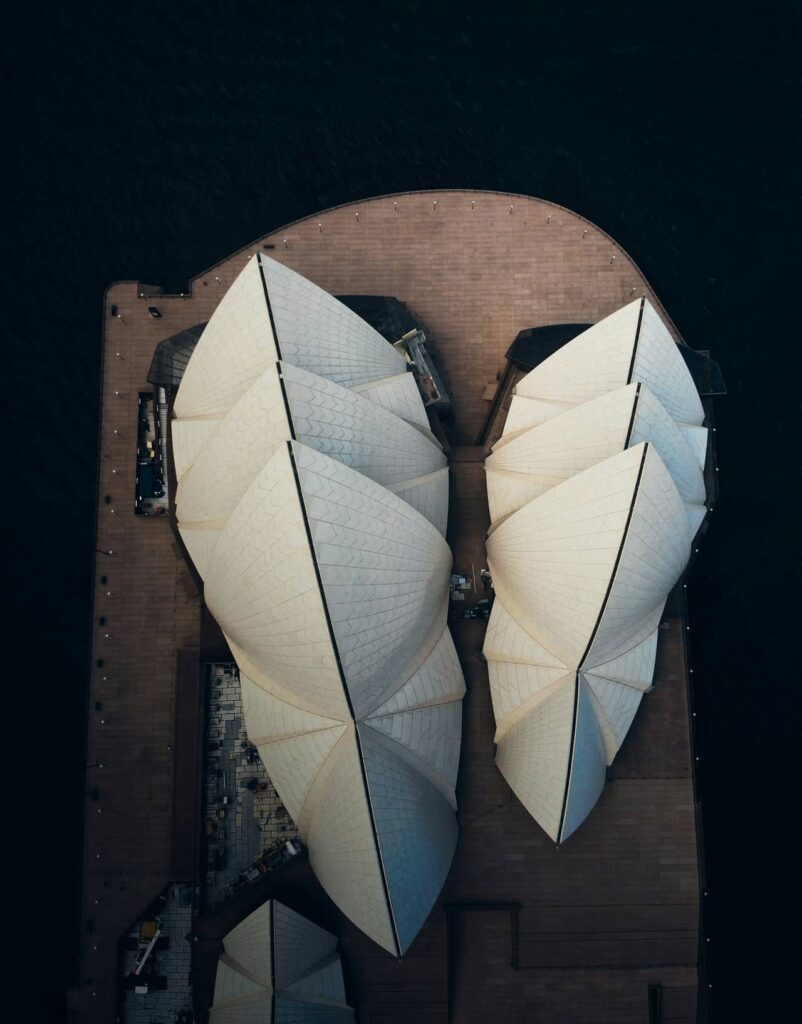
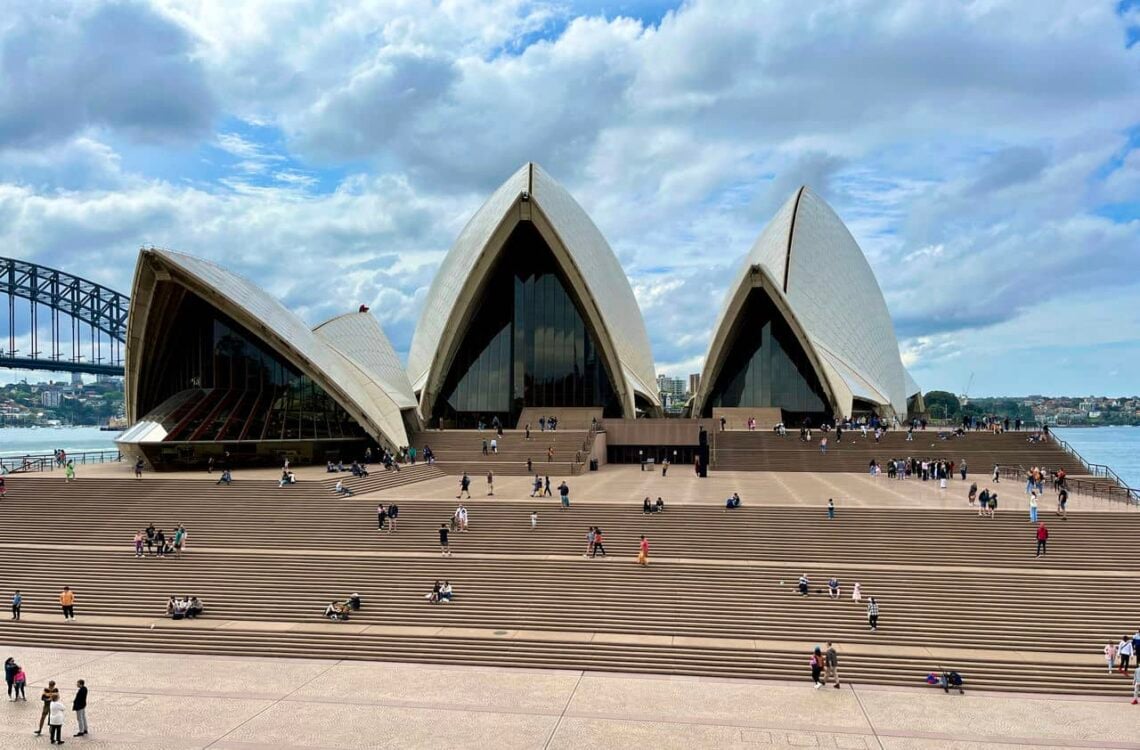
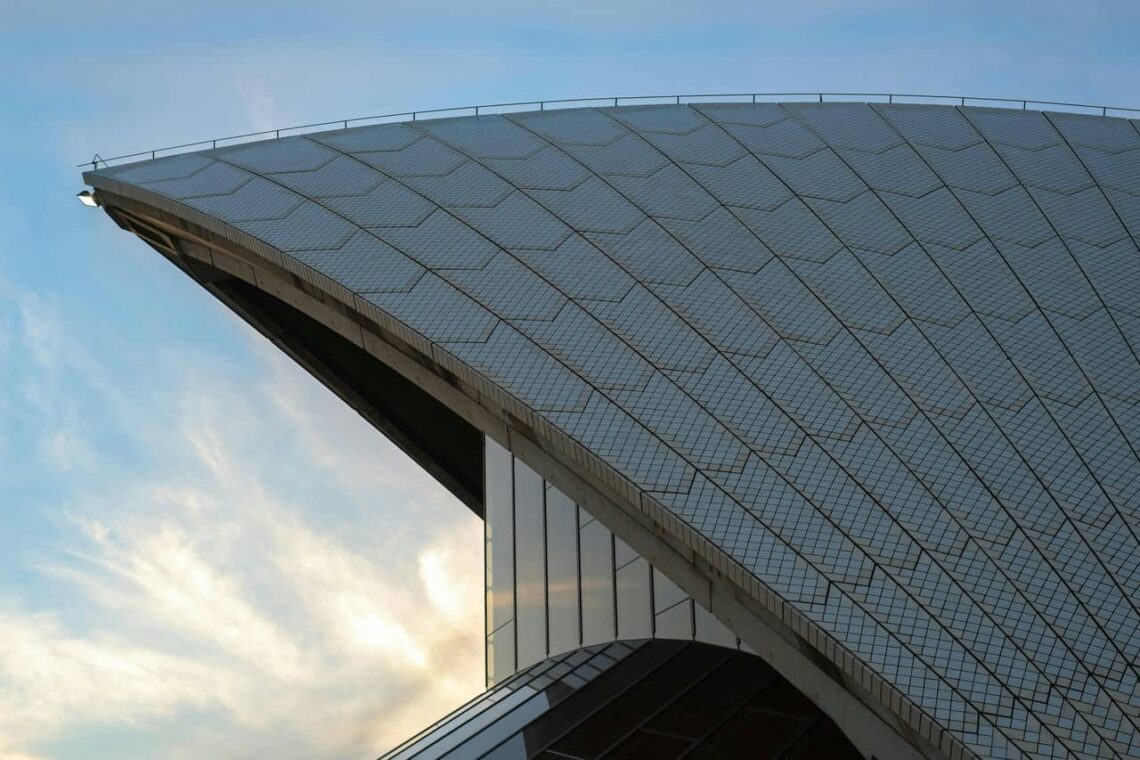
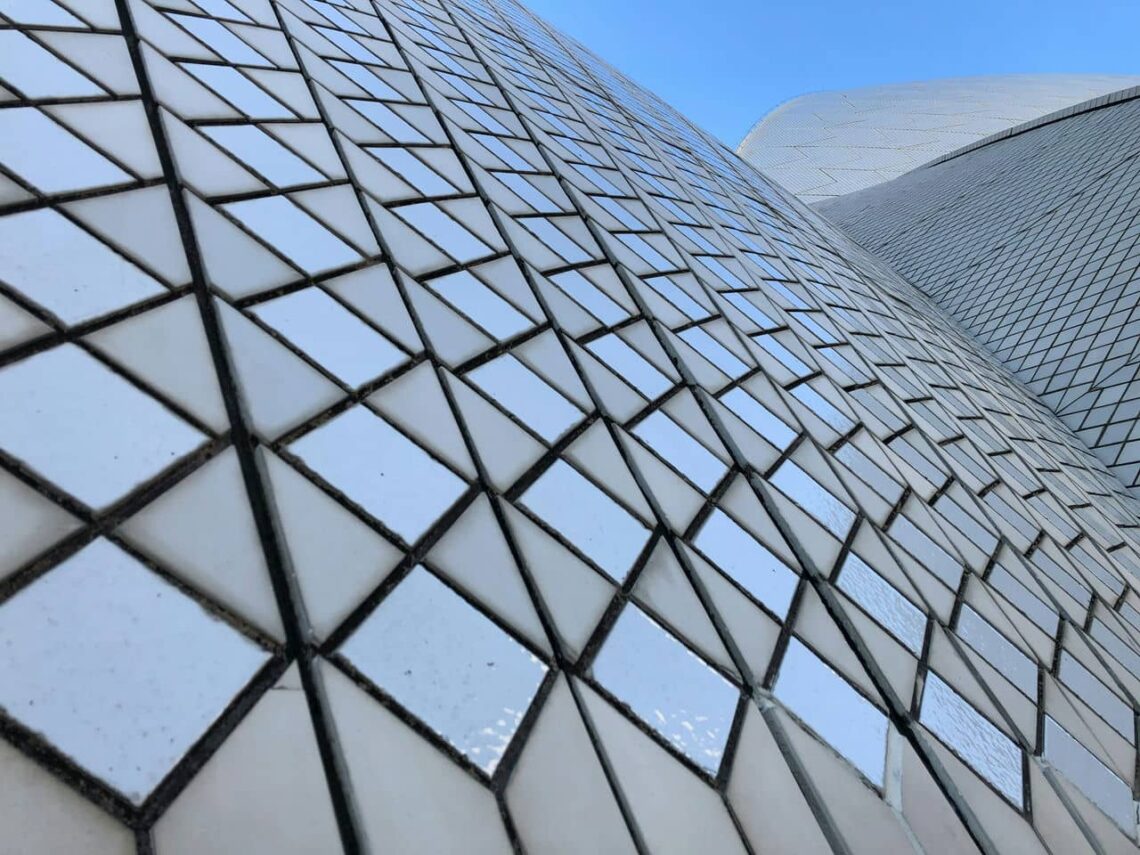
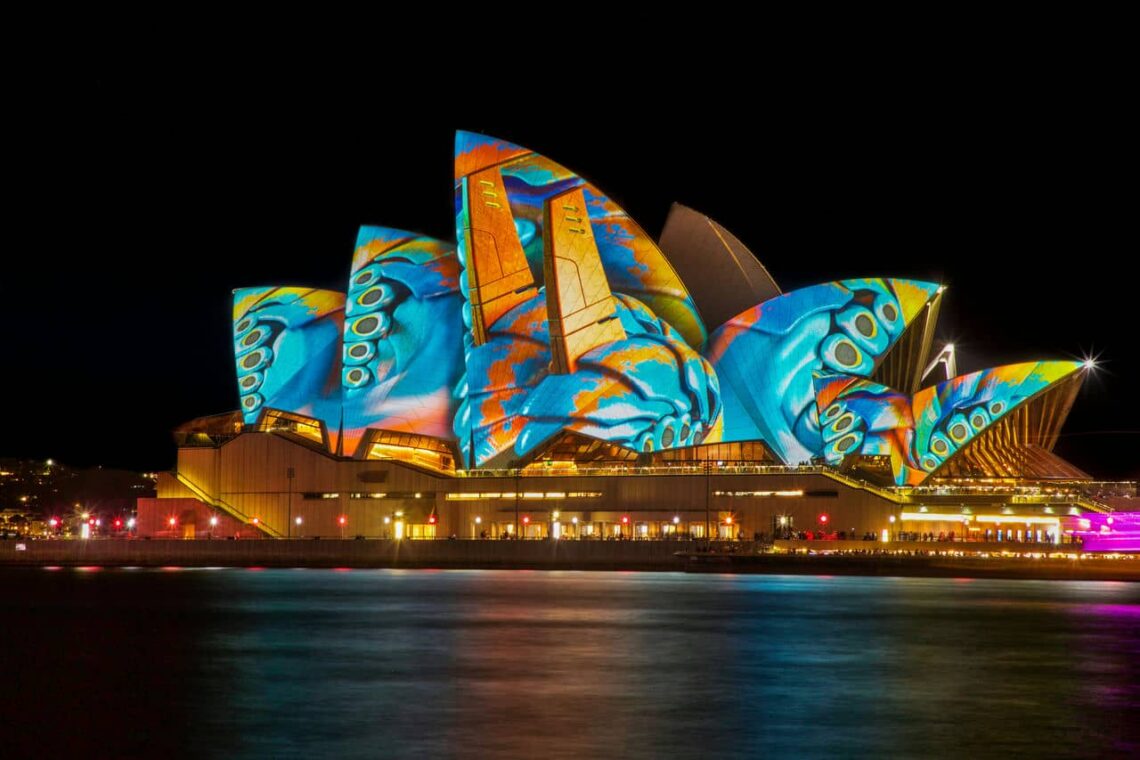
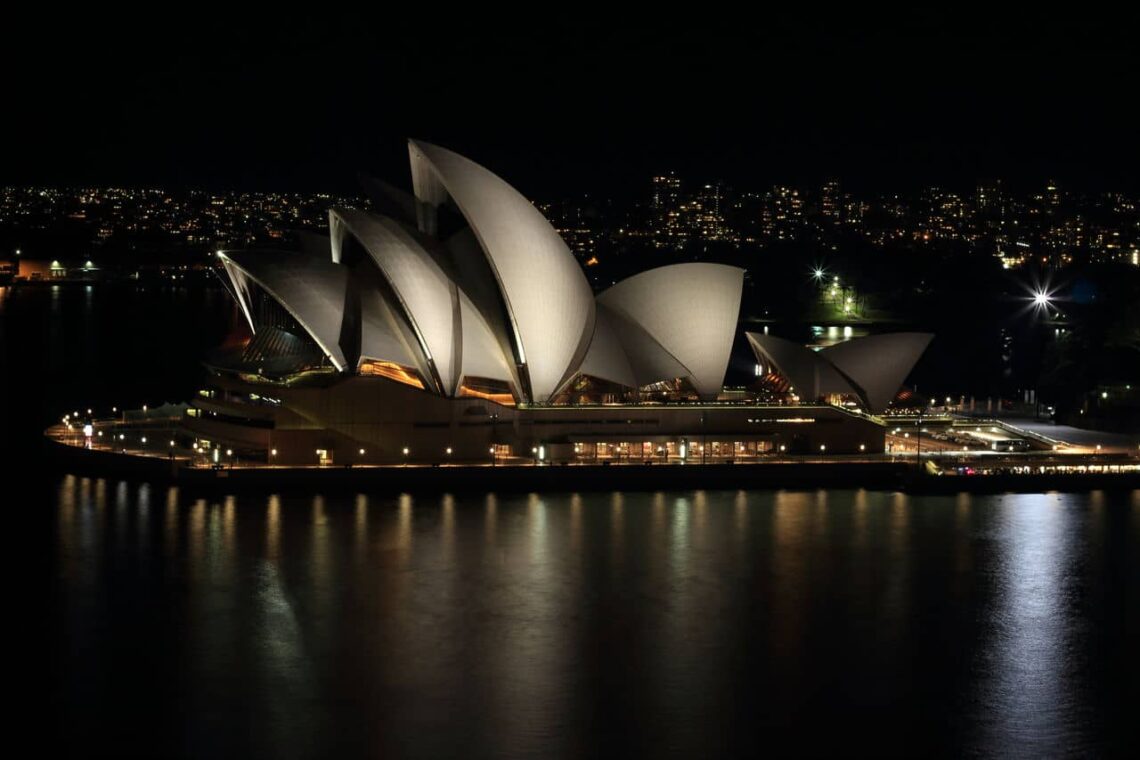
The Sydney Opera House represents the architectural trend or movement of expressionism, characterized by organic forms, dynamic shapes, and emotional effects. The building’s design was inspired by the sails of ships, the shells of marine creatures, and the segments of oranges. The historical design influences visible in the Sydney Opera House include the Mayan use of platforms, the Chinese method of additive architecture, and the Scandinavian tradition of craftsmanship. Utzon was influenced by these cultures and their techniques of building with prefabricated elements, platforms, and natural materials.
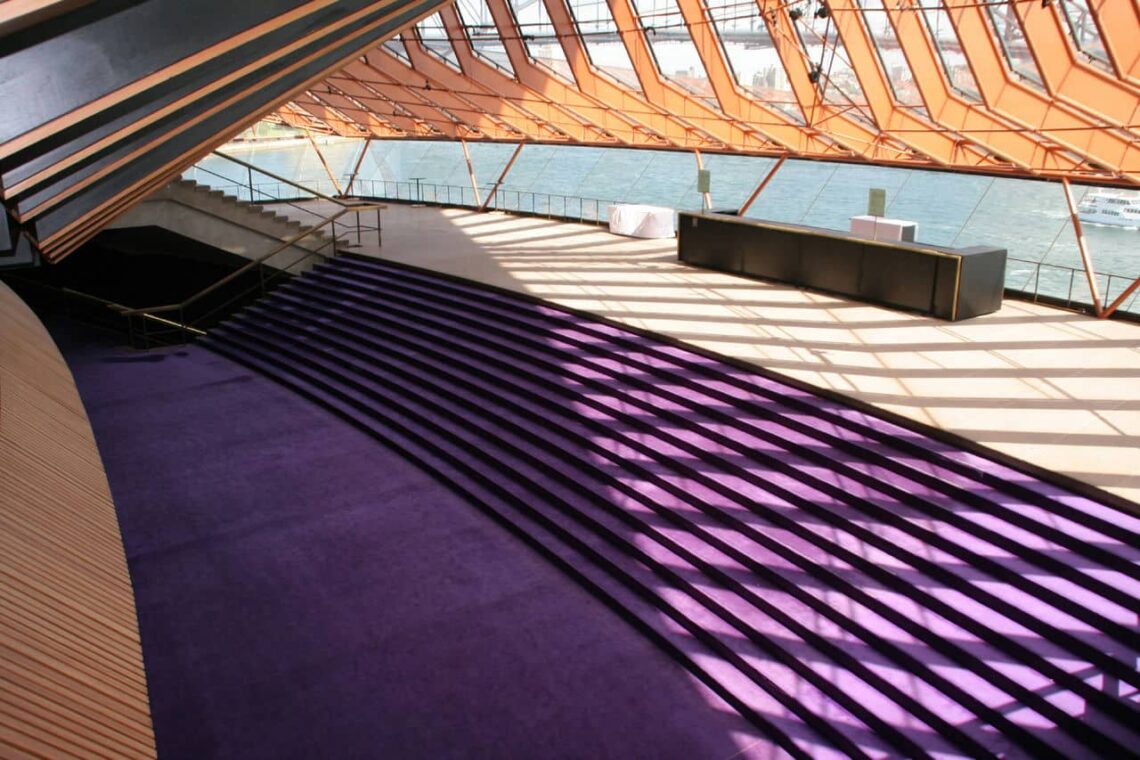
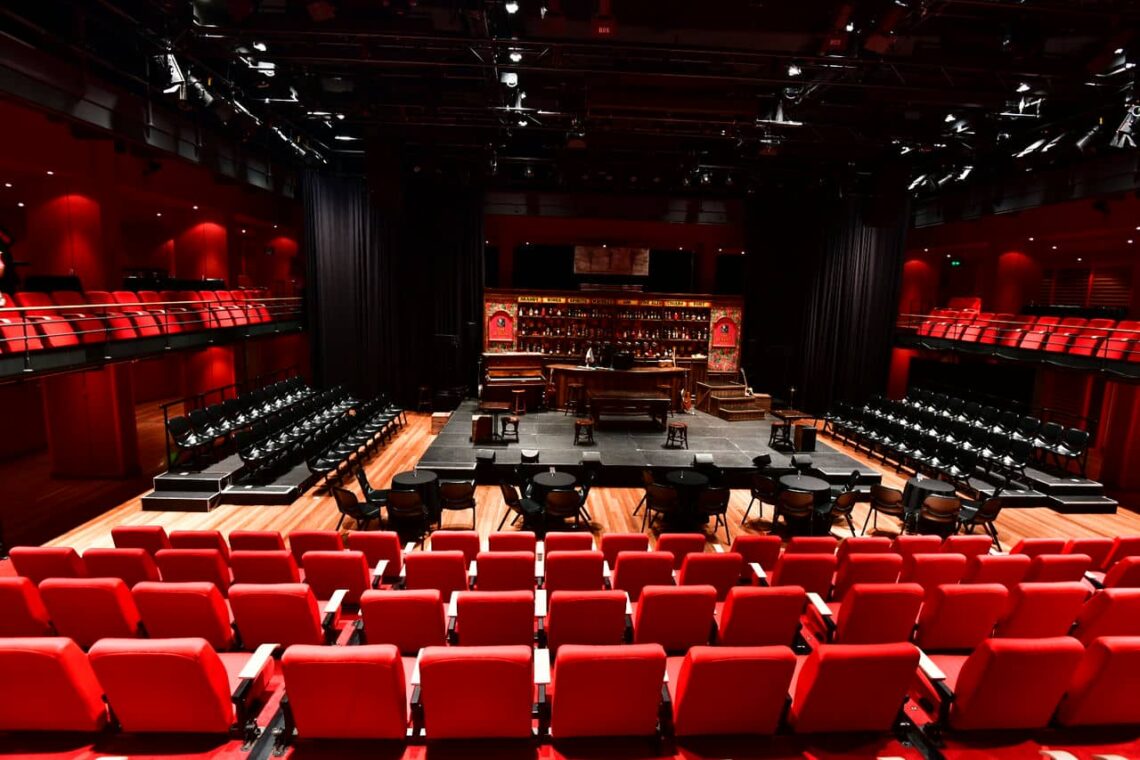
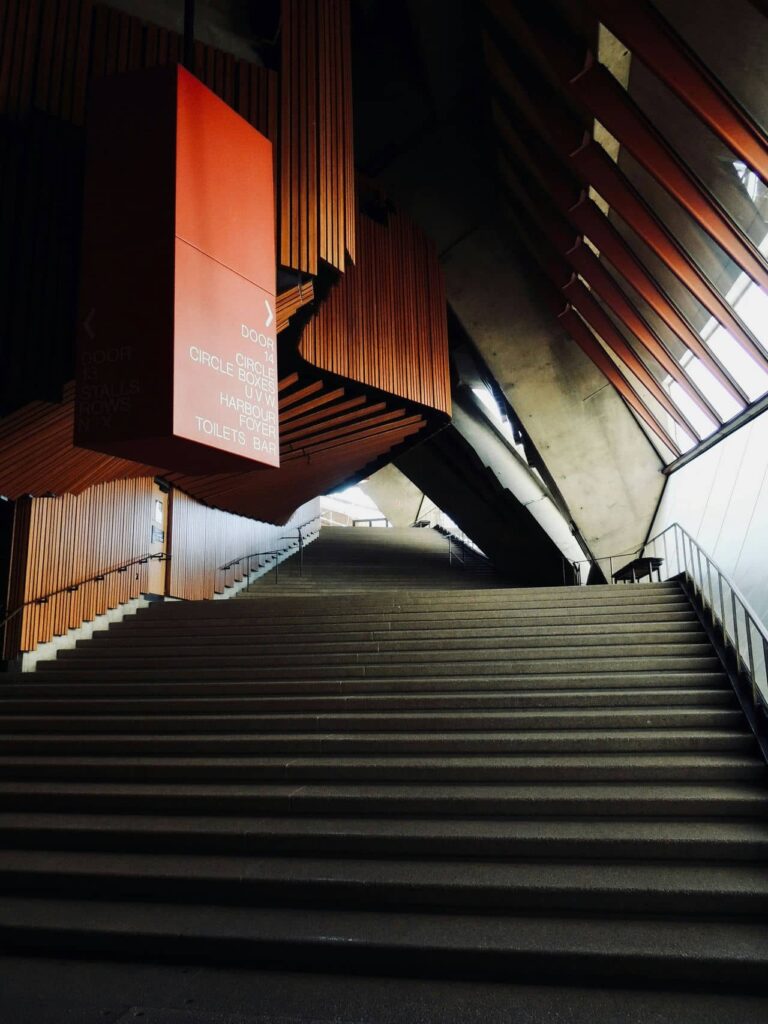
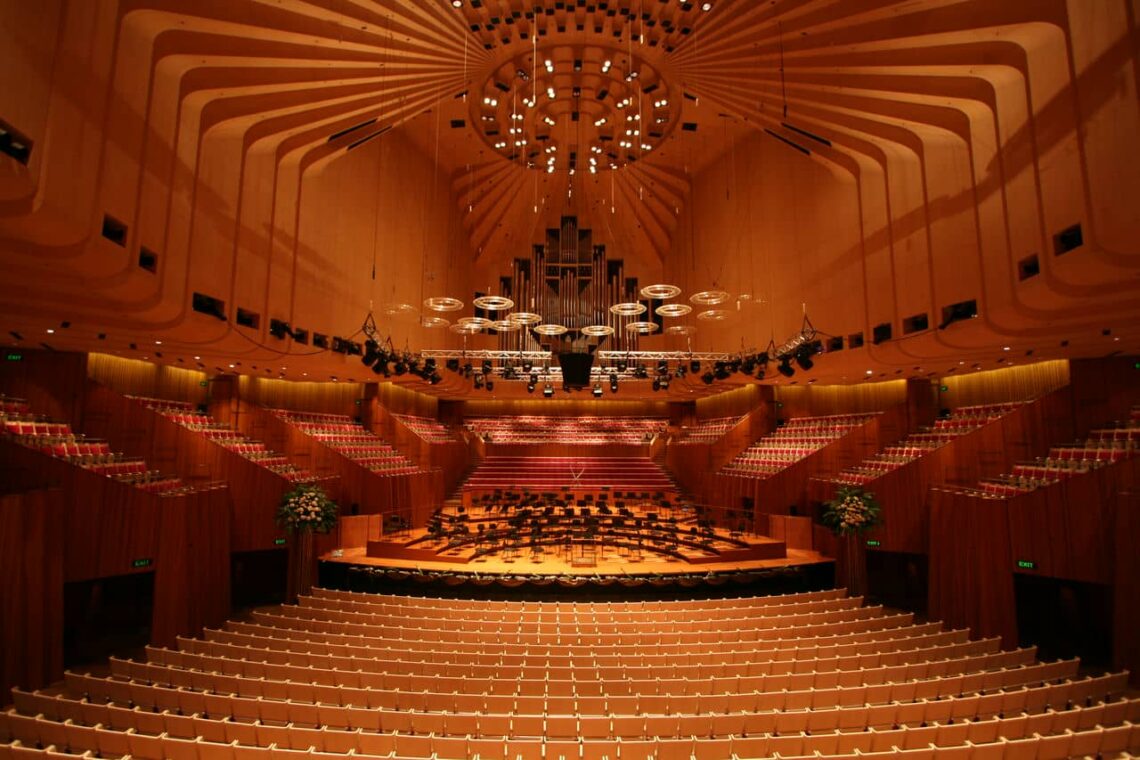
2. Eureka Tower
Eureka Tower is a skyscraper in Melbourne, Victoria, Australia. It is one of the tallest buildings in the country, with a height of 975 feet (297.3 meters). It has 91 floors, including an observation deck, a restaurant, a bar, and 556 apartments. It was designed by Fender Katsalidis Architects and built by Grocon from 2002 to 2006. The name and design of the tower are inspired by the Eureka Stockade, a historical event that symbolized the fight for democracy and justice in Australia. The tower has a gold crown, a red stripe on the side, and a blue glass facade representing the Eureka flag’s colors and elements. The white horizontal lines on the building also resemble the markings on a surveyor’s staff.
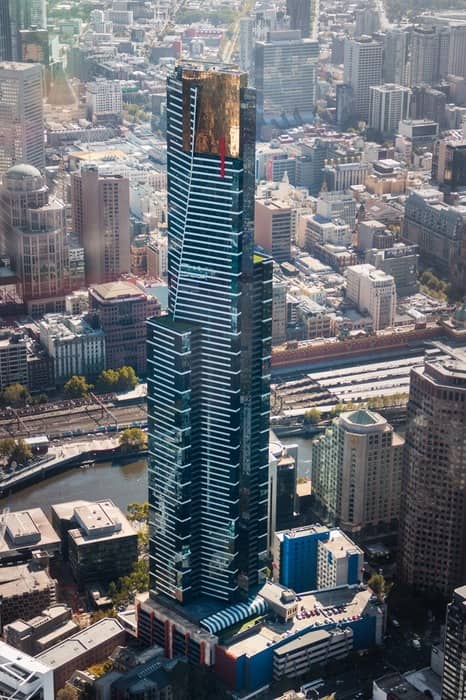
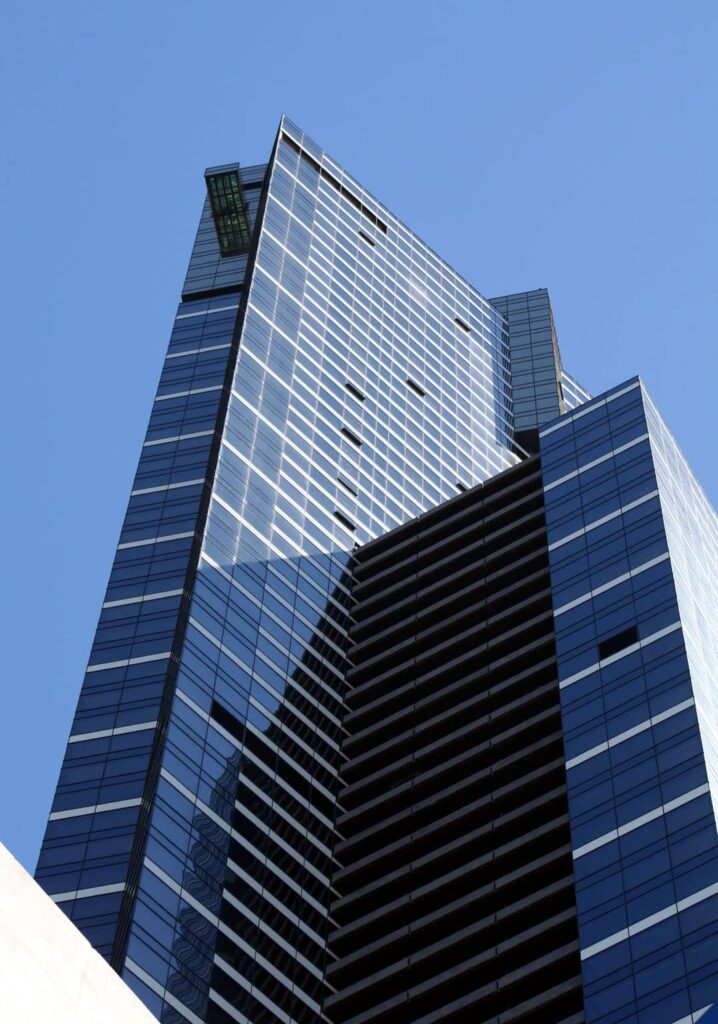
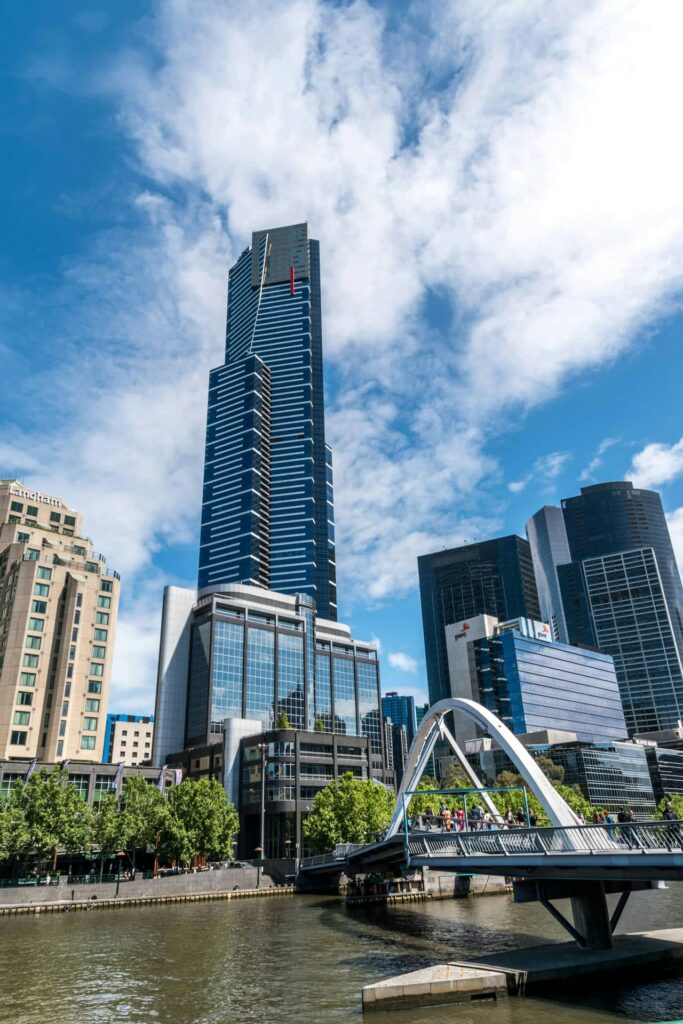
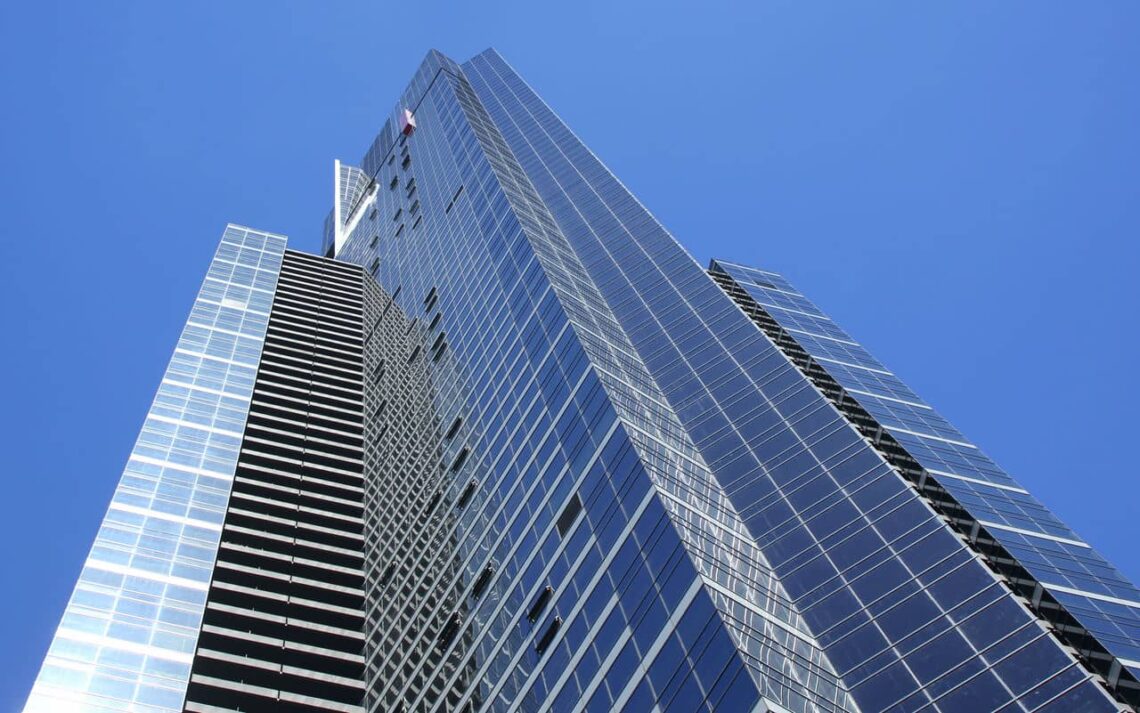
Eureka Tower offers a variety of experiences for visitors and residents. The Skydeck on the 88th floor is the highest public observation deck in the Southern Hemisphere. It features a glass cube called the Edge, which extends 10 feet (3 meters) from the building and gives a thrilling view of the city below. The Skydeck also has a virtual reality attraction, a theater, and a gift shop. The 89th floor hosts Eureka 89, a fine dining venue accommodating up to 400 guests for various events. The tower is a landmark and a platform for social and environmental initiatives. It hosts the annual Eureka Climb, a charity event that challenges participants to climb 1,642 stairs to the top of the tower. It also participated in a 2013 experiment that involved growing air plants on the exterior of the building as a way to explore the potential of vertical gardens. Eureka Tower is a remarkable example of Australia’s modern architecture and urban culture.
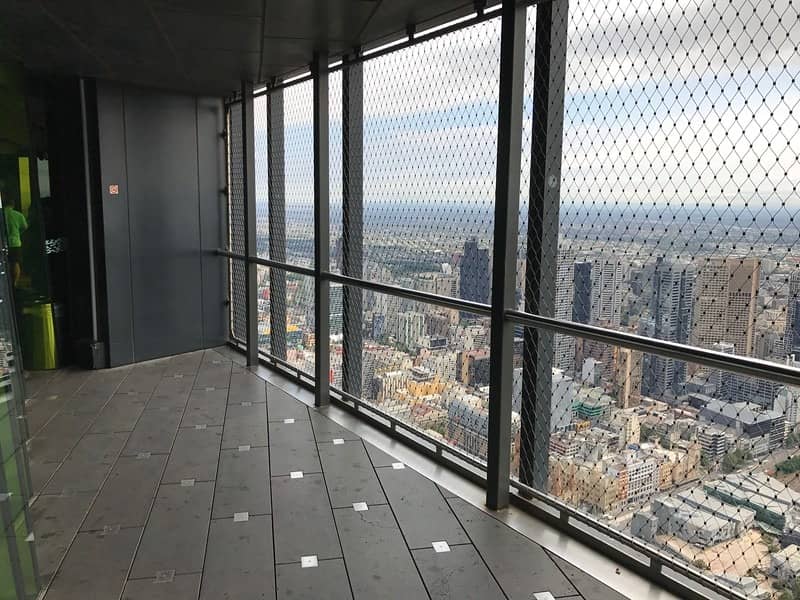
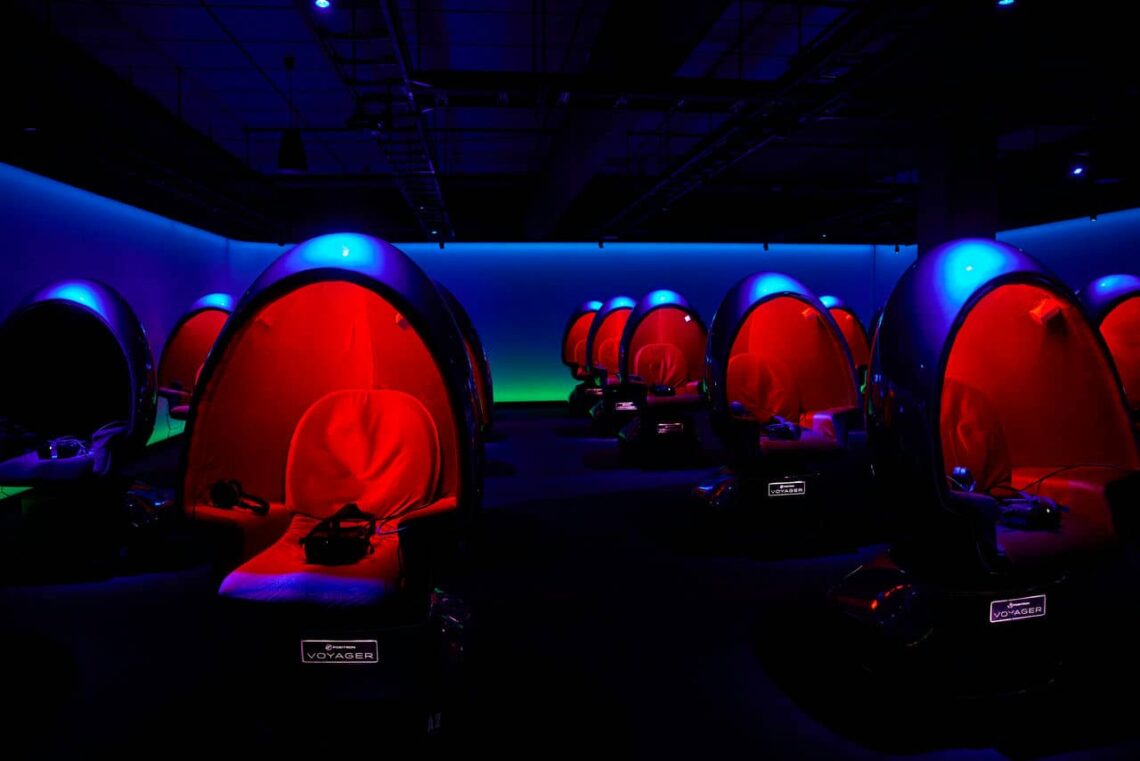
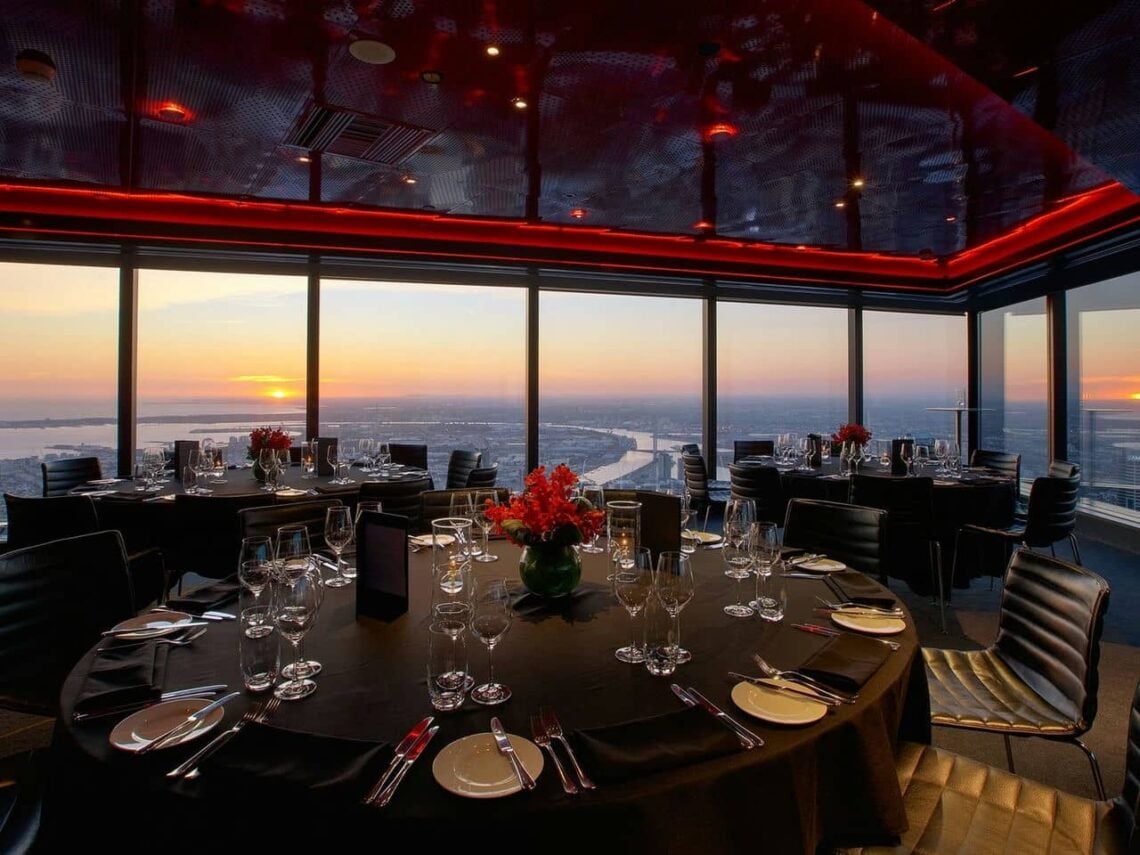


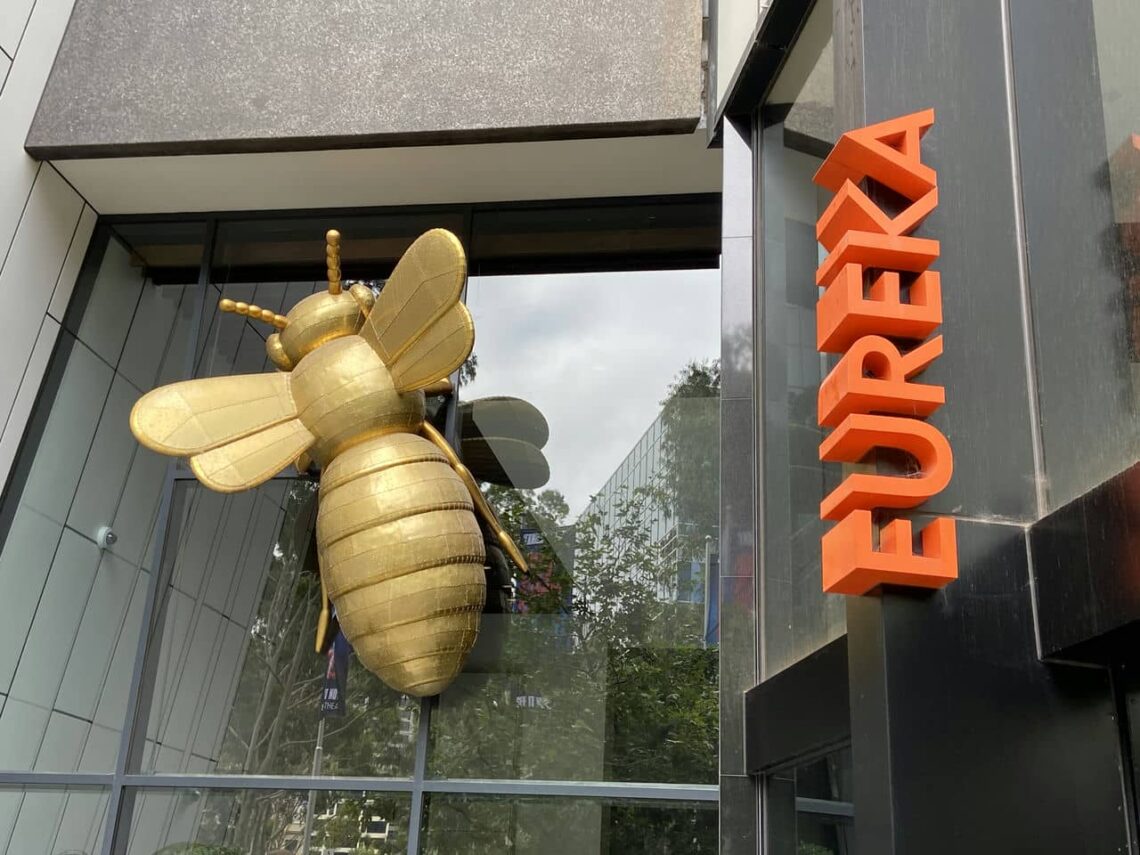
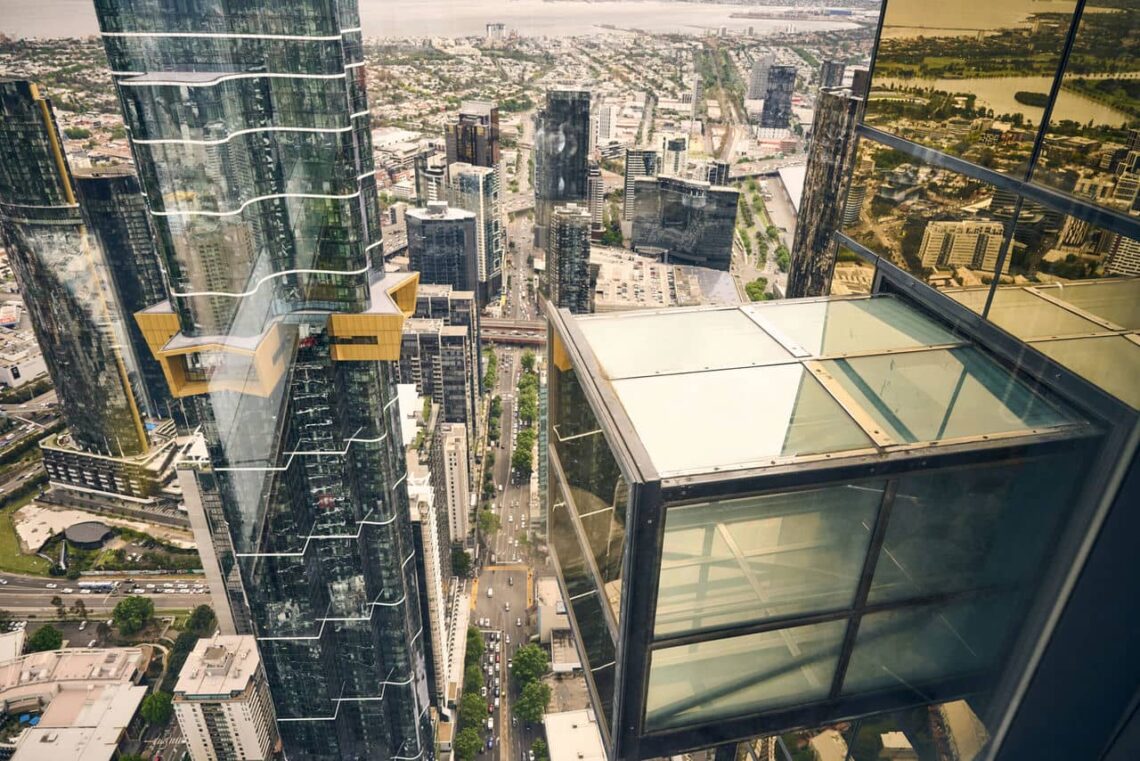
3. Parliament House
Parliament House is the meeting place of the Australian Parliament, the legislative body of Australia’s federal level of government. It is located in Canberra, the capital city of Australia, on a hill called Capital Hill. Parliament House was opened on 9 May 1988 by Elizabeth II, Queen of Australia, and cost more than $1.1 billion (€0.7 billion, £0.5 billion) to build. The design of Parliament House was chosen from a competition that received 329 entries from 28 countries. The winning design was by Mitchell/Giurgola & Thorp Architects, a firm based in New York and Canberra. The design features a boomerang-shaped building that is partly buried under a grass-covered roof, symbolizing the integration of the building with the landscape and the Australian culture.
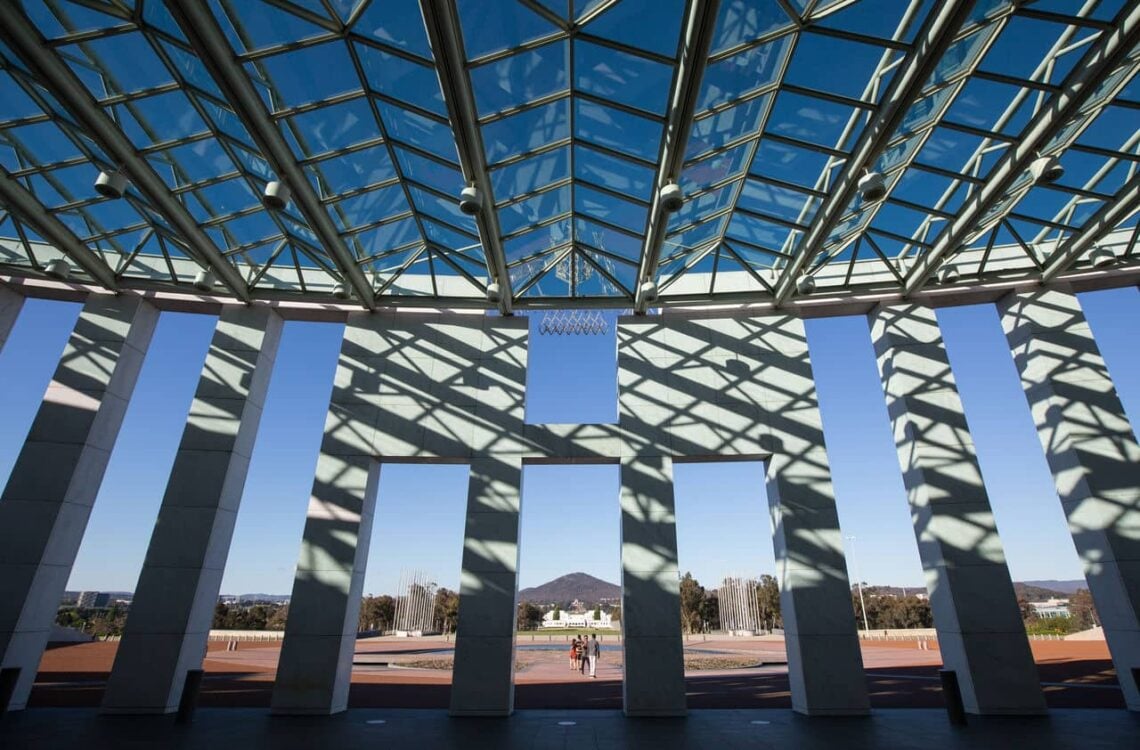
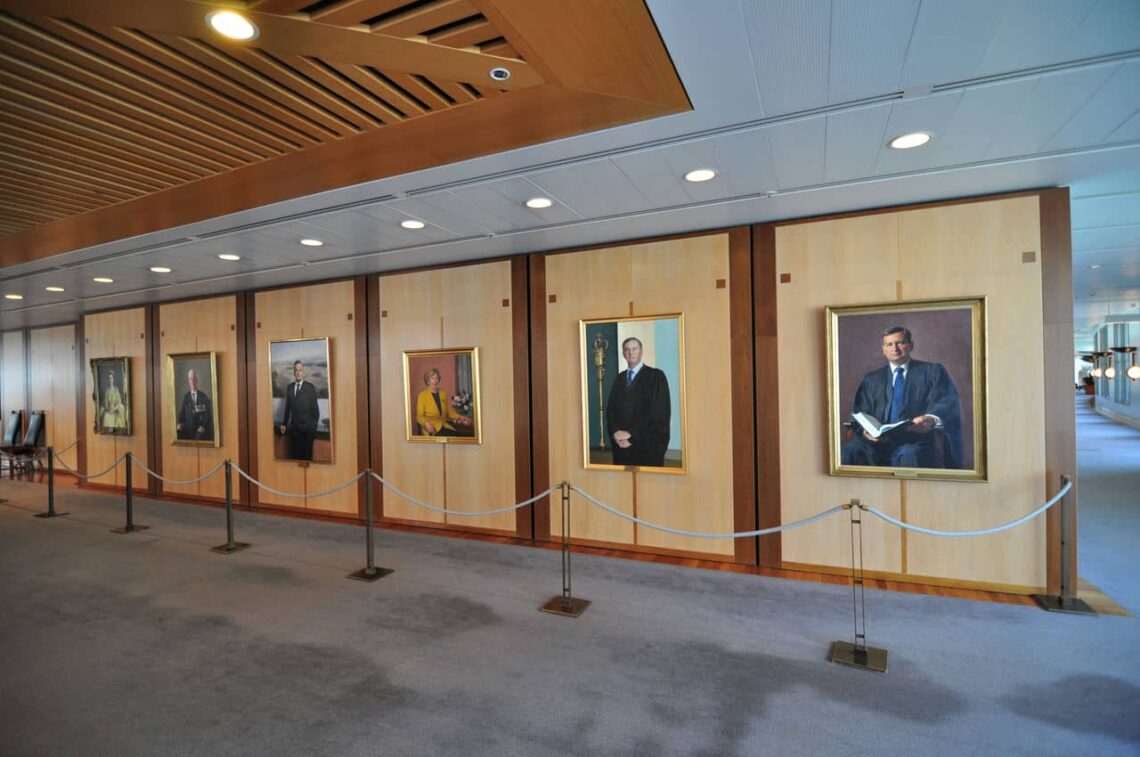
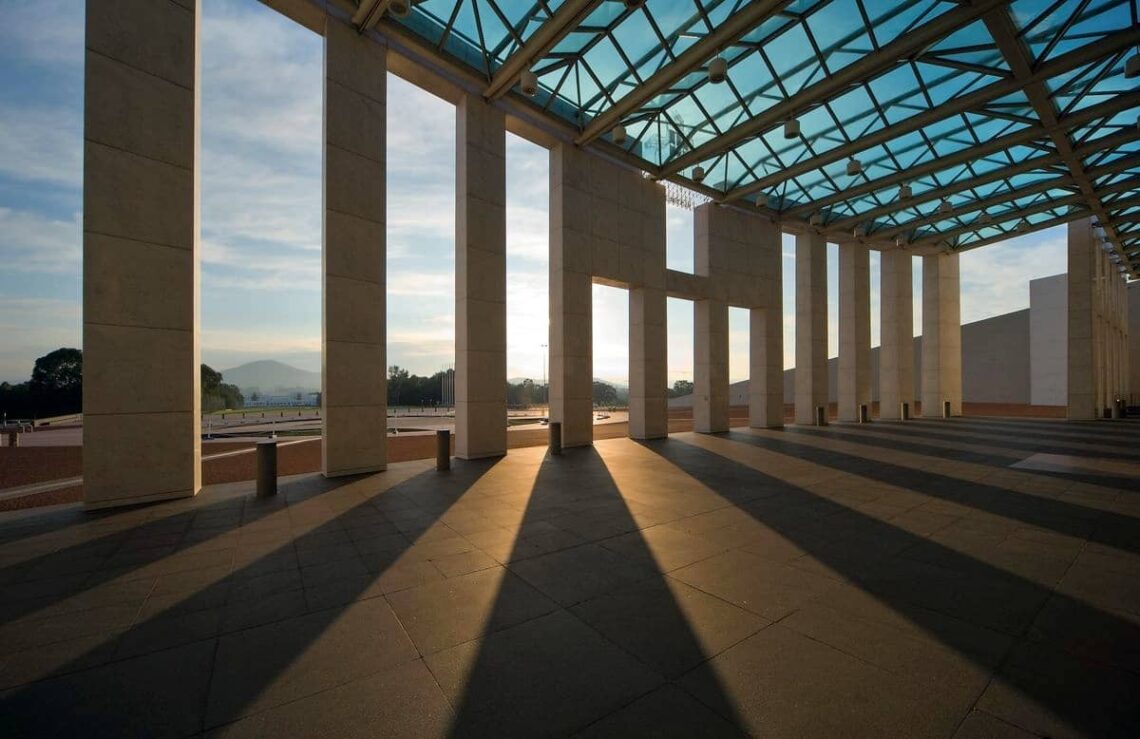
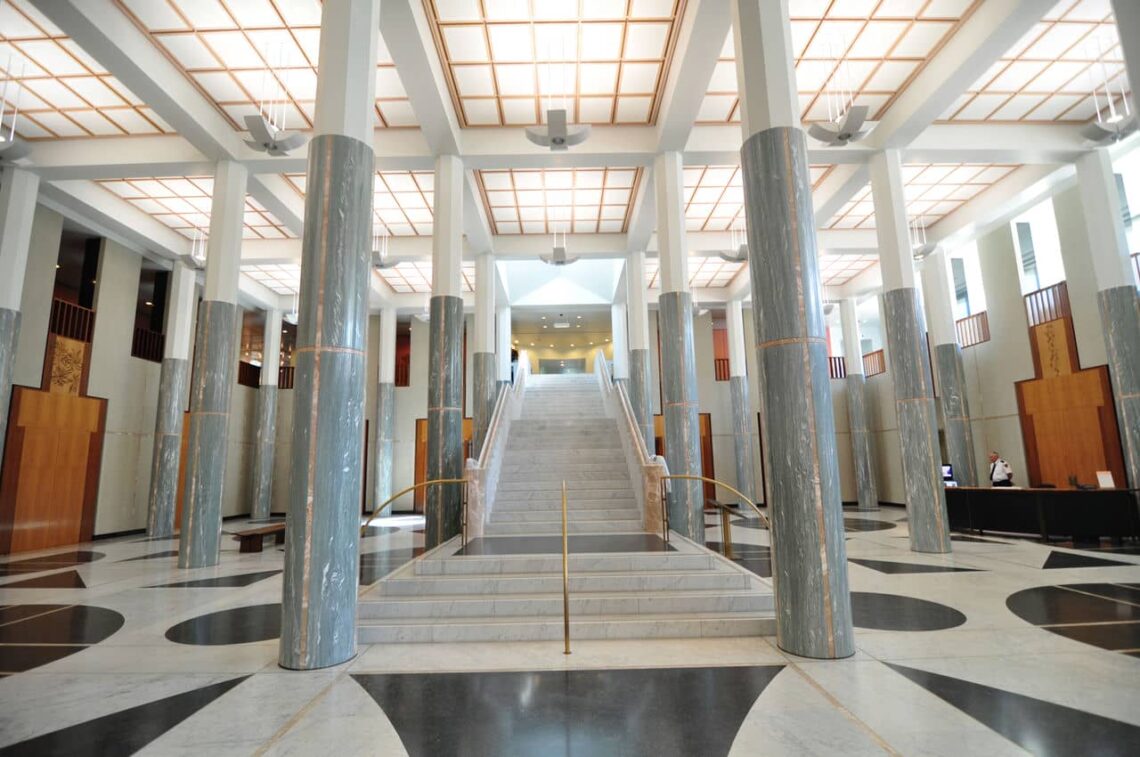
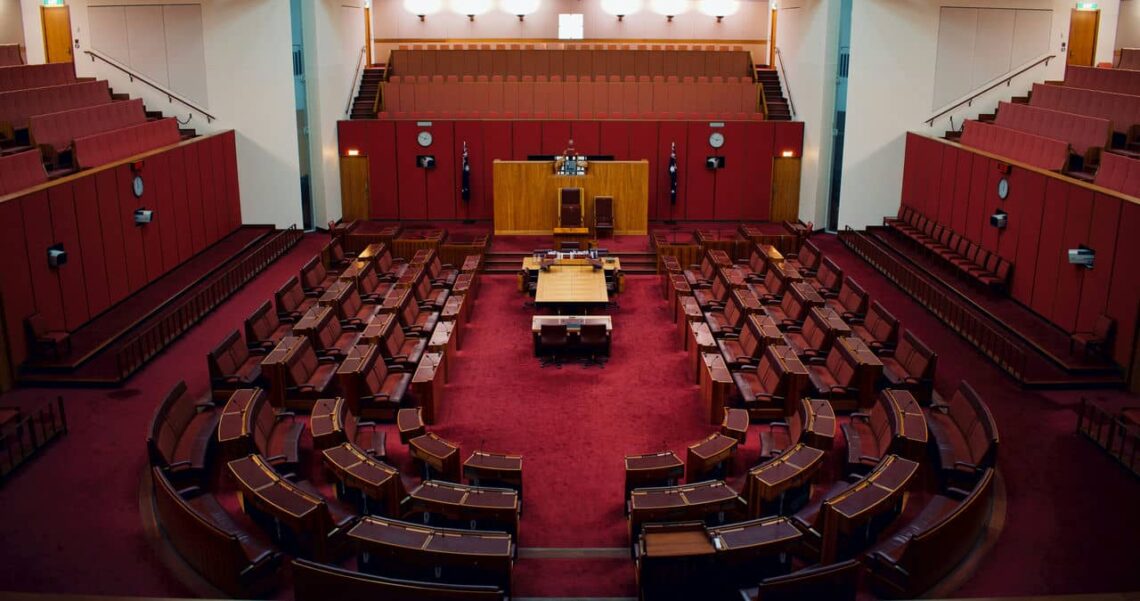
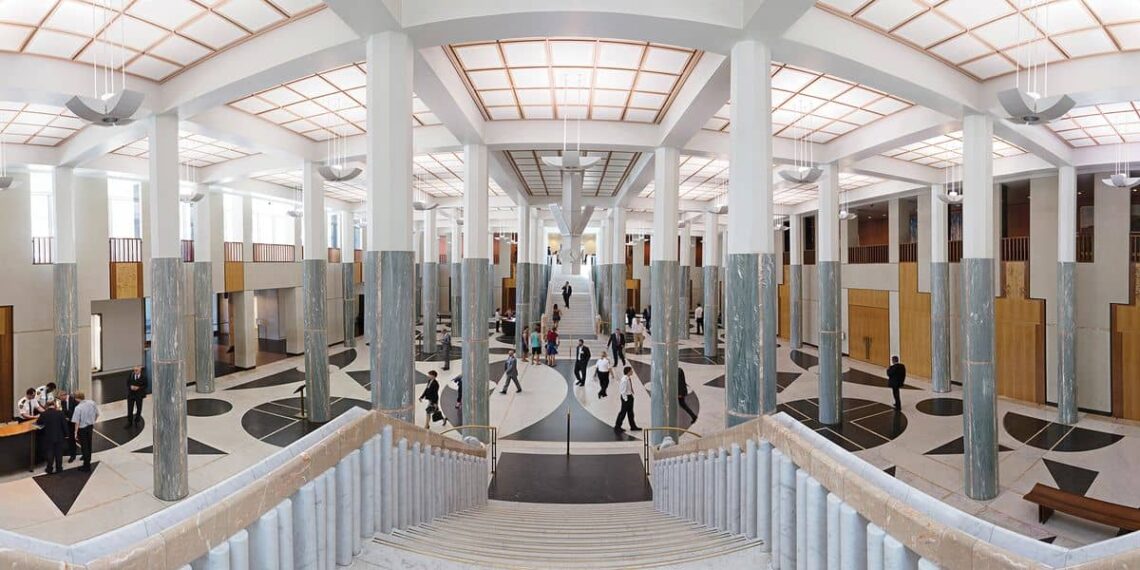
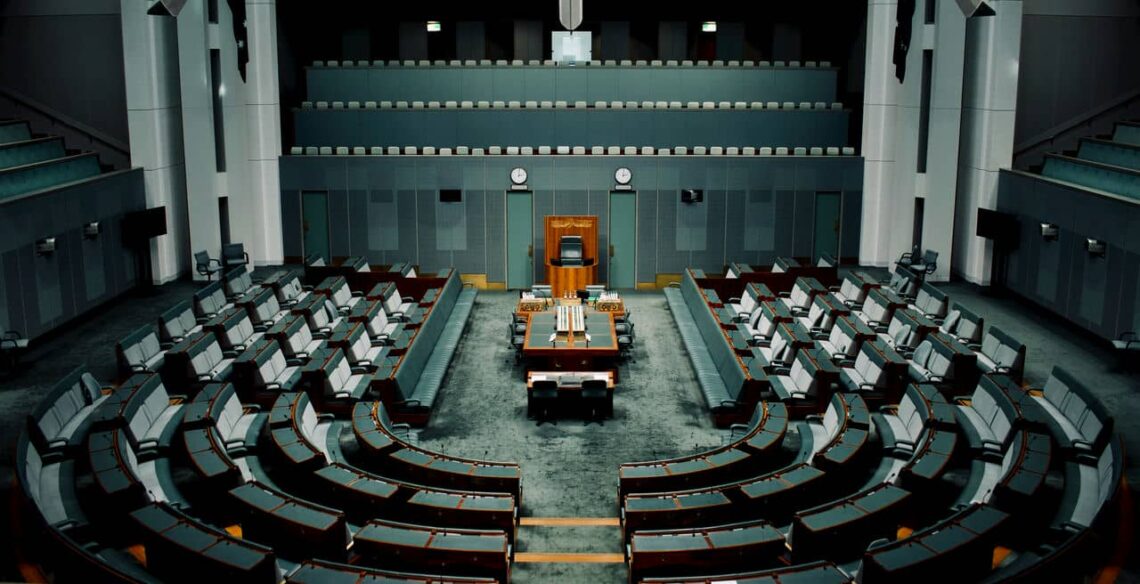
Parliament House has a floor area of 2.7 million square feet (250,000 square meters), making it one of the largest buildings in the southern hemisphere. It contains offices for the members of parliament, the Prime Minister, the Governor-General, and the parliamentary staff, chambers for the Senate and the House of Representatives, committee rooms, press galleries, a library, a public hall, and a visitors’ center. Parliament House also has an impressive art collection, including paintings, sculptures, photographs, and tapestries that reflect Australia’s history, culture, and diversity. Some of the notable artworks are the Great Hall Tapestry, which depicts a eucalyptus forest and measures 66 by 30 feet (20 by 9 meters)., the Forecourt Mosaic, which is based on a painting by Aboriginal artist Michael Nelson Jagamara, and the Marble Foyer, which features 48 columns of green, white, and pink marble.
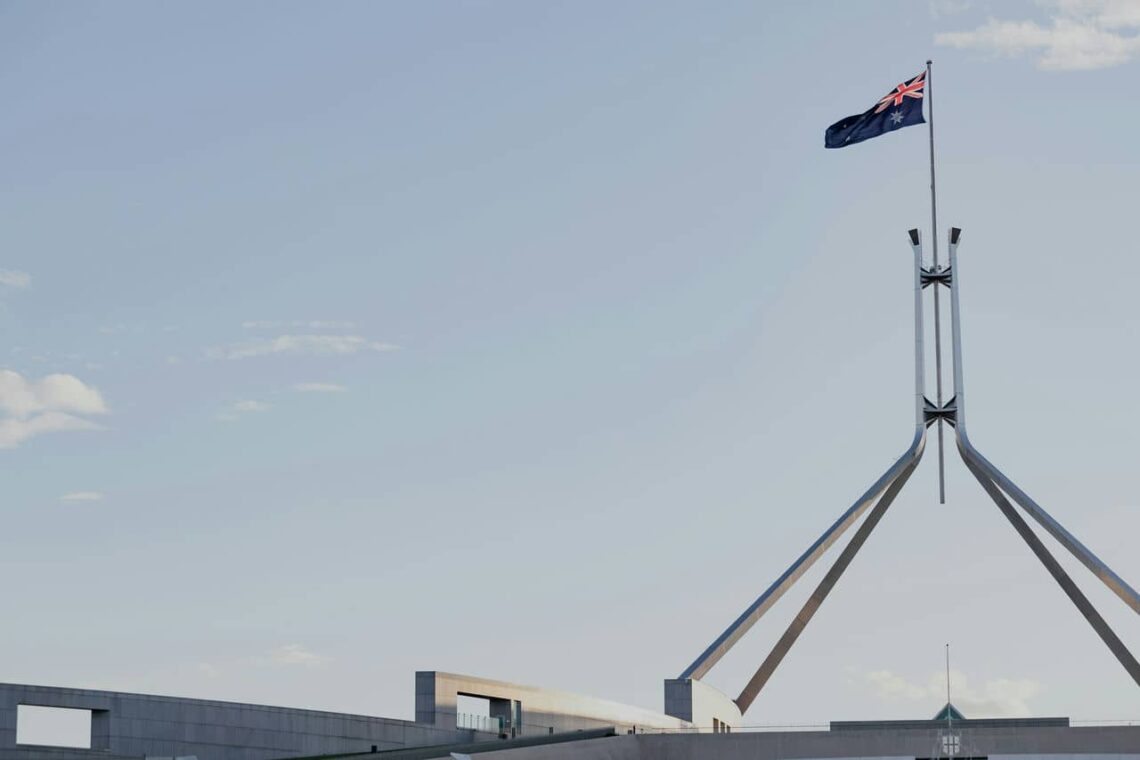
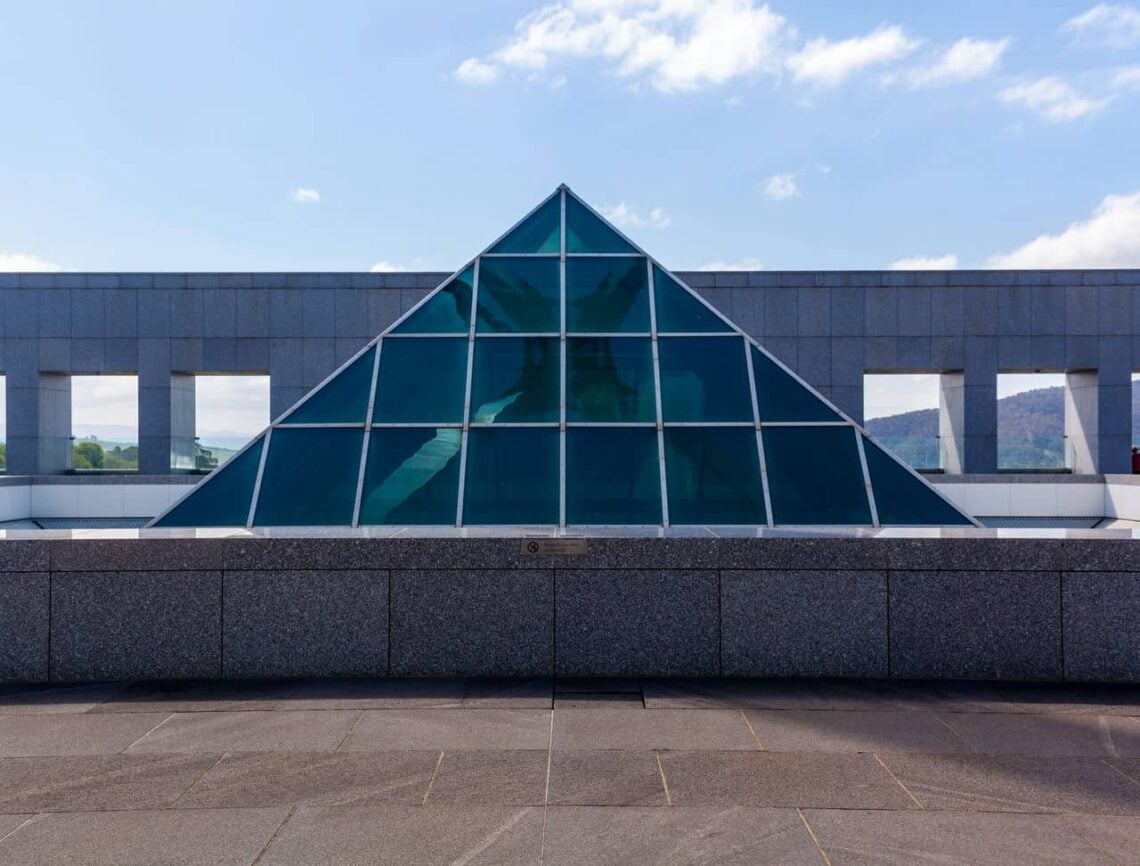
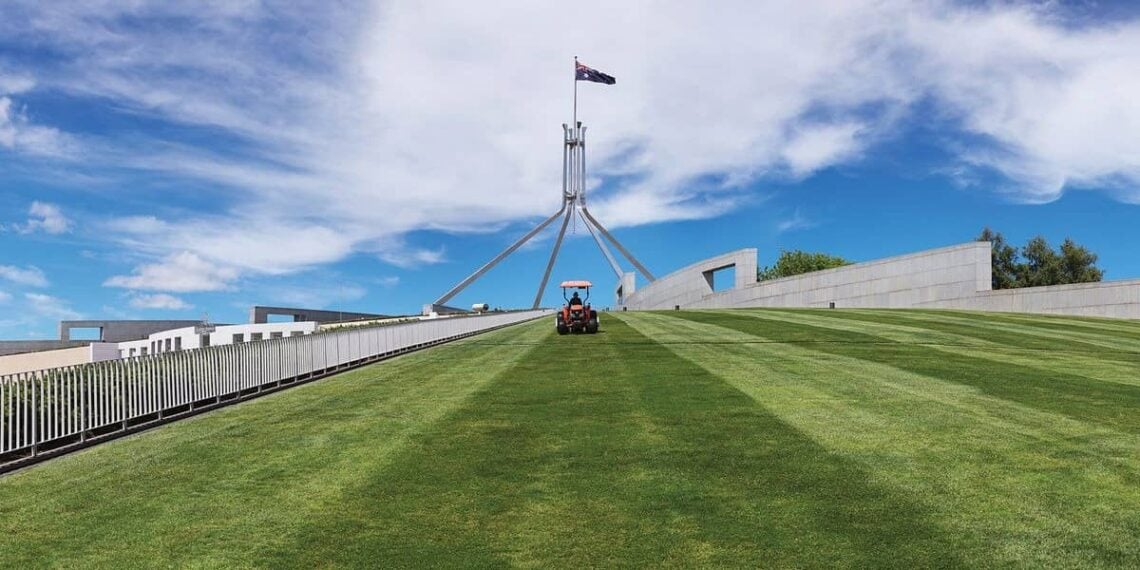
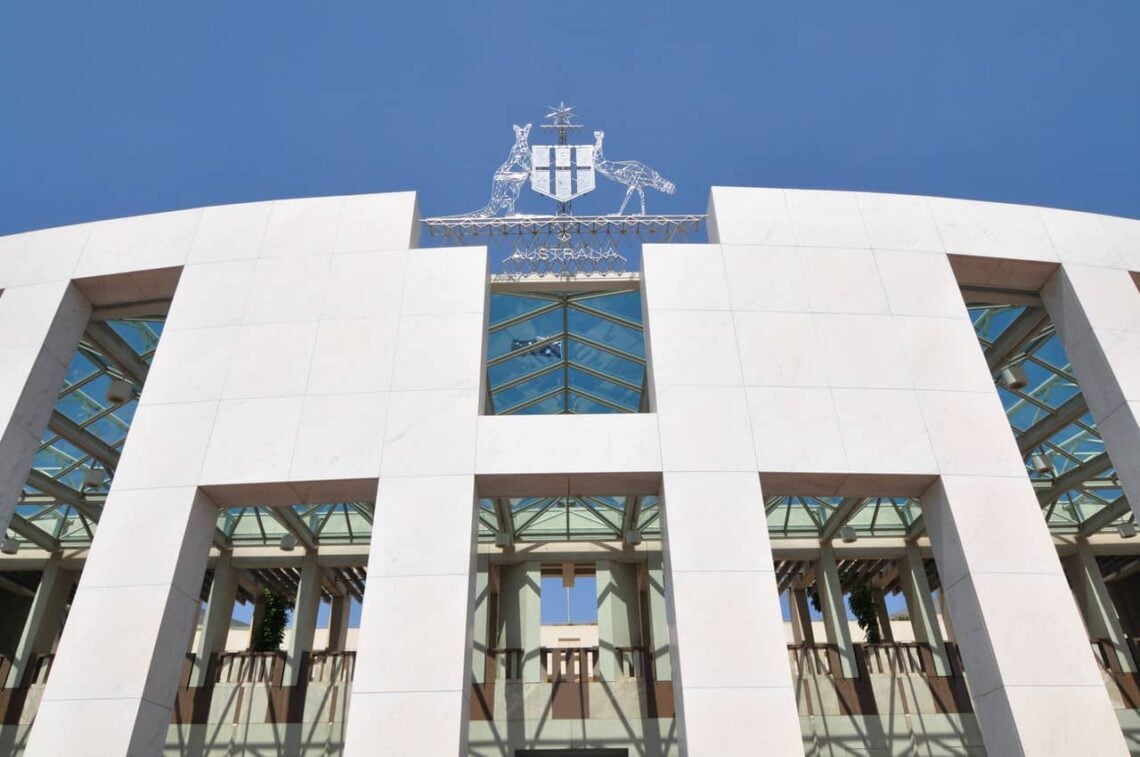
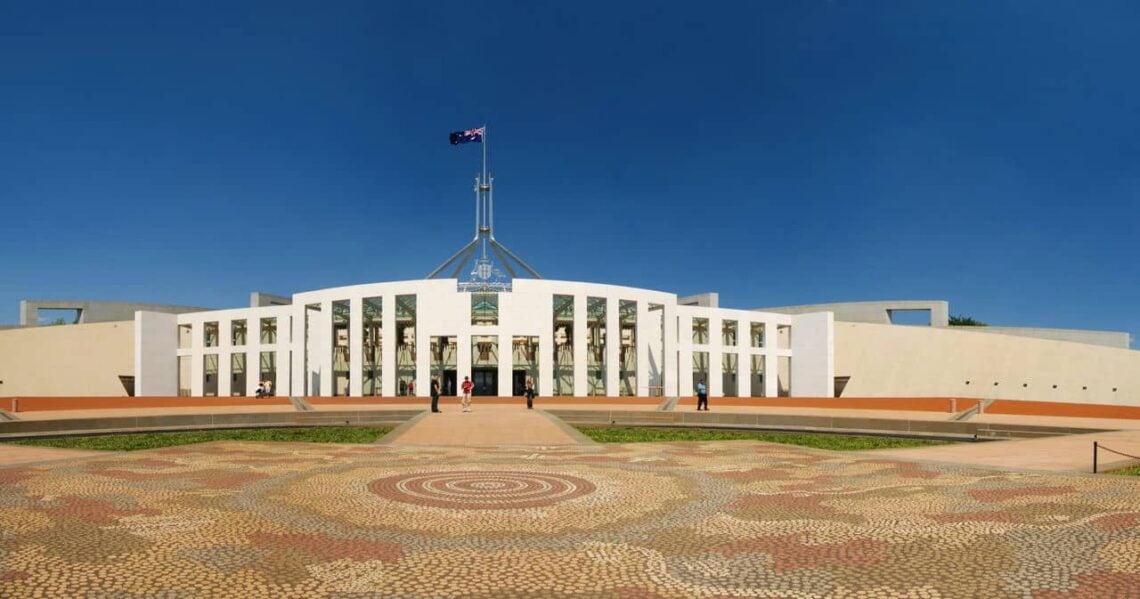
4. Royal Exhibition Building
The Royal Exhibition Building is a historic building in Melbourne, Australia. It was built in 1879-1880 for the Melbourne International Exhibition, which attracted over one million visitors. The building is one of the few remaining examples of the international exhibition movement, which showcased the achievements of different countries and cultures in the 19th and early 20th centuries. The Royal Exhibition Building has a dome-shaped roof and a classical style inspired by the architecture of ancient Rome and Greece. The architect, Joseph Reed, also designed other prominent buildings in Melbourne, such as the State Library of Victoria and the Melbourne Town Hall. The building covers an area of 129,000 square feet (12,000 square meters) and is surrounded by the Carlton Gardens, which have fountains, statues, and plants.
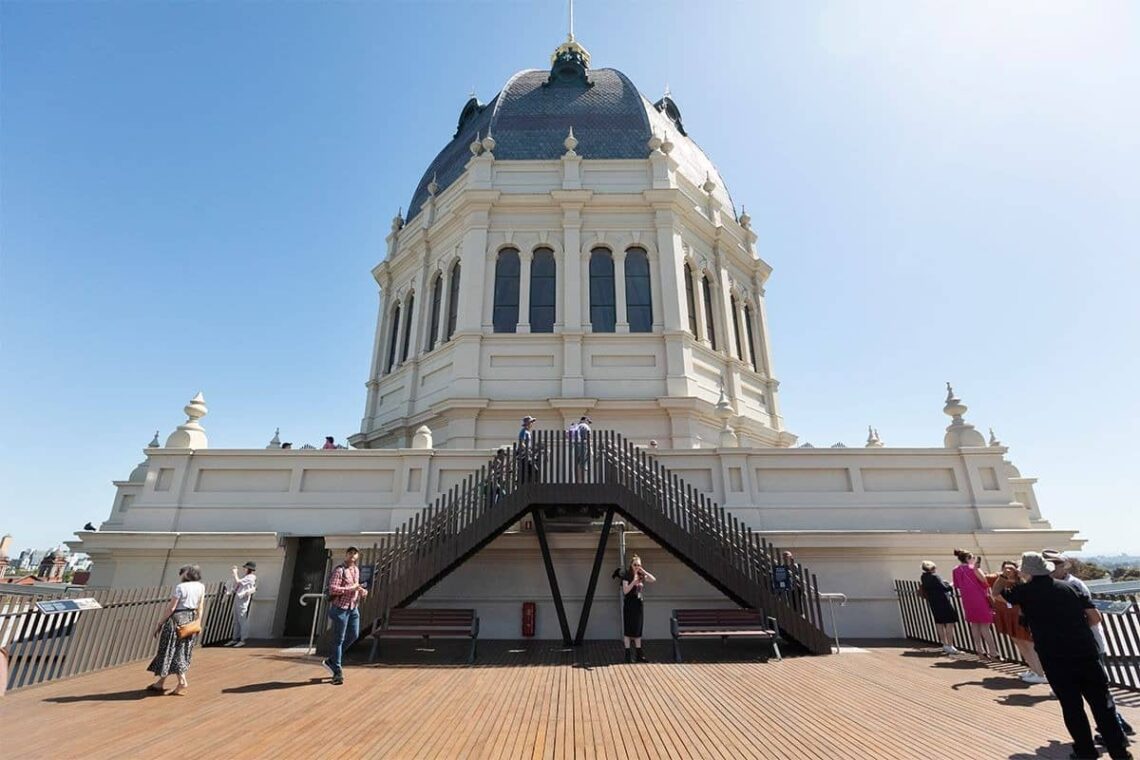
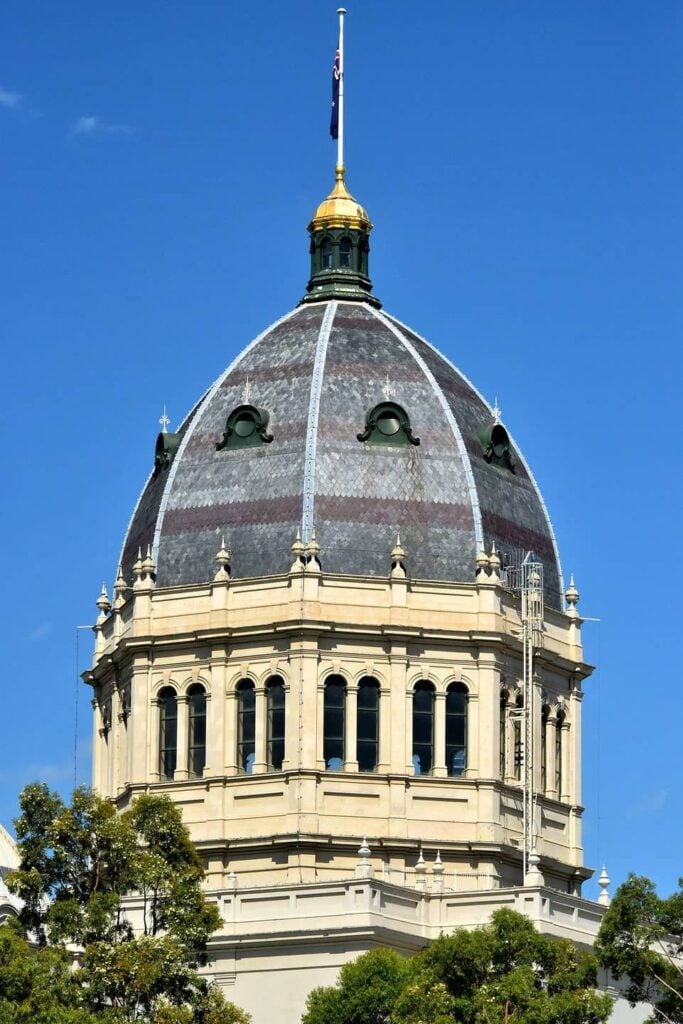
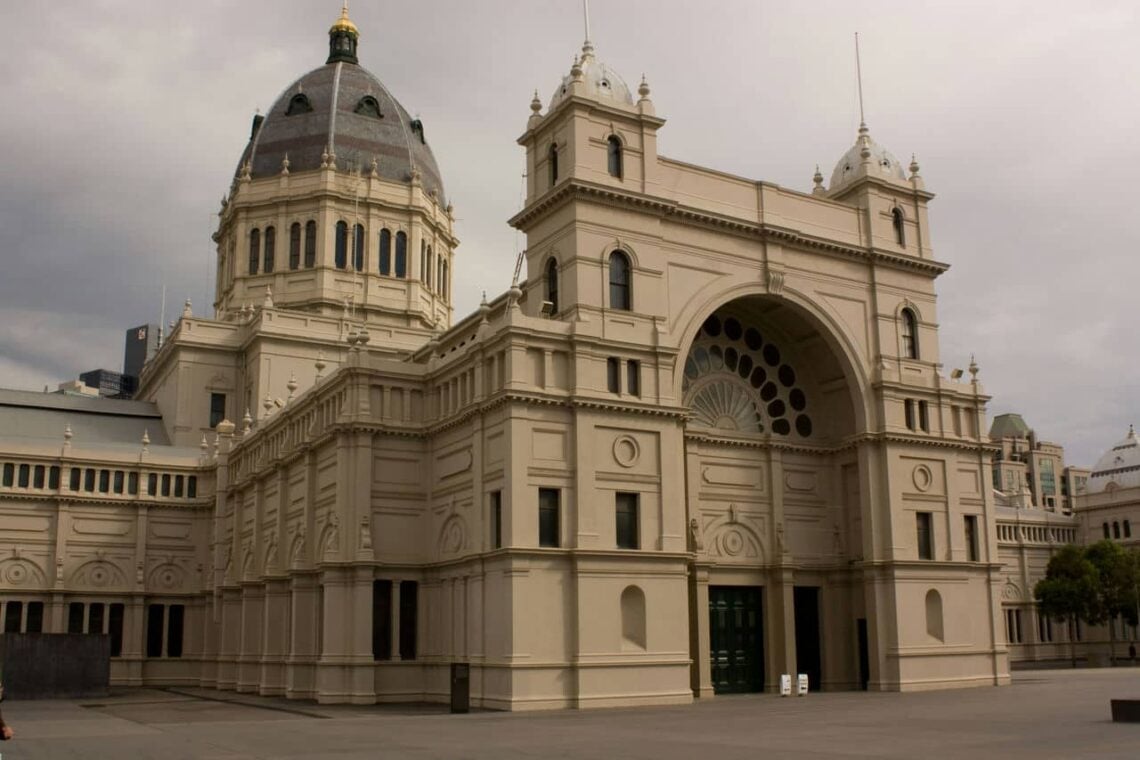
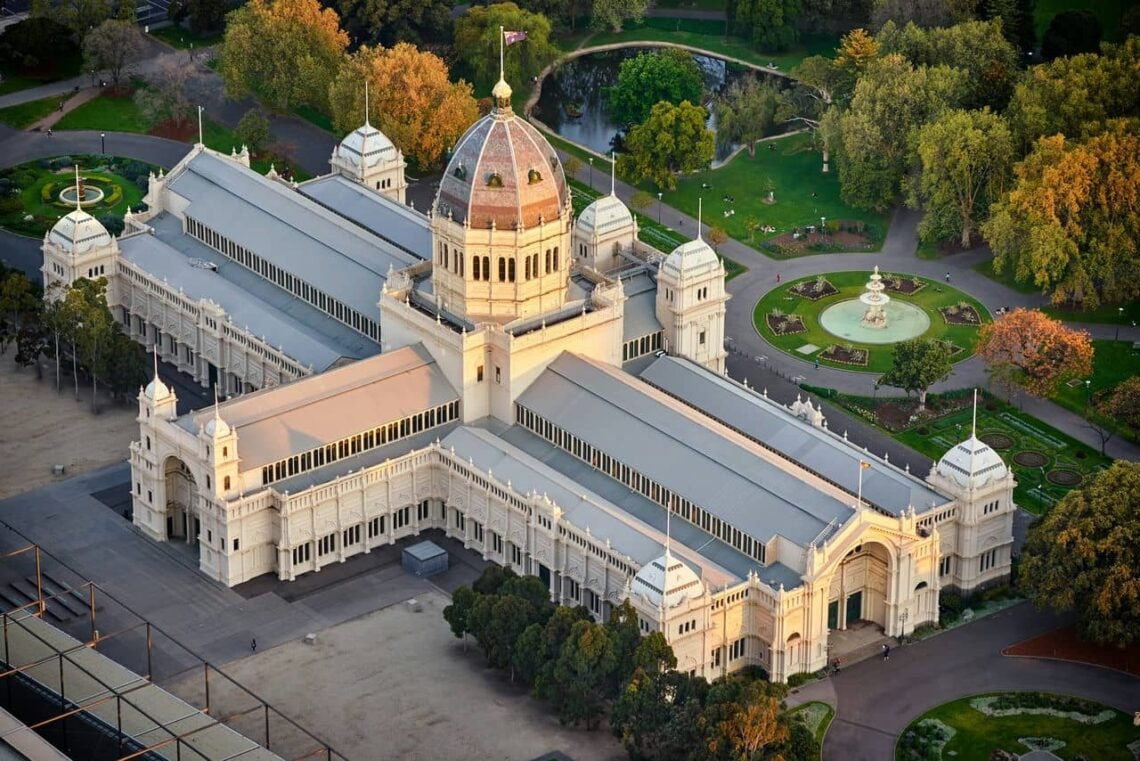
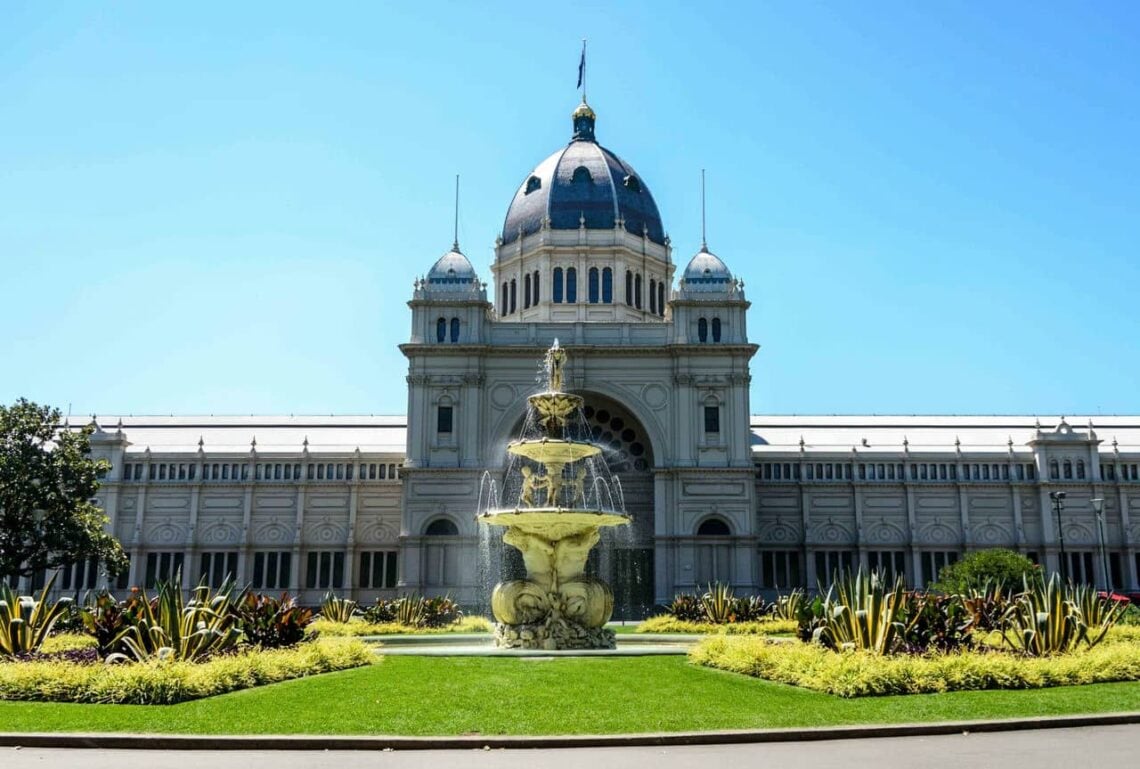
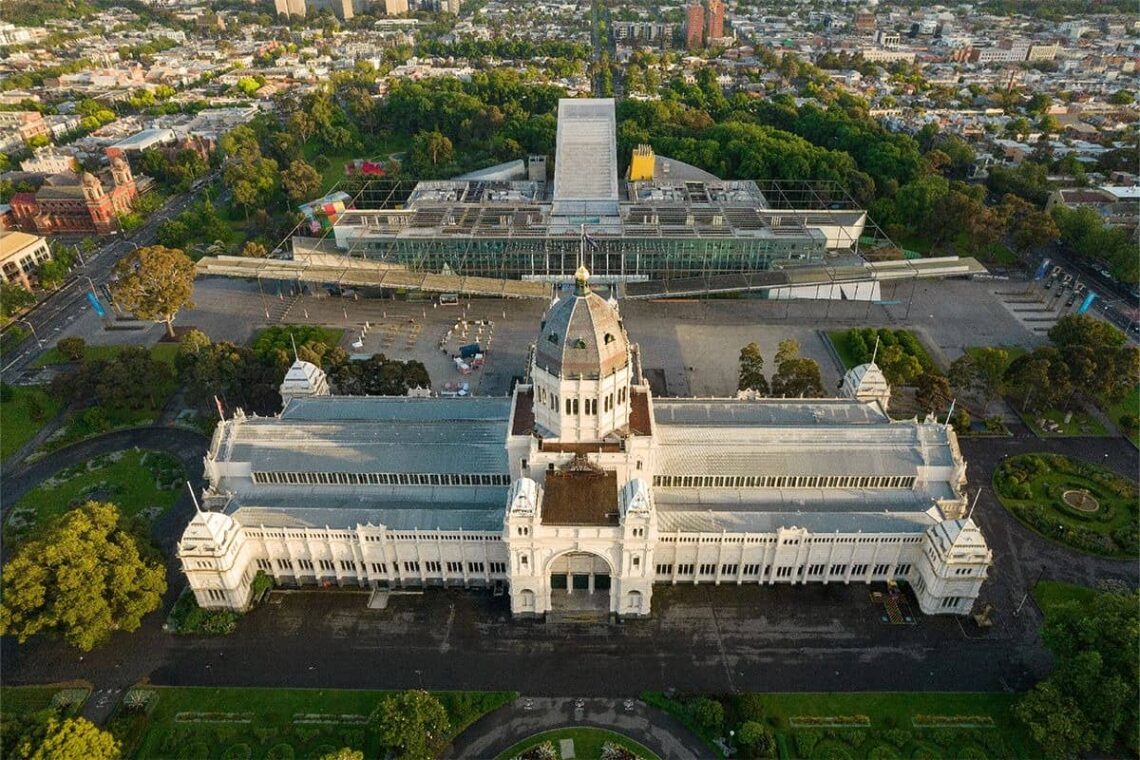
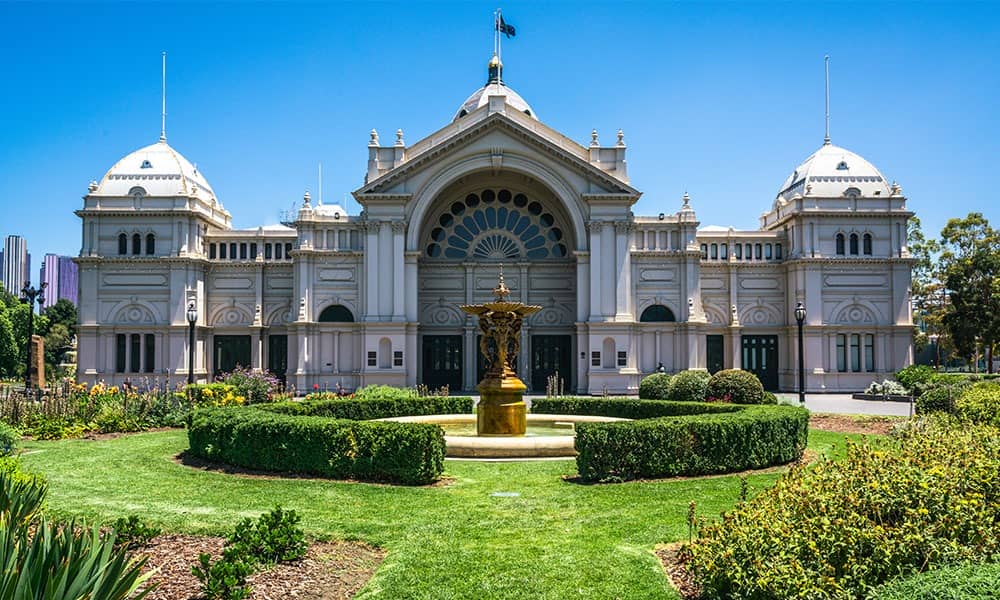
The Royal Exhibition Building has hosted many important events in Australian history, such as the Centennial International Exhibition in 1888, which celebrated 100 years of British settlement in Australia, and the opening of the first Parliament of Australia in 1901, which marked the federation of the Australian colonies. The building was also used as a hospital, a barracks, and a radio station during the World Wars. The Royal Exhibition Building is now a World Heritage Site, the first in Australia, and a National Heritage List site. It is managed by Museums Victoria, which organizes tours, exhibitions, and events in the building. The building is also a popular venue for weddings, concerts, and festivals. The building symbolizes Melbourne’s history, culture, and identity.
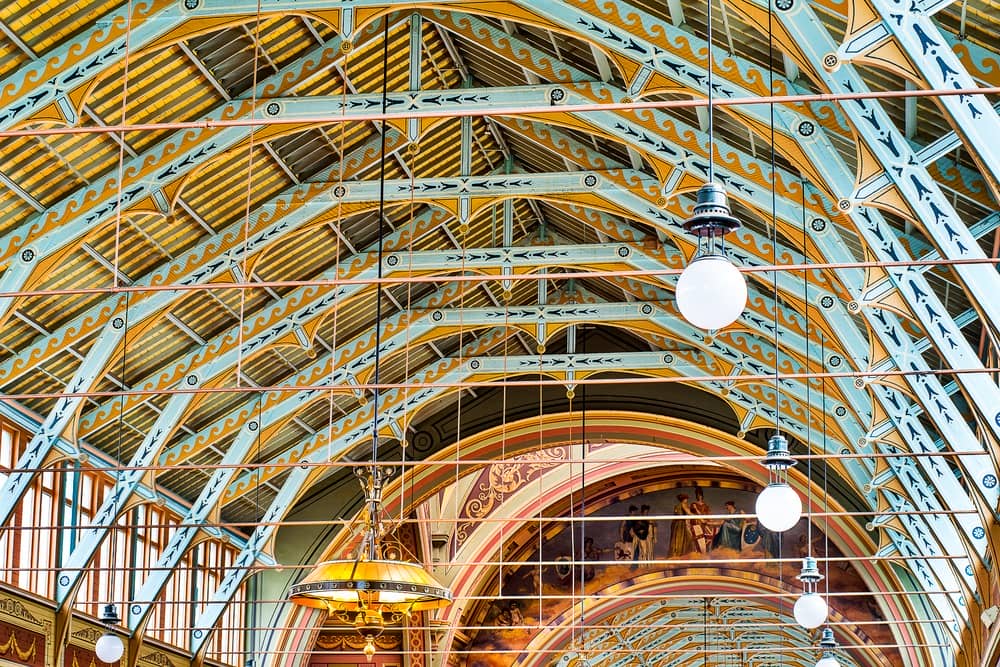
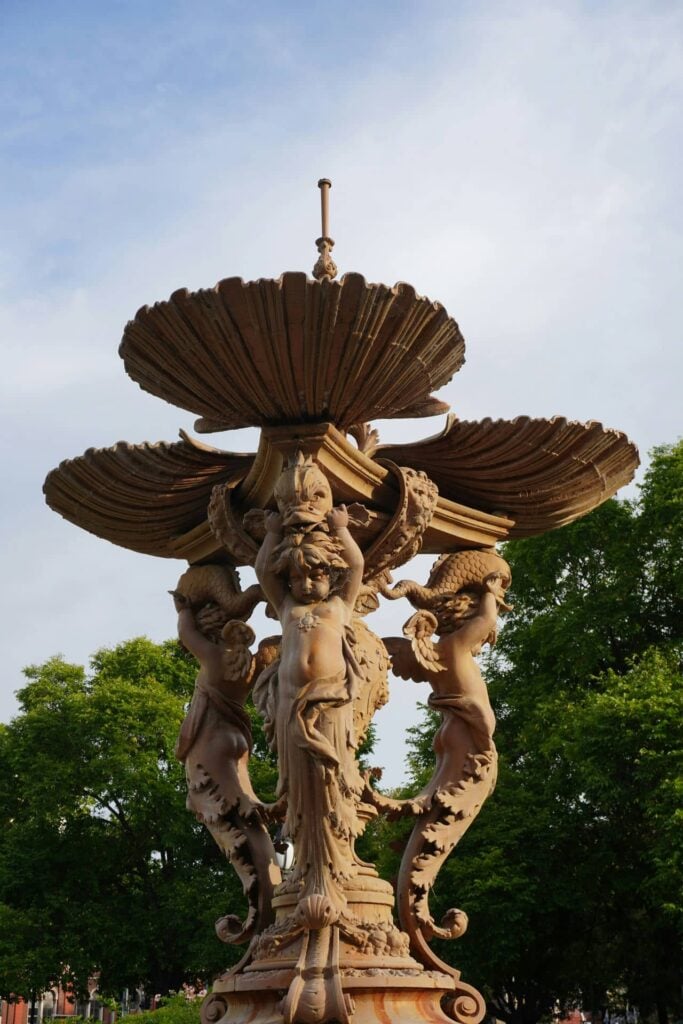
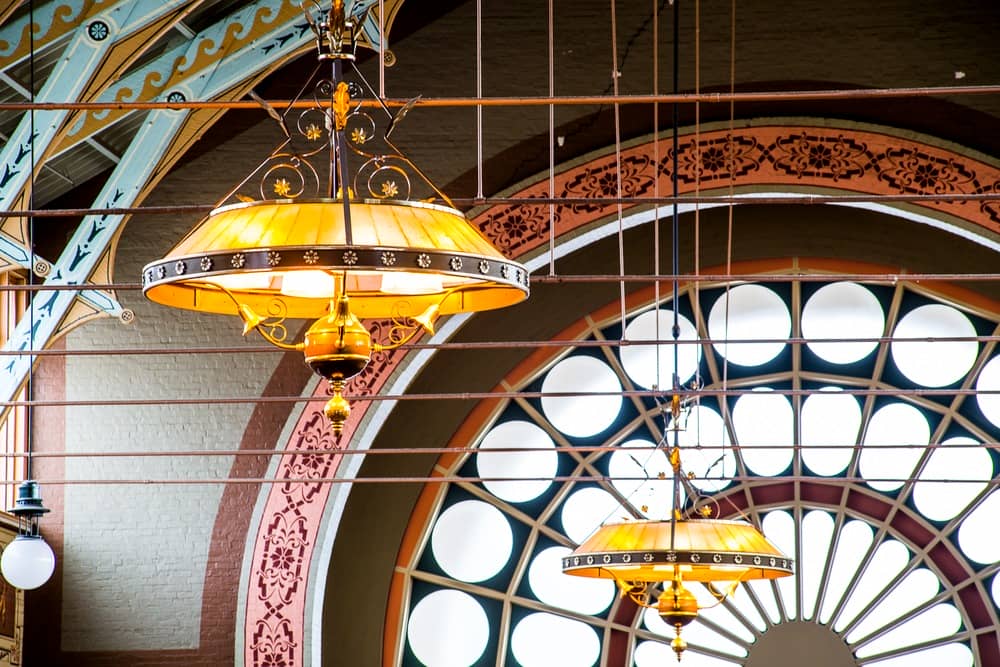
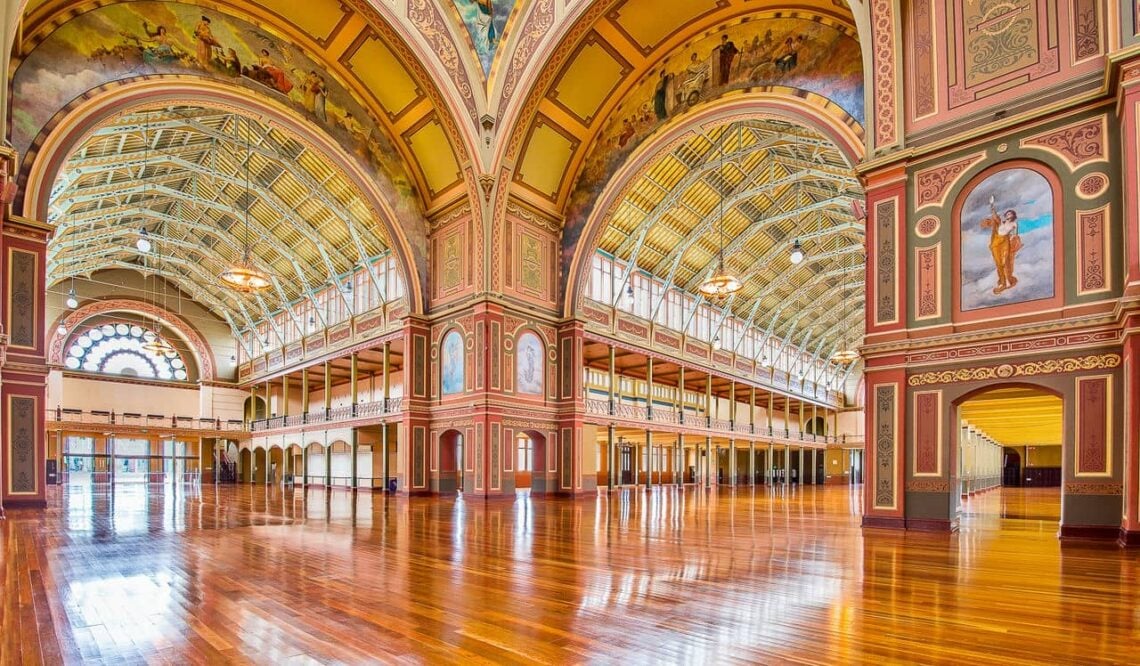
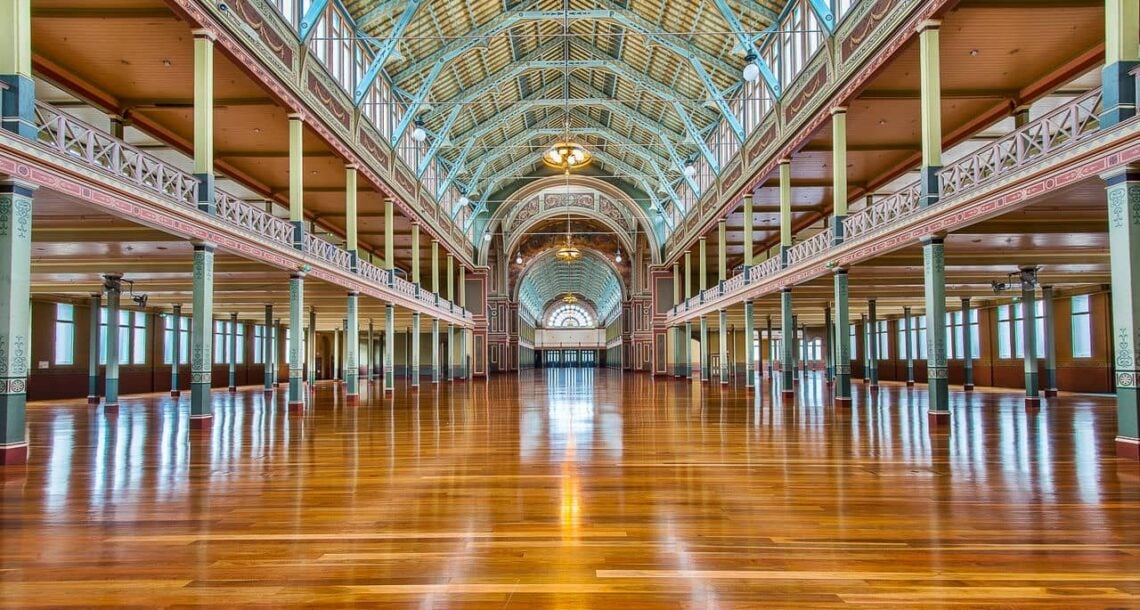
5. Budj Bim Cultural Landscape
The Budj Bim Cultural Landscape is a World Heritage Site in south-eastern Australia. It is the traditional country of the Gunditjmara Aboriginal people. It contains one of the world’s oldest and most extensive aquaculture systems. The Budj Bim Cultural Landscape is based on the Budj Bim lava flows, which connect the three components of the property. The Gunditjmara used the local volcanic rock to construct channels, weirs, and dams. They managed the waterways and wetlands to trap, store, and harvest Kooyang (short-finned eel) and other food resources.
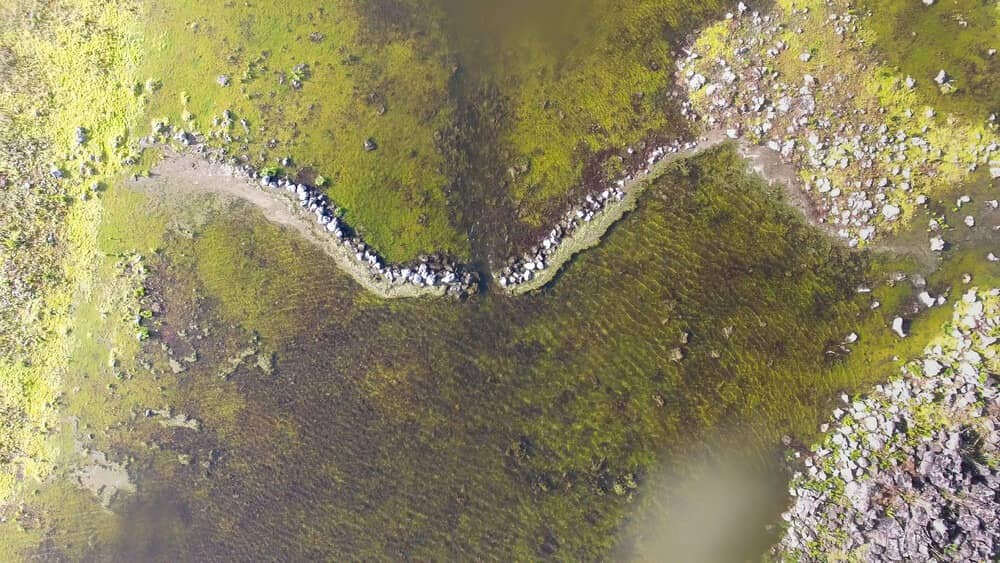
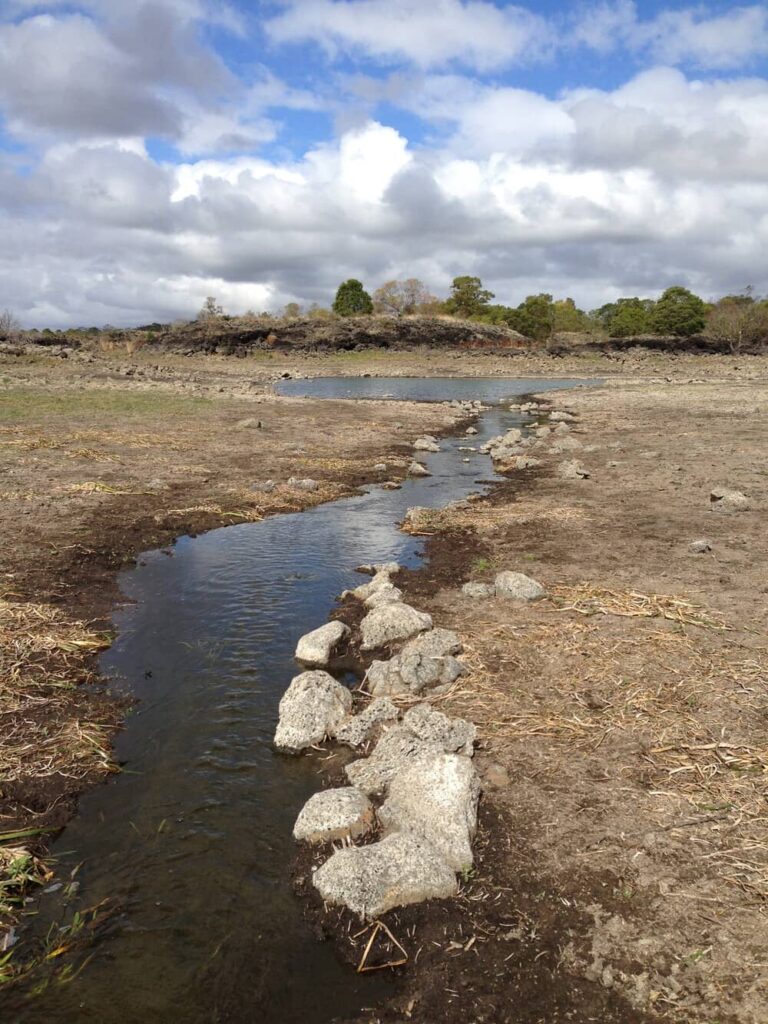
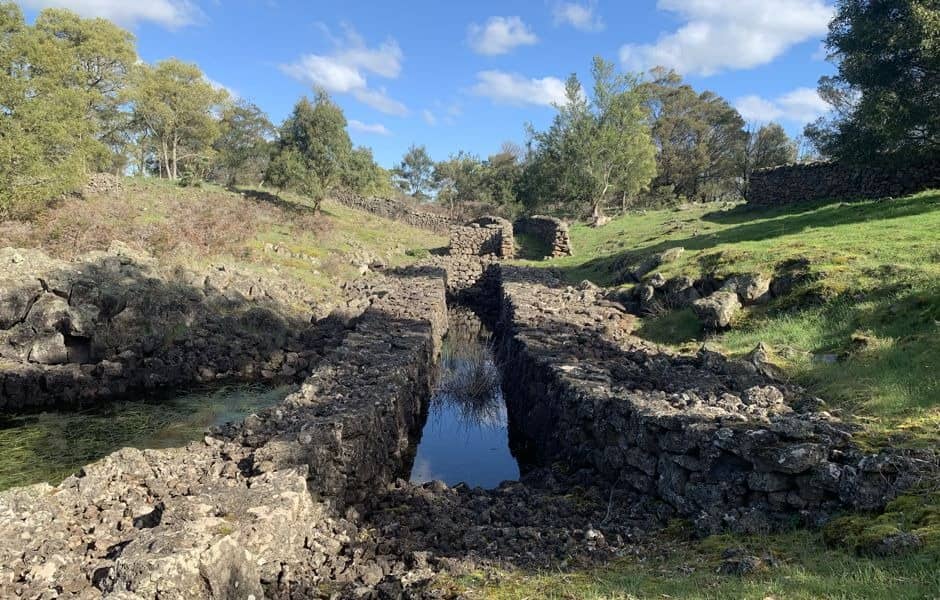
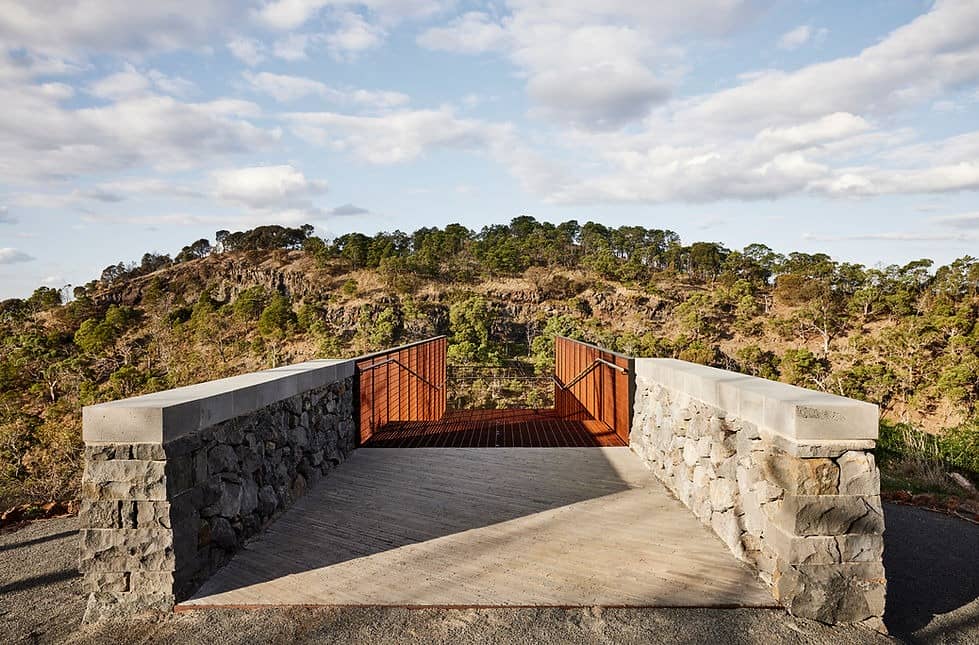
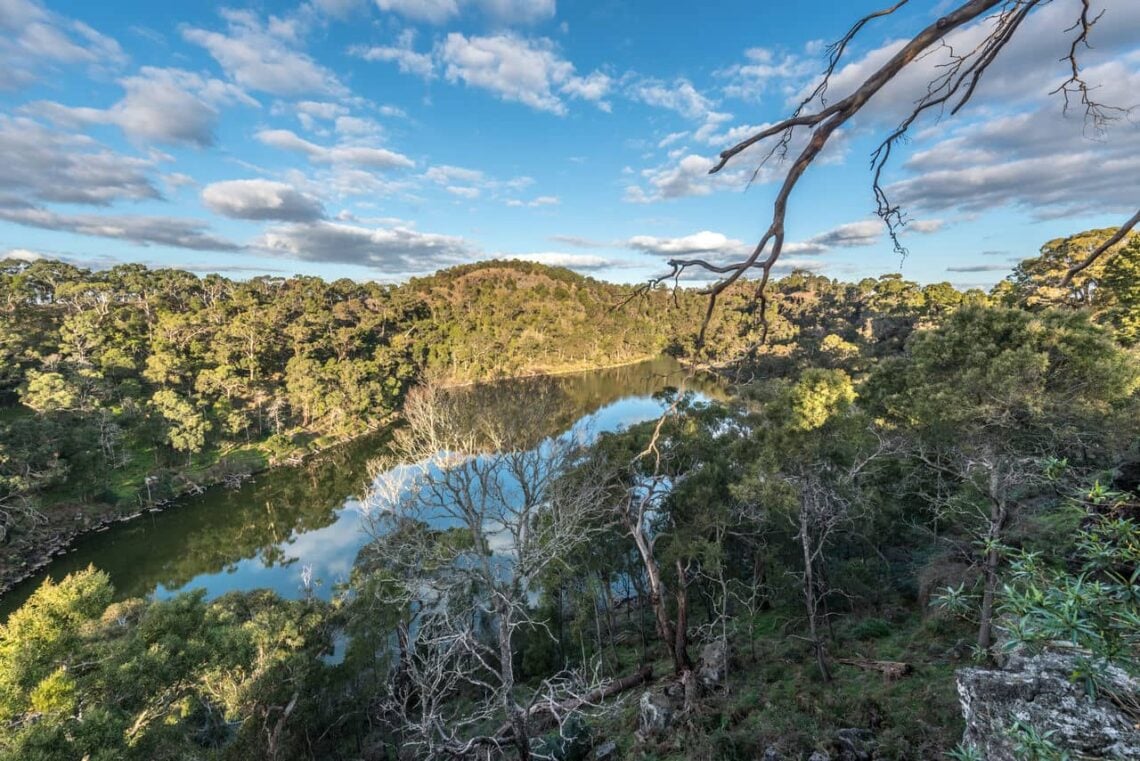
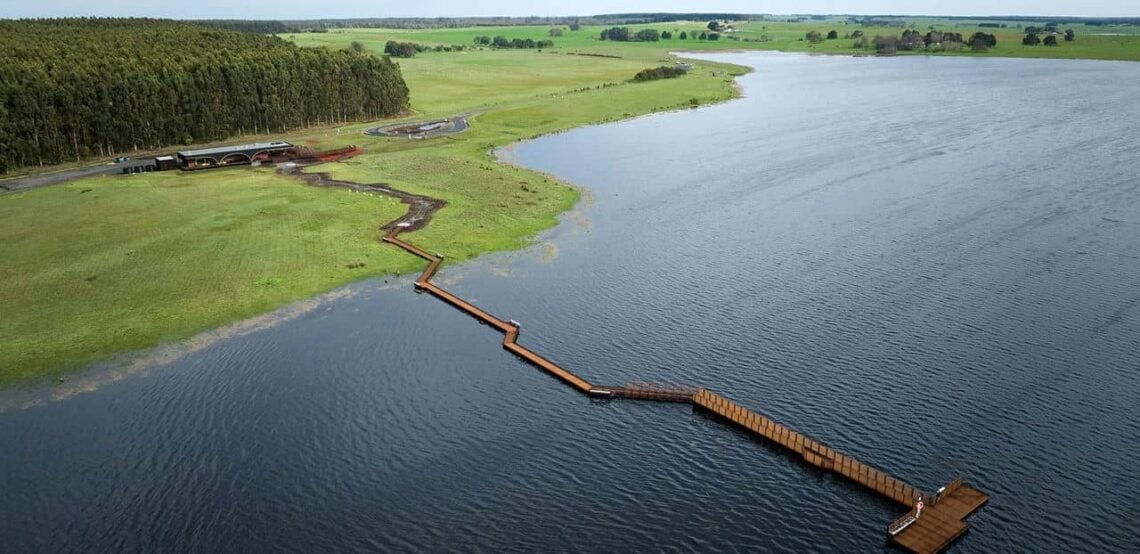
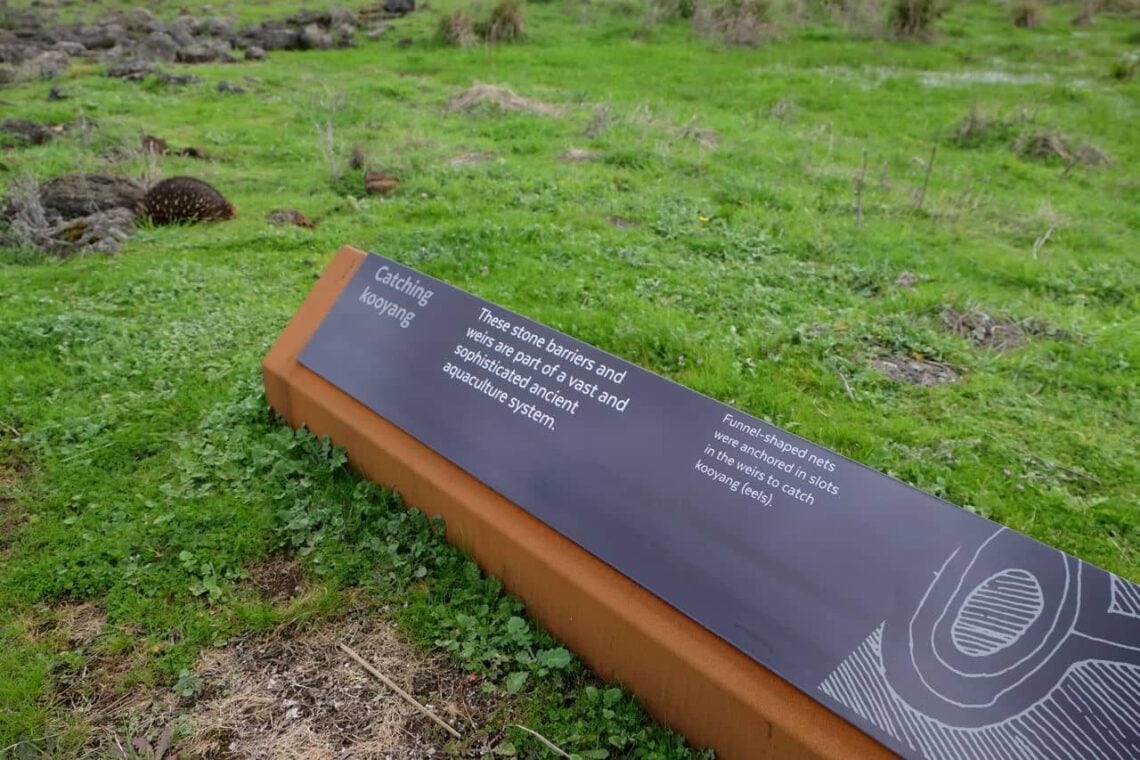
The Budj Bim Cultural Landscape provided a stable and sustainable economic and social base for the Gunditjmara for at least 6,600 years. The Gunditjmara have a deep time story that narrates their creation and connection to the land. Their cultural knowledge, practices, and material culture are retained and transmitted today. Visitors can explore the unique landscapes and learn about the ancient traditions of the Gunditjmara at the Tae Rak Aquaculture Centre. They can also enjoy other experiences such as hiking, camping, fishing, and watching wildlife in the Budj Bim National Park.

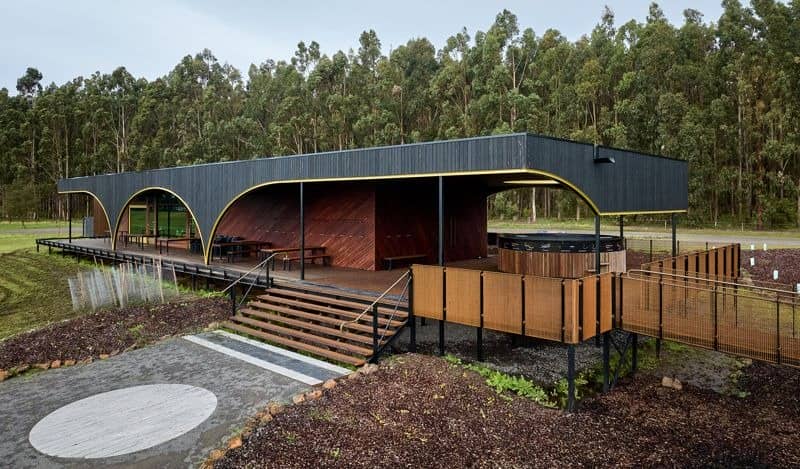
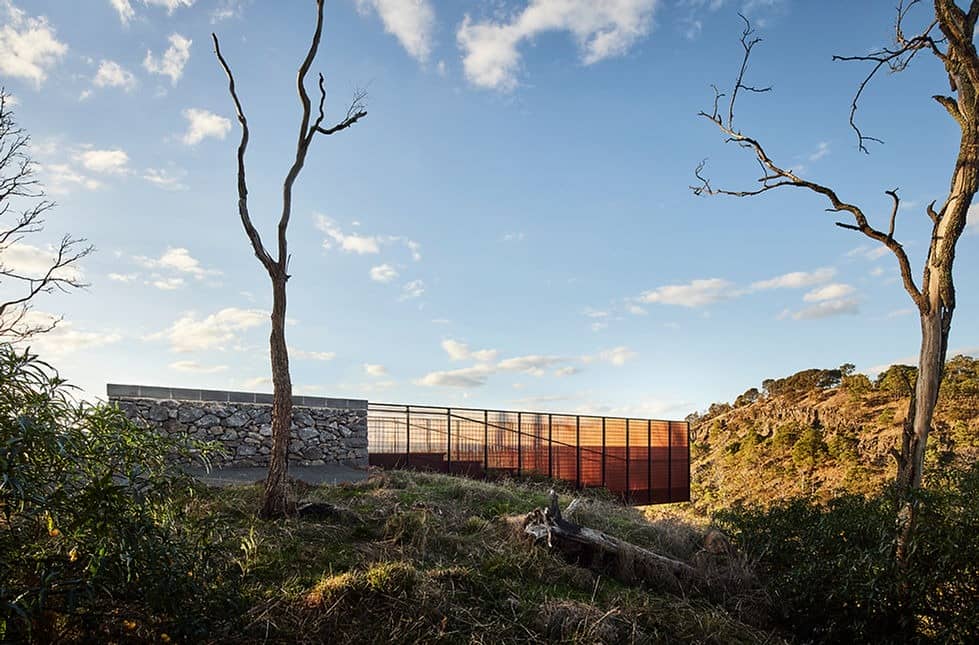
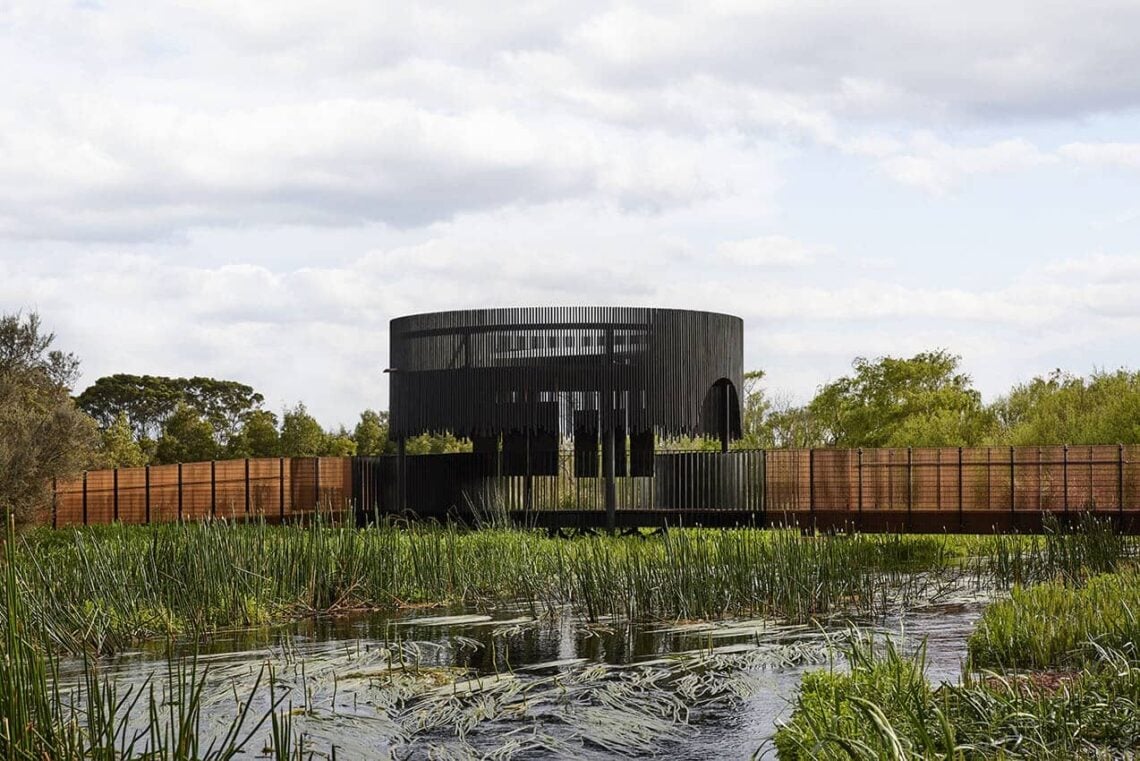
6. Sydney Harbour Bridge
The Sydney Harbour Bridge is a famous landmark in Australia. It is a steel arch bridge that crosses Sydney Harbour, connecting the city center to the northern suburbs. The bridge is one of the largest and most impressive in the world. After many years of planning and proposals, the Sydney Harbour Bridge was built between 1923 and 1932. It took 1400 workers and 53,000 tonnes of steel to complete the project. The bridge was officially opened on March 19, 1932, by the Premier of New South Wales, Jack Lang.
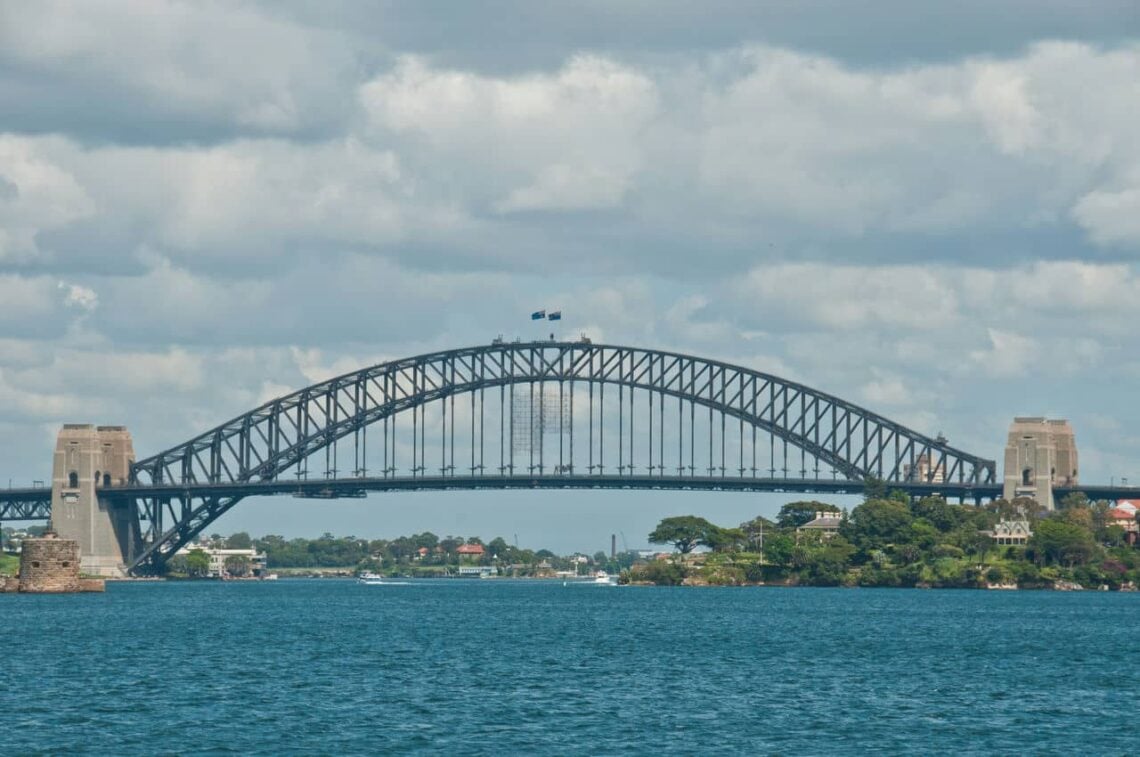
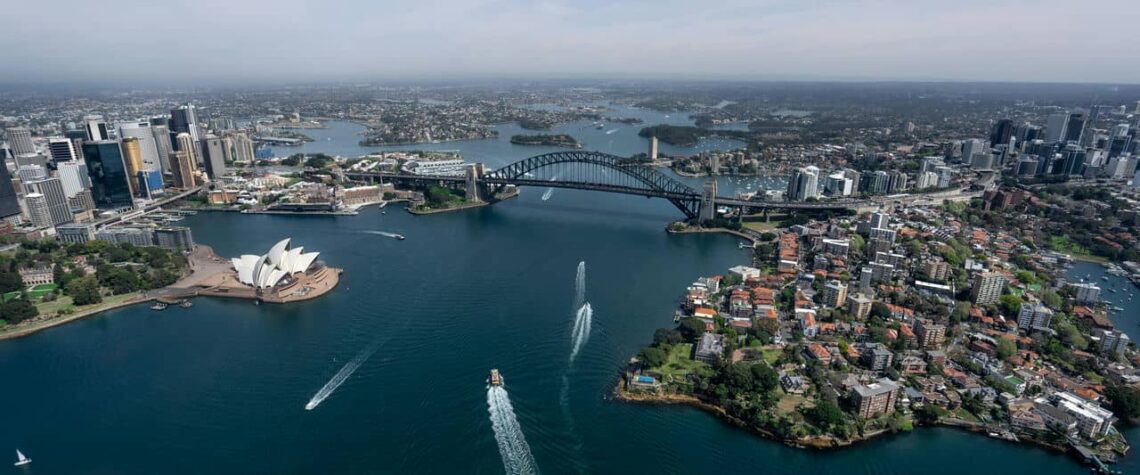
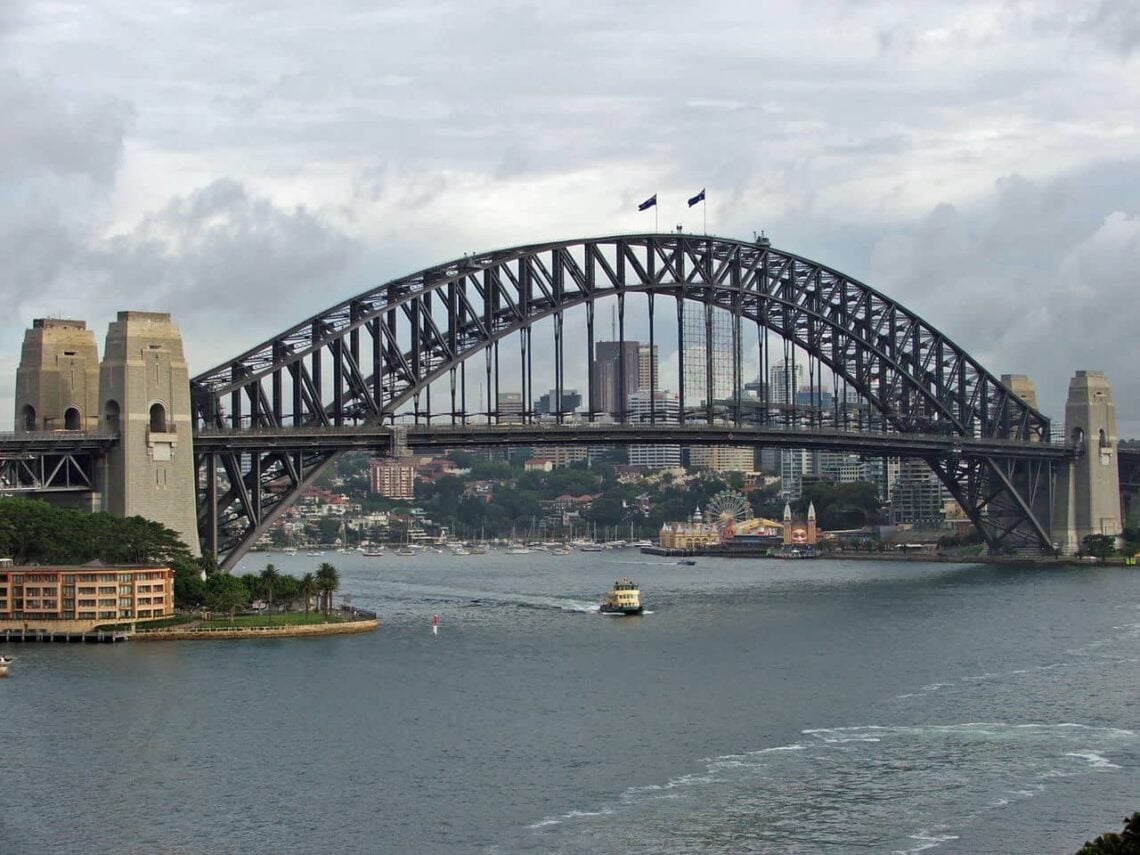
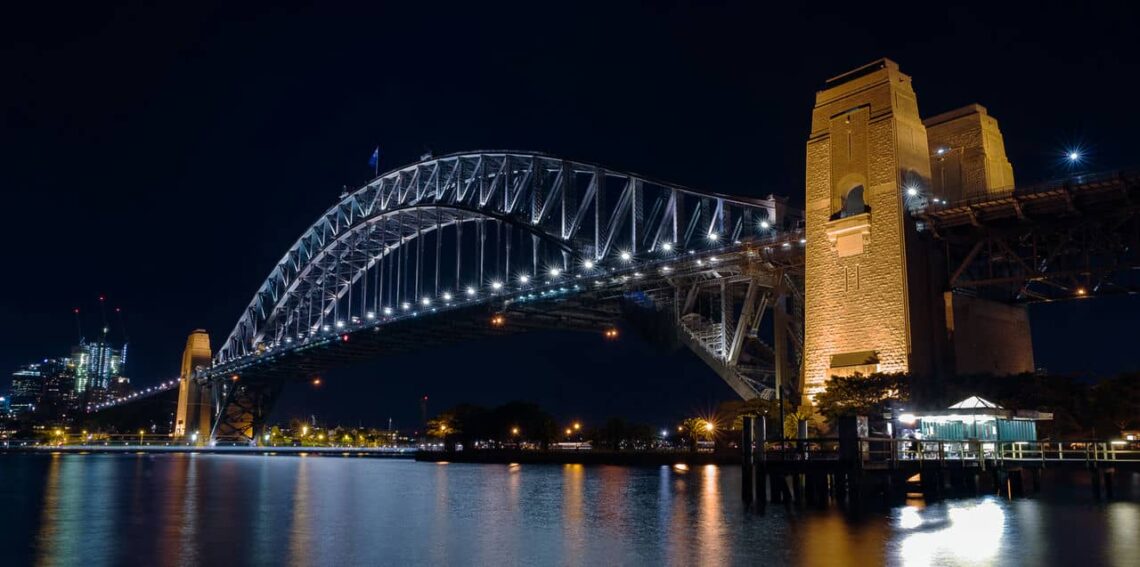
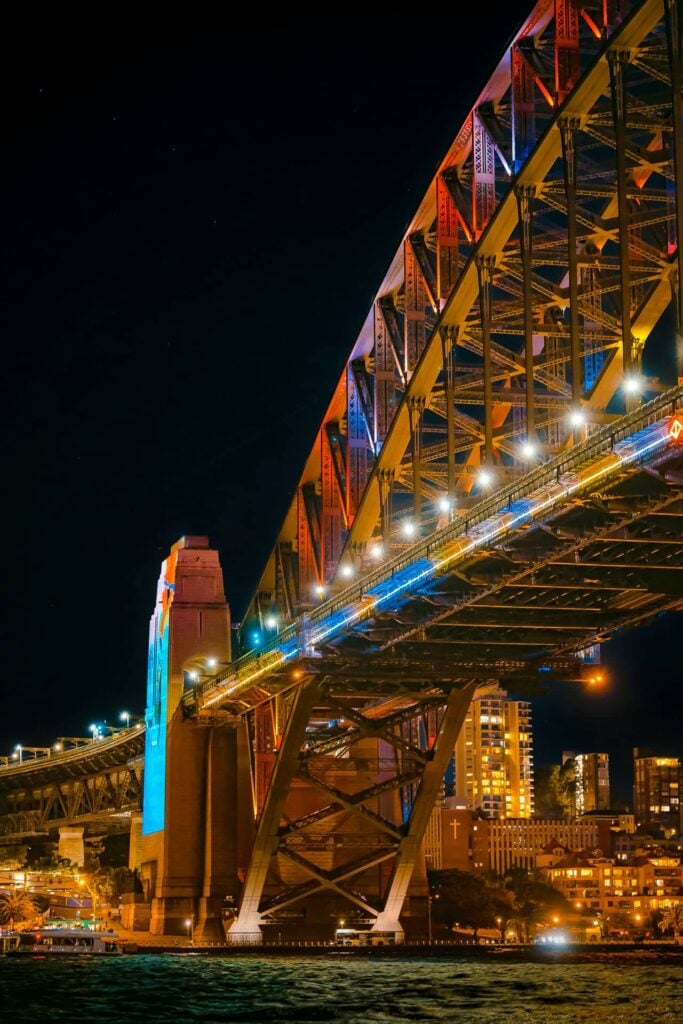
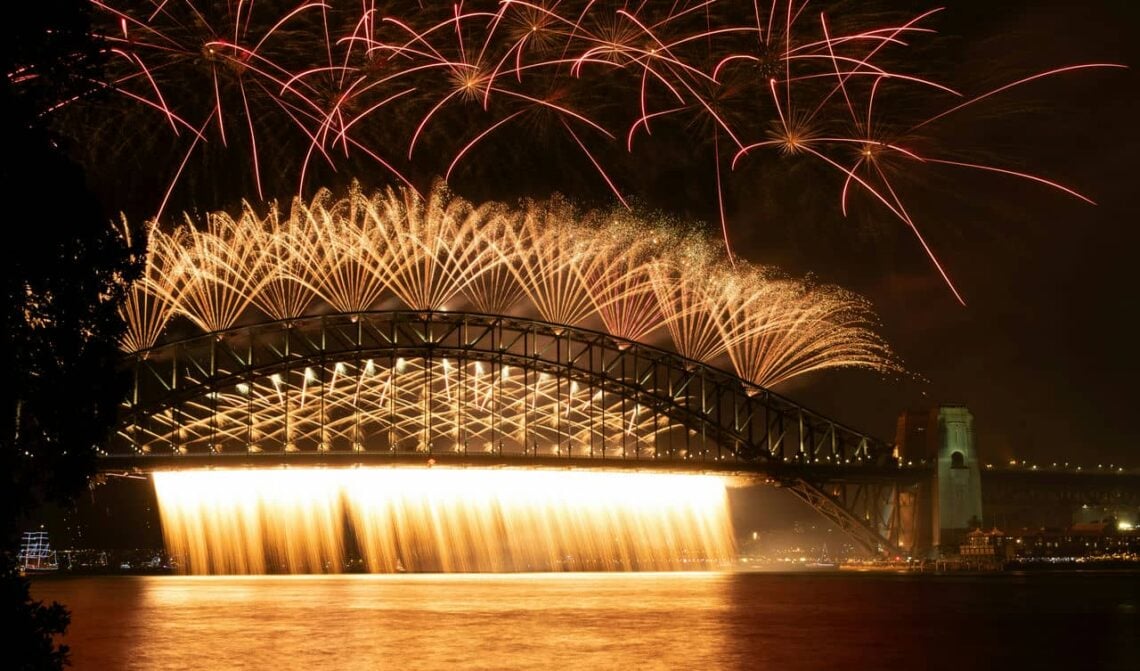
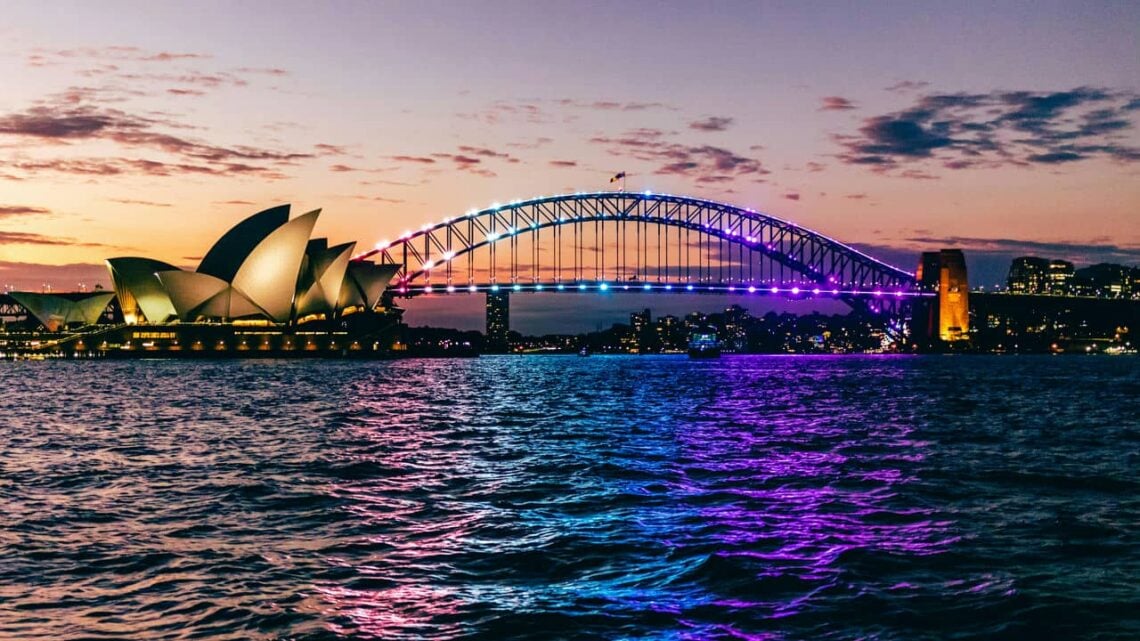
The Sydney Harbour Bridge carries various types of traffic, including cars, trains, buses, pedestrians, and cyclists. It has eight lanes of road, two railway tracks, a footpath, and a cycleway. The bridge also has four granite-faced pylons at each end, which serve as anchors and decorative features. The Sydney Harbour Bridge is a popular tourist attraction, offering spectacular views of the harbor and the nearby Sydney Opera House. Visitors can also climb the bridge arch or visit the southeast pylon, which has a museum and an observation deck. The bridge is also used for celebrations and protests, such as fireworks, concerts, and rallies.
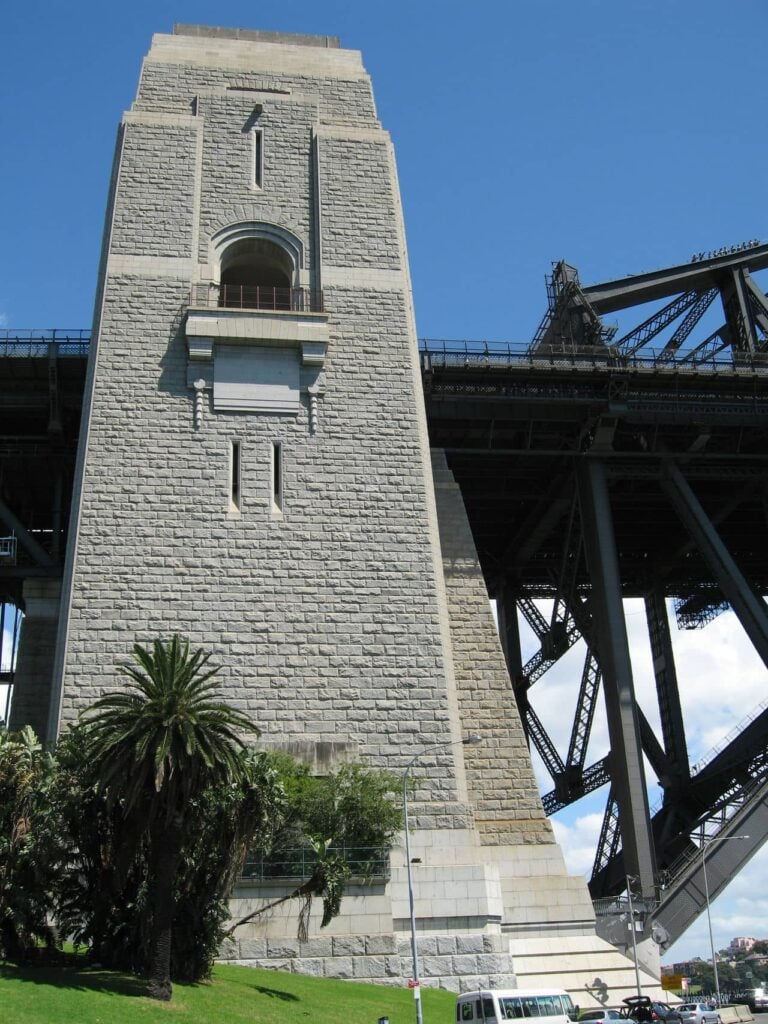
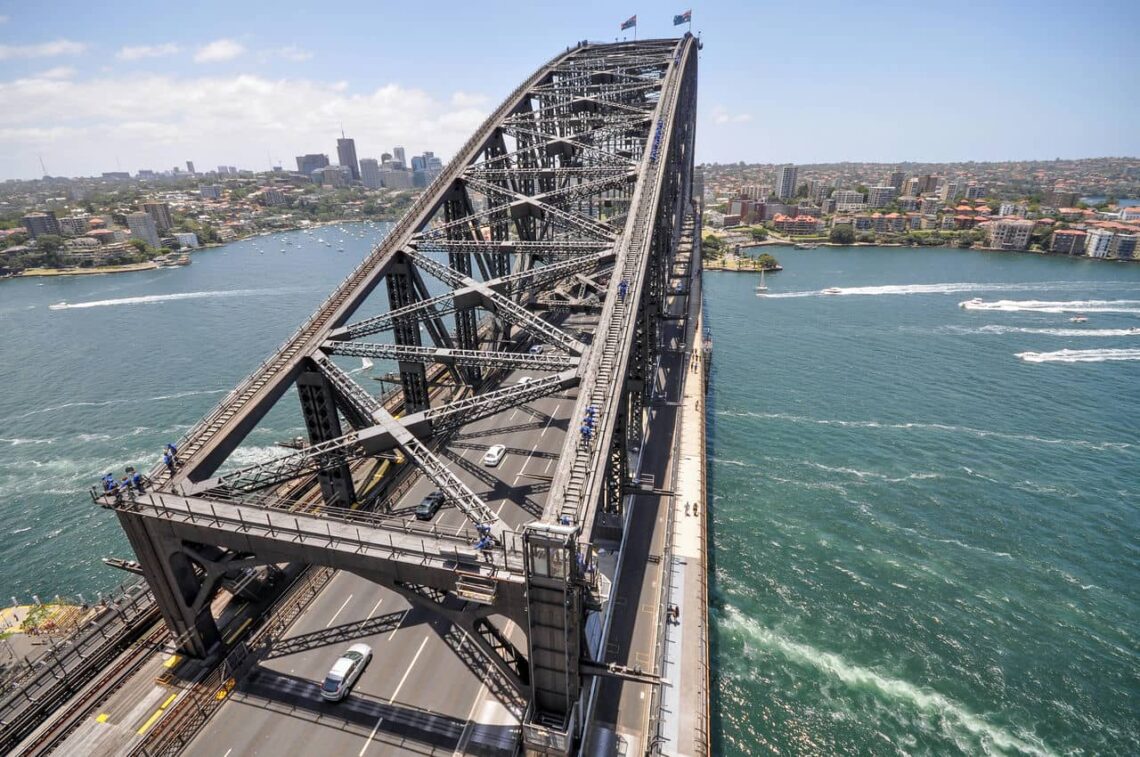

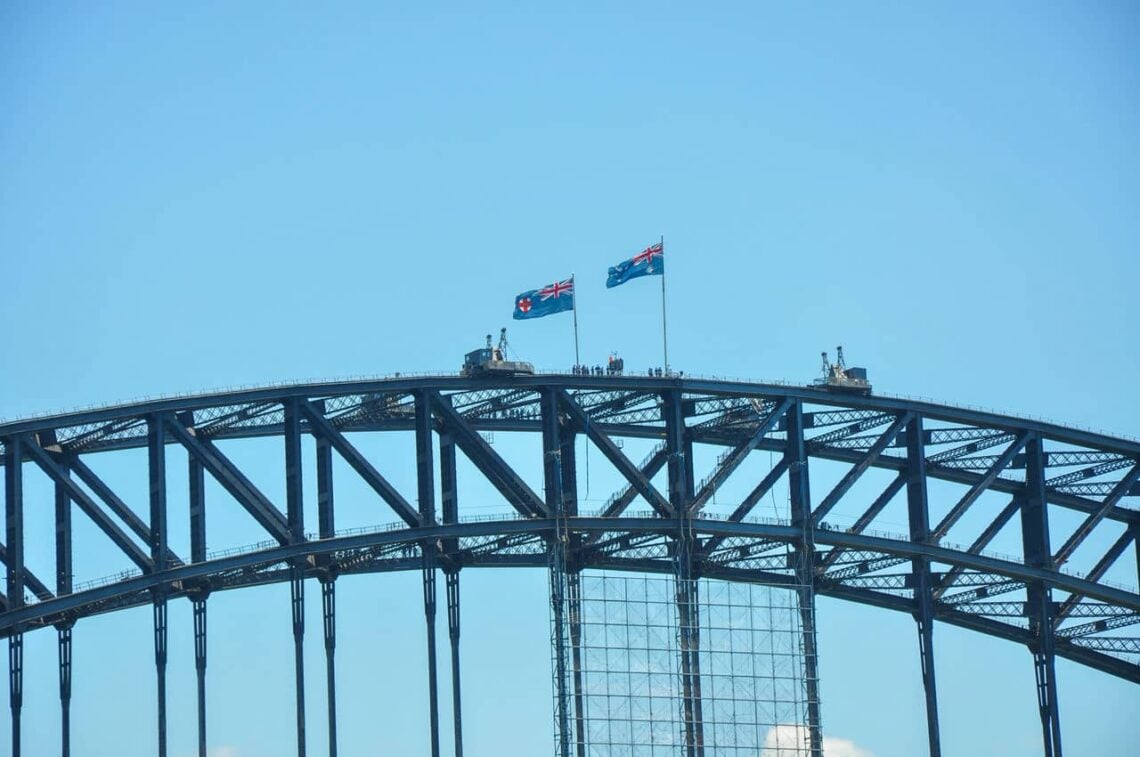
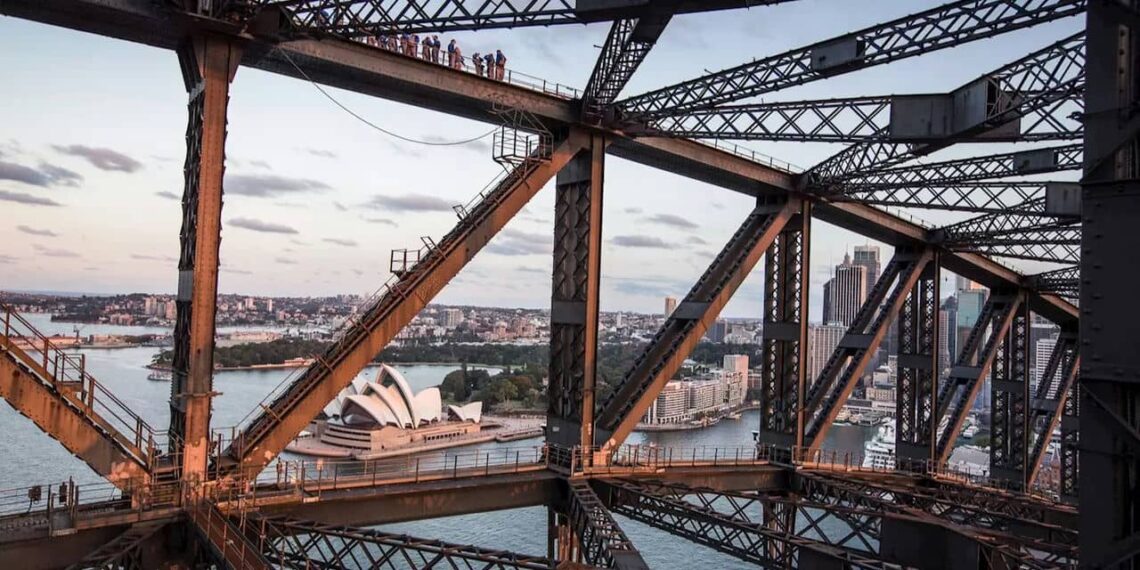
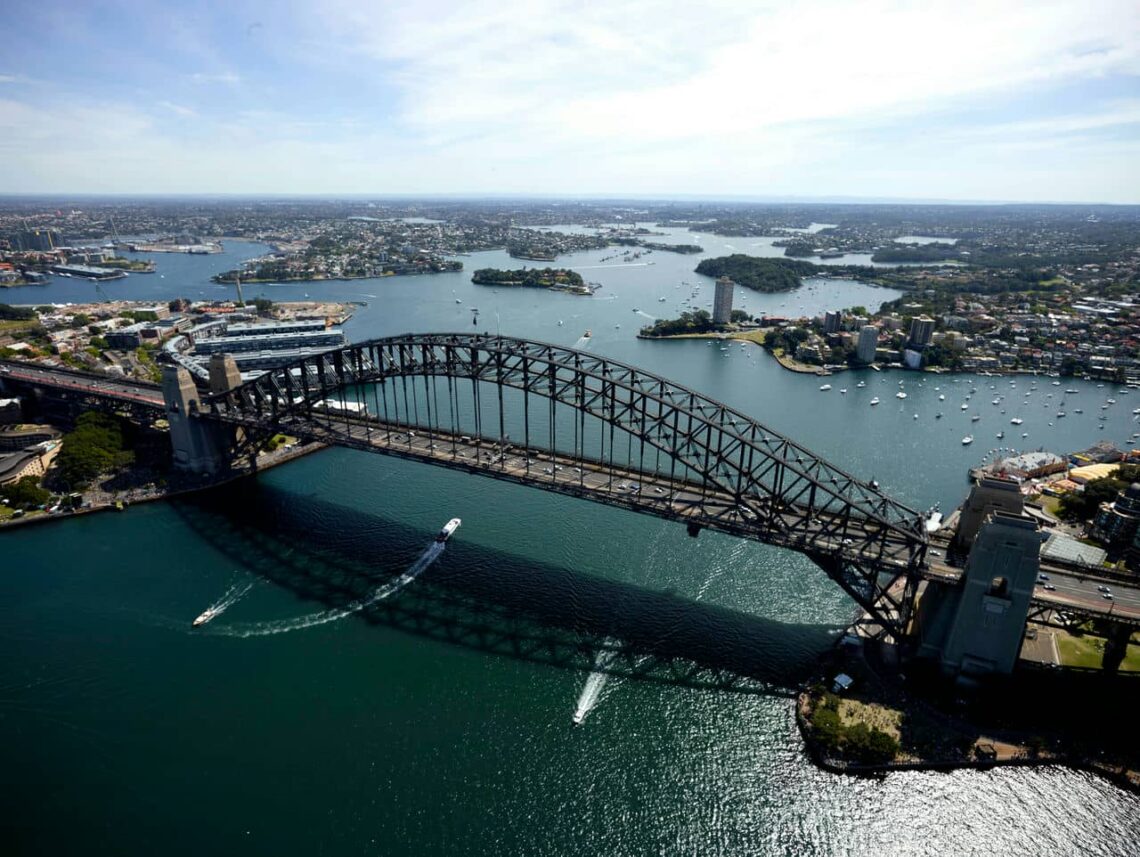
7. Federation Square
Federation Square is a public space for arts, culture, and events in Melbourne, the capital city of Victoria, Australia. It covers an area of 7.9 acres (3.2 hectares) at the corner of Flinders and Swanston Streets, opposite the Flinders Street railway station. It opened on October 26, 2002, after a design competition and a controversial construction process. It is one of the most visited places in Melbourne, attracting about 9.7 million visitors per year. Federation Square has a distinctive design that features angular buildings, shards, laneways, atriums, and plazas. The buildings are clad with sandstone, zinc, and glass, contrasting with the surrounding historic architecture. The square also incorporates a labyrinth, a cooling system that uses water from the Yarra River, and a network of flagpoles representing Australia’s diversity. The square is culturally significant to the First Peoples, who call the land around the river Birrarung. Federation Square hosts a variety of facilities and tenants that showcase Melbourne’s creative and cultural aspects. Some of the major attractions include the Australian Centre for the Moving Image (ACMI), the National Gallery of Victoria (NGV) Australia, the Koorie Heritage Trust, and the Melbourne Visitor Centre. The square also has several restaurants, bars, and cafes that cater to different tastes and budgets.
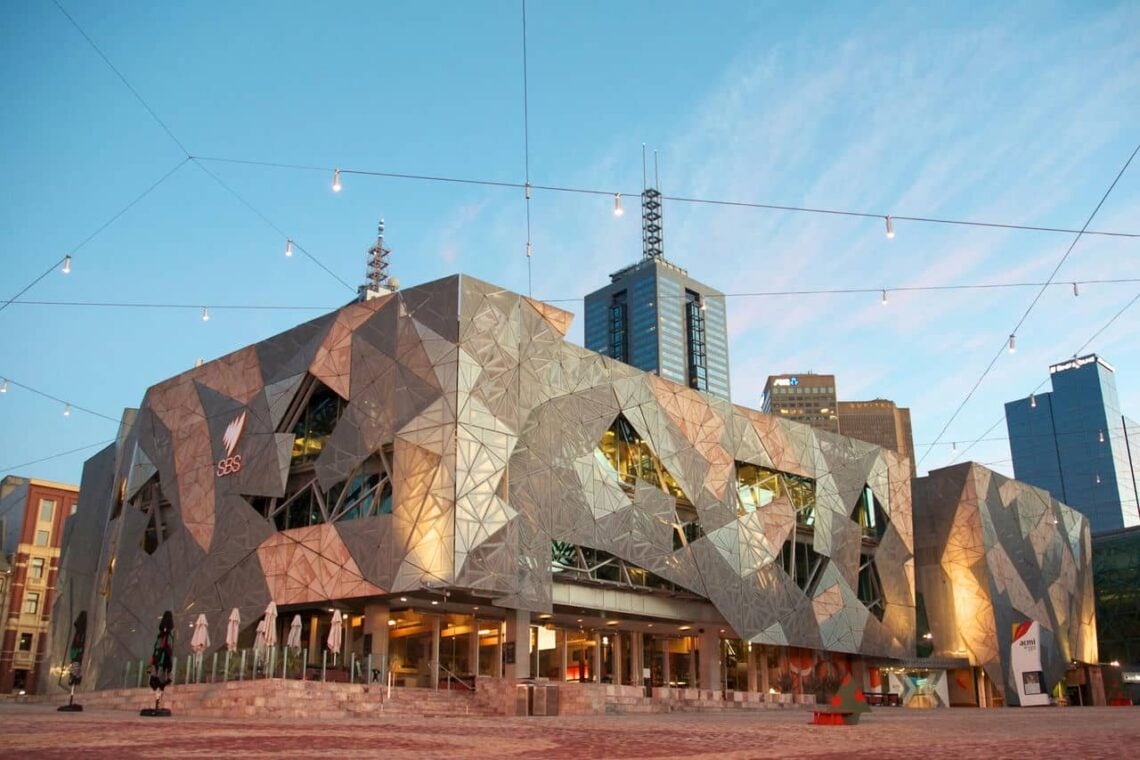
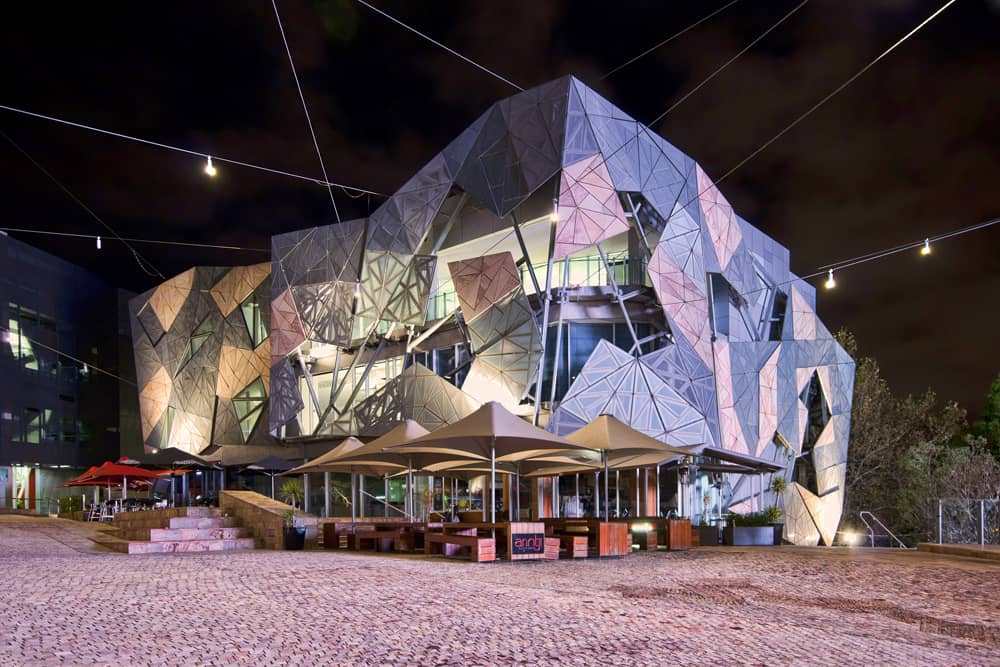
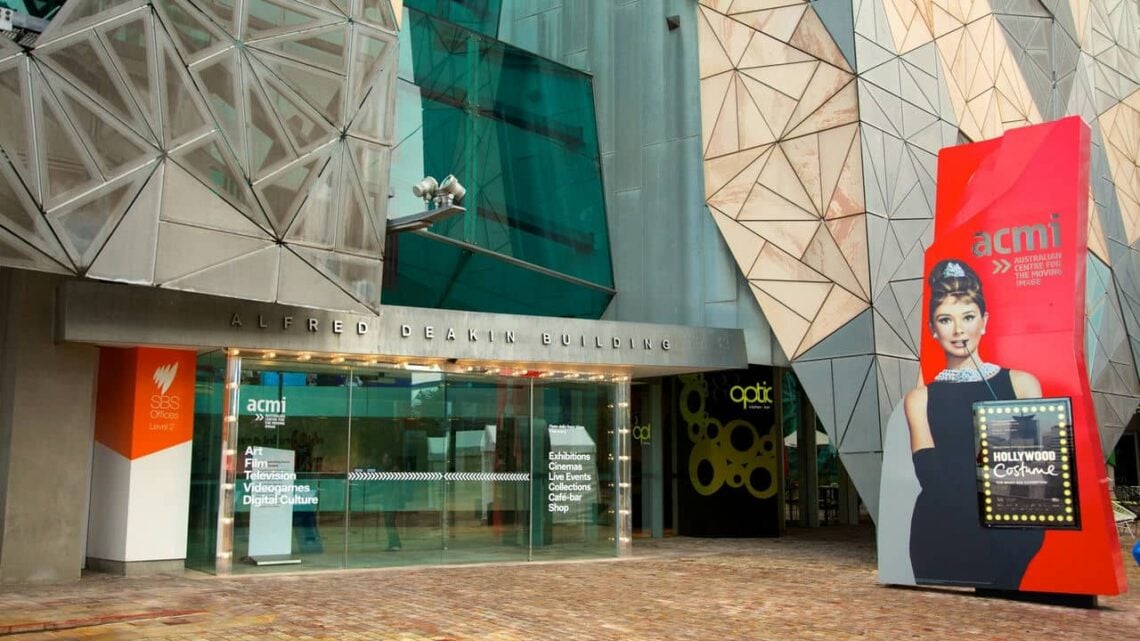
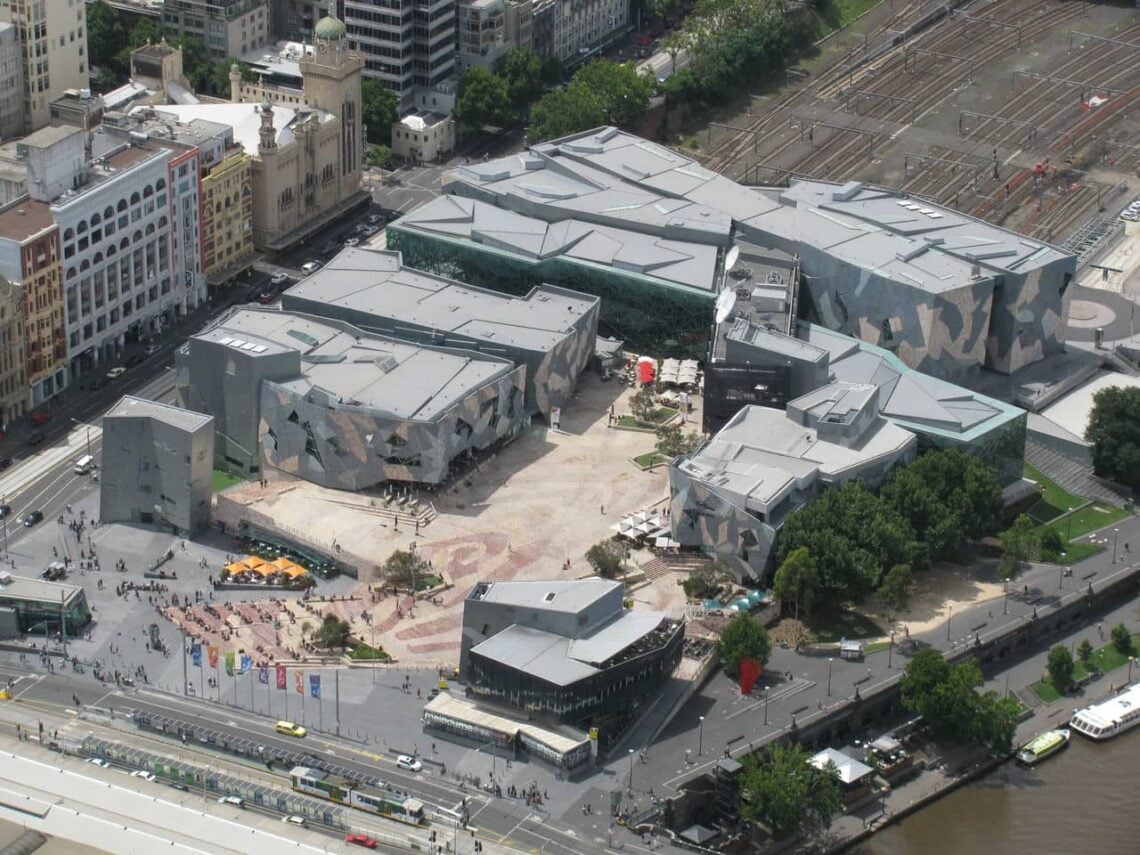
Federation Square is a popular venue for events and festivals celebrating the arts, sports, music, community, and more. Some regular events include the Melbourne Festival, the Melbourne Writers Festival, the Melbourne International Film Festival, the Melbourne Comedy Festival, and the Australian Open tennis tournament. The square also features a giant screen that broadcasts live events, films, and interactive programs. Federation Square has received mixed reactions from the public and critics since its inception. Some people have praised it for its bold and innovative design, its contribution to the urban fabric of Melbourne, and its role as a meeting place and a cultural hub. Others have criticized it for its cost, appearance, functionality, and impact on the heritage and environment of the city. Federation Square has won several awards for its architecture and urban design, such as the Victorian Architecture Medal, the Walter Burley Griffin Award, the Marion Mahony Award, and the Melbourne Prize. It has also been recognized as a state heritage place by the Victorian Heritage Register in 2019. The square constantly evolves and expands, with new projects and developments planned or underway.
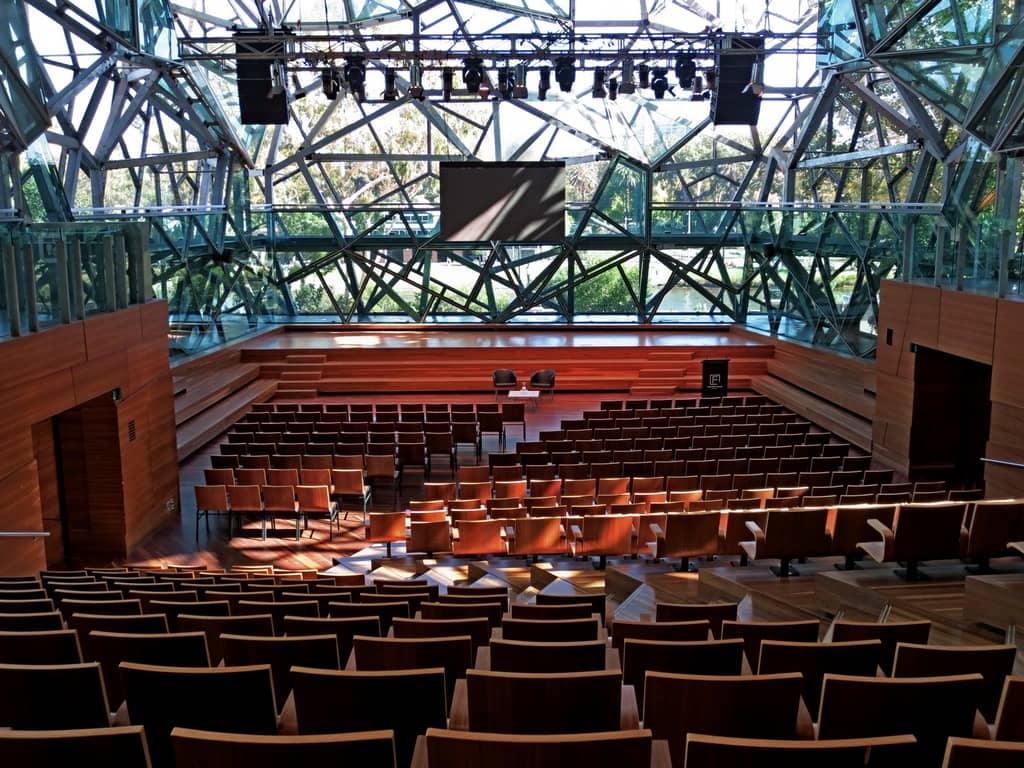
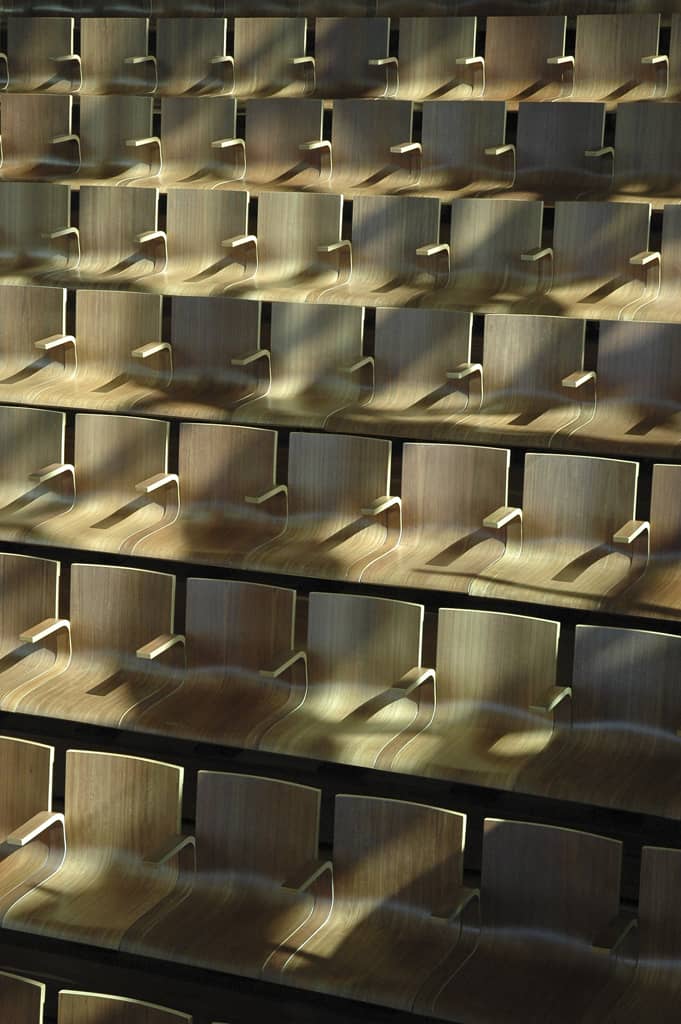
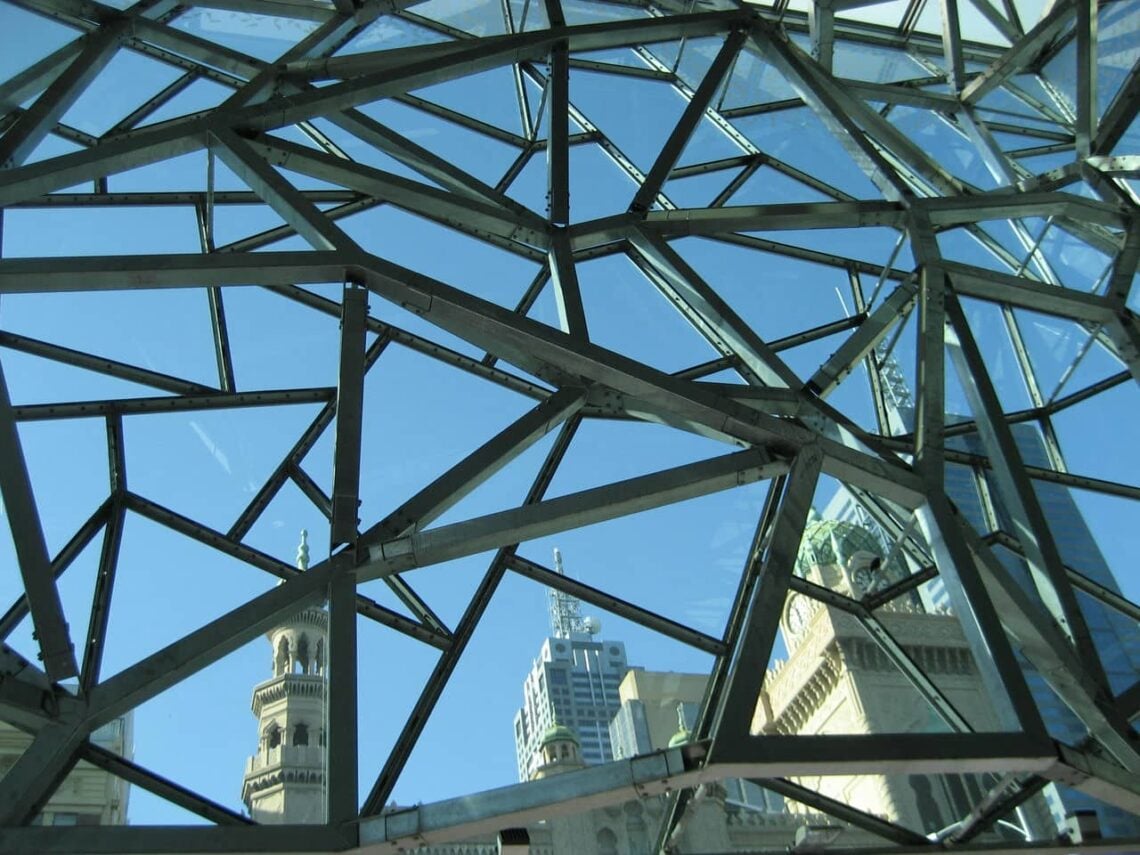
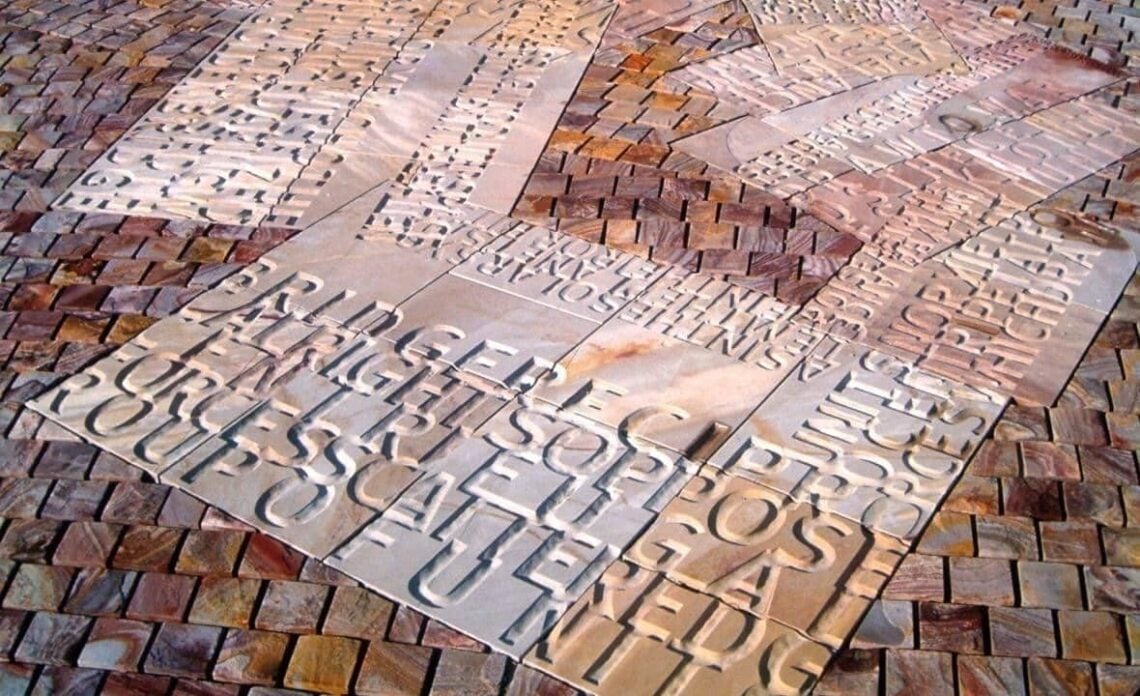
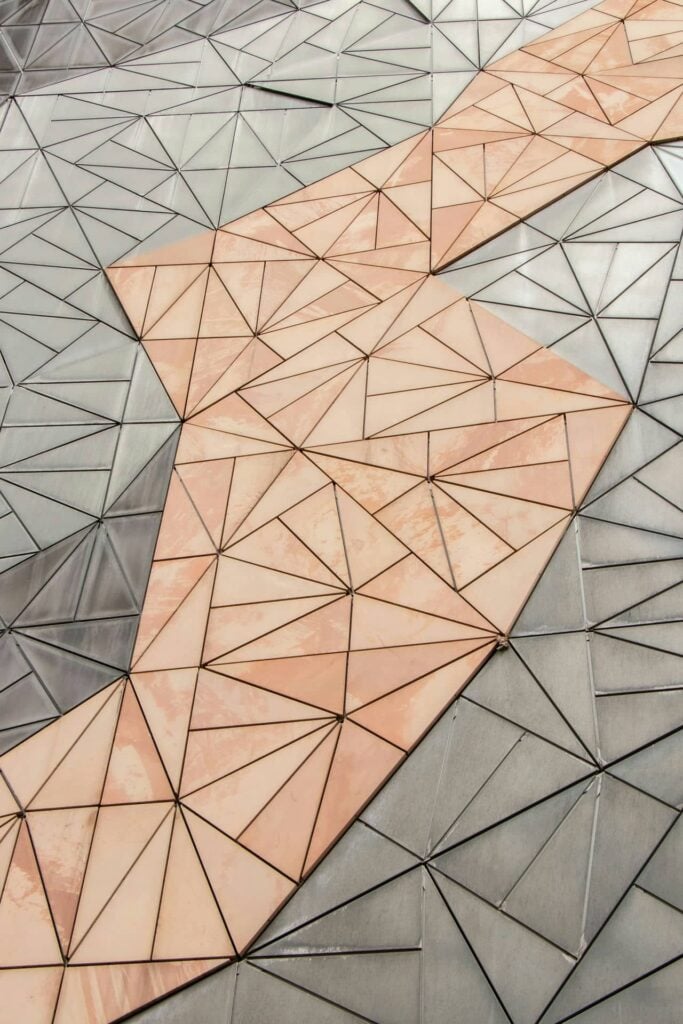
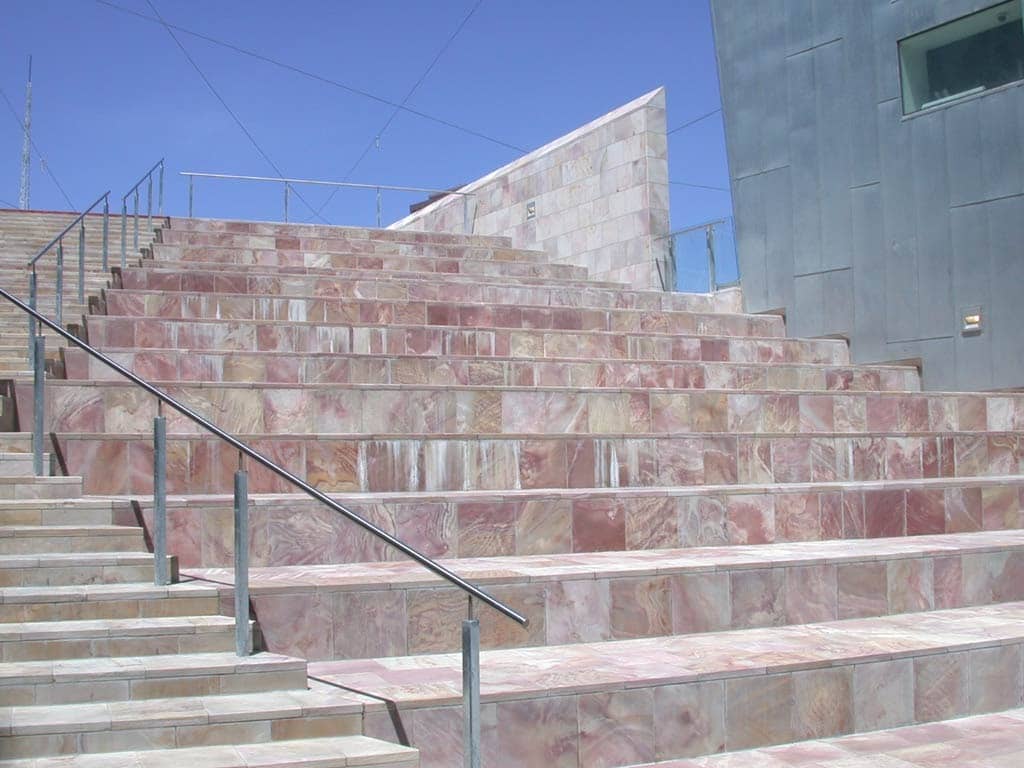
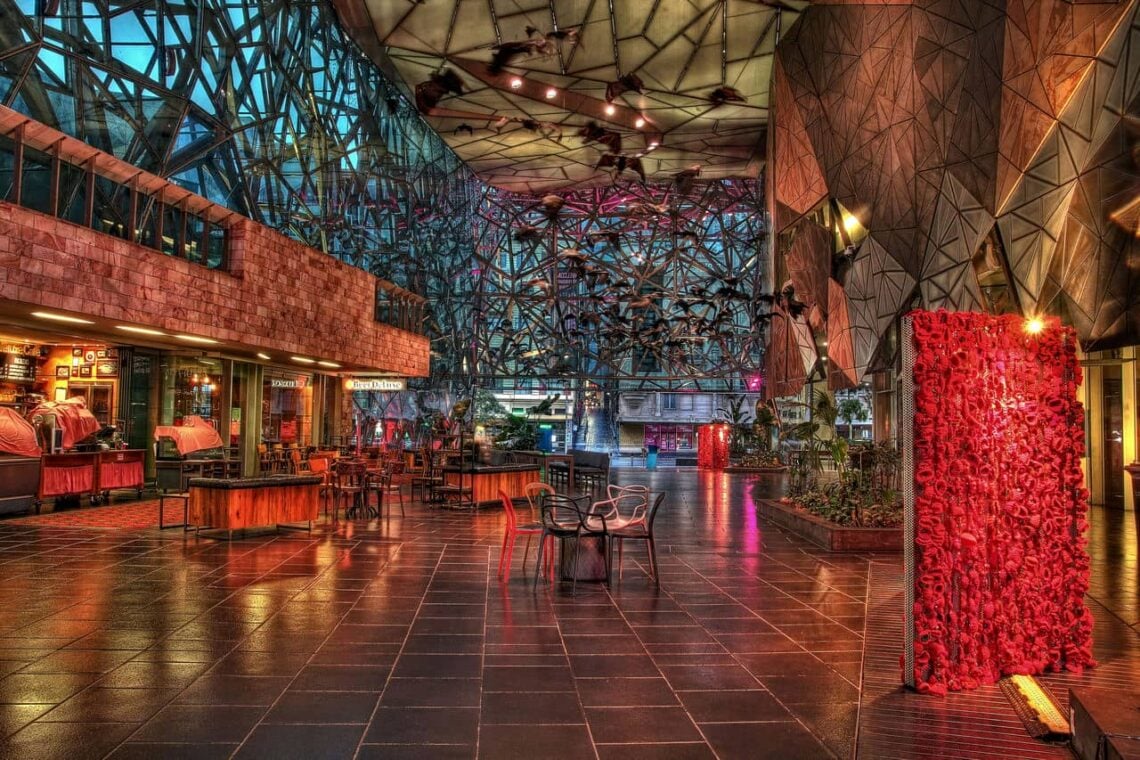
8. Shrine of Remembrance
The Shrine of Remembrance is a war memorial in Melbourne, Victoria, Australia. It is in Kings Domain, a large park near the city center. It was built to honor the men and women of Victoria who served in World War I but now functions as a memorial to all Australians who have served in any war. The Shrine of Remembrance was designed by architects Phillip Hudson and James Wardrop, both World War I veterans. They won an international competition to design the memorial in 1922. The Shrine is classical, based on the Tomb of Mausolus at Halicarnassus and the Parthenon in Athens, Greece. The crowning element at the top of the ziggurat roof references the Choragic Monument of Lysicrates. The Shrine of Remembrance is made of Tynong granite, a durable and hard stone. The construction began in 1927 and was completed in 1934. The Duke of Gloucester officially dedicated the Shrine on November 11, 1934, to a crowd of 300,000 people. The Shrine cost $1.5 million (€1.3 million, £1.1 million) to build.
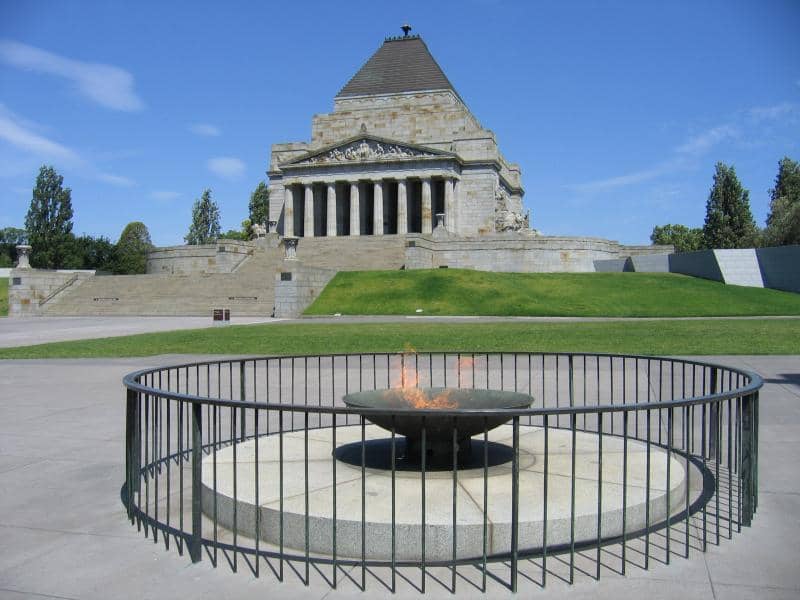
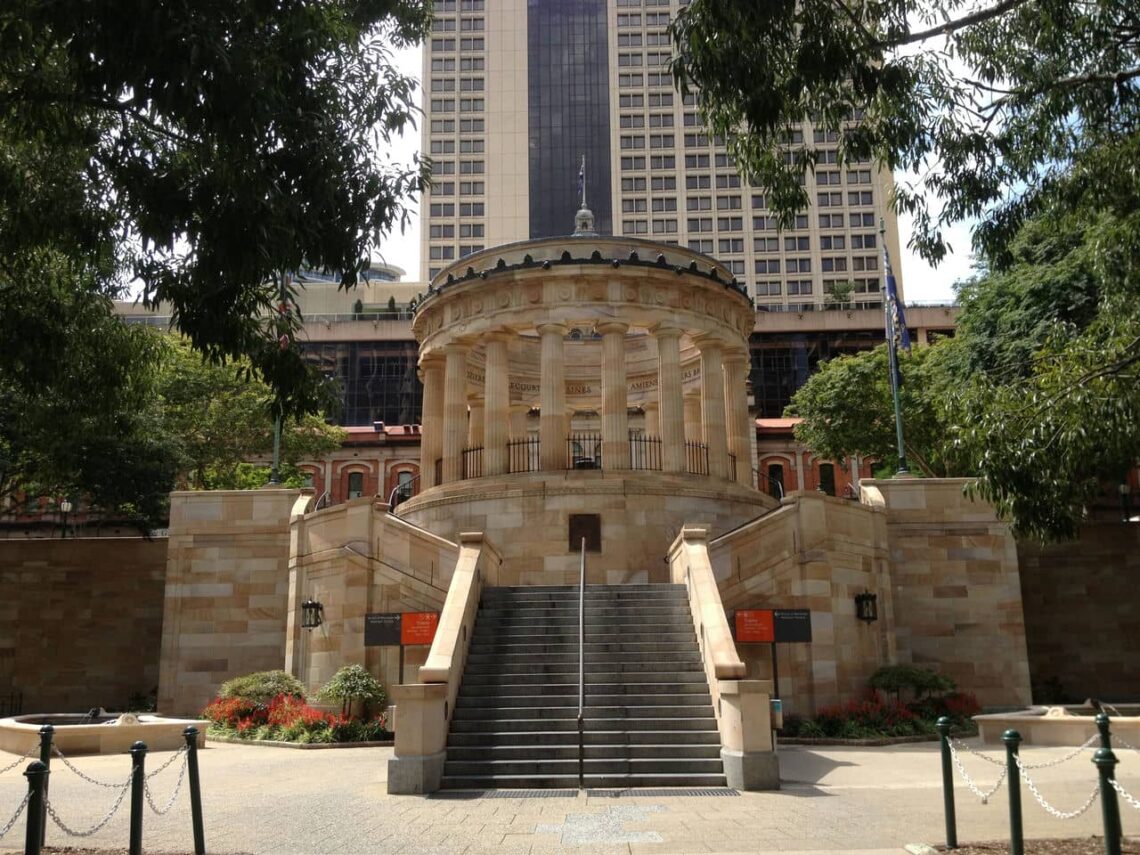
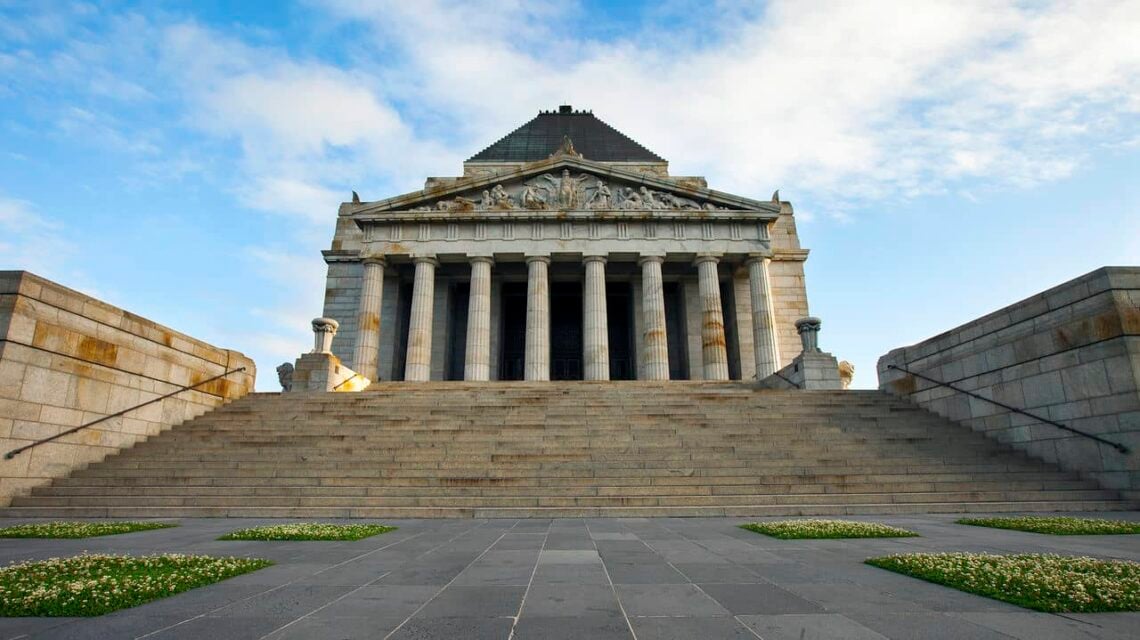
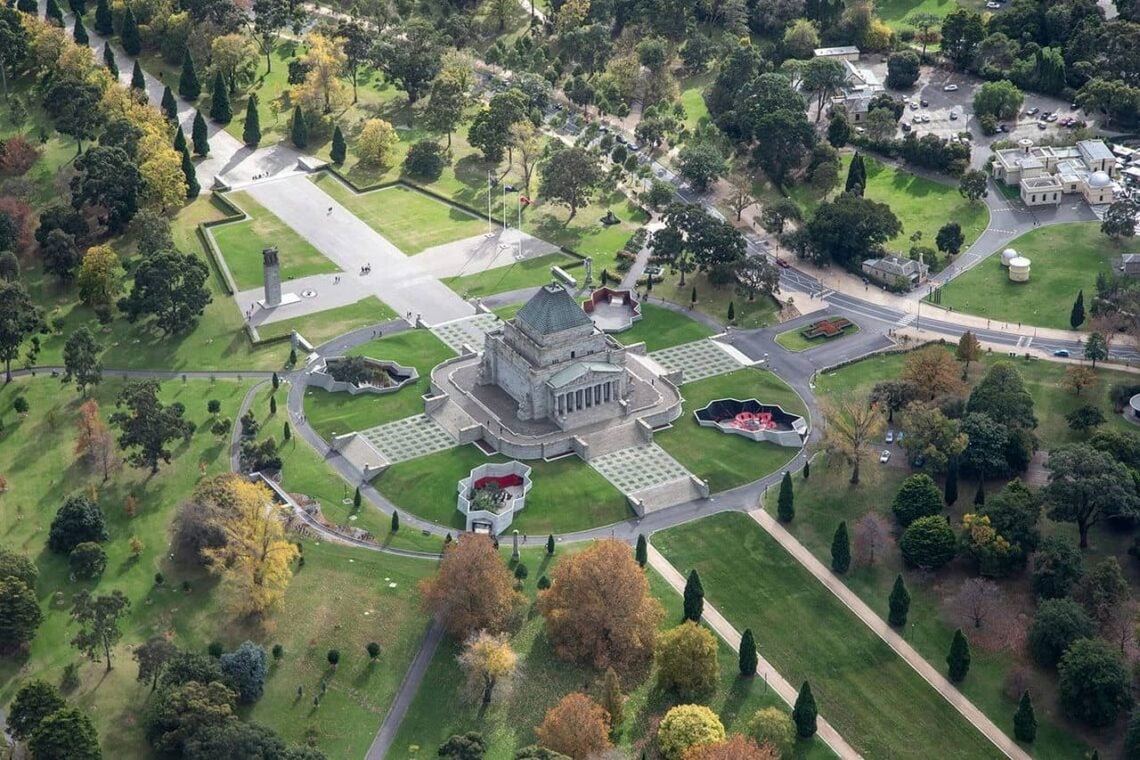
The Shrine of Remembrance consists of the central sanctuary surrounded by the ambulatory. The sanctuary contains the marble Stone of Remembrance, which bears the inscription “Greater love hath no man.” Once a year, on November 11 at 11:00 am, a ray of sunlight shines through an aperture in the roof to illuminate the word “love” on the Stone. The ambulatory displays 42 bronze panels depicting scenes from World War I. The Shrine of Remembrance has been expanded and redeveloped to accommodate new exhibitions and features. The Crypt, the Visitor Centre, the World War II Forecourt, and the Remembrance Garden are some of the additions that have been made to the Shrine. The Galleries of Remembrance opened in 2014, showcases over 800 historical artifacts and personal stories of Australians in war and peacekeeping. The Shrine of Remembrance is one of the largest war memorials in Australia and one of the most recognized landmarks in Melbourne. It is a site of annual observances for Anzac Day (April 25) and Remembrance Day (November 11) and is visited by over one million people every year. The Shrine is open daily from 10:00 am to 05:00 pm, with a last entry at 04:30 pm.
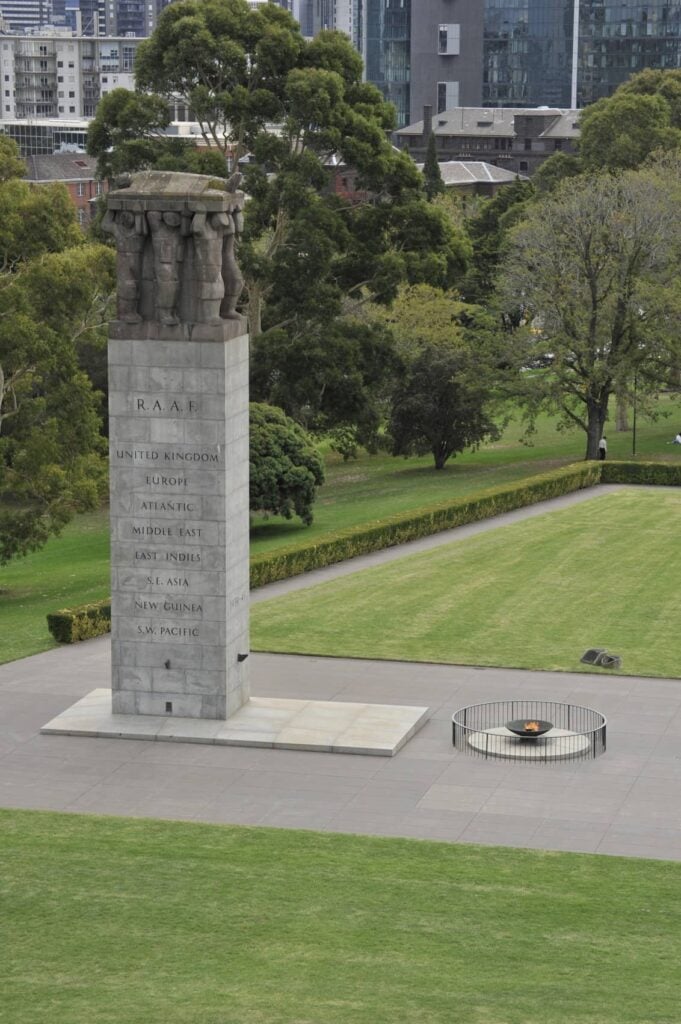
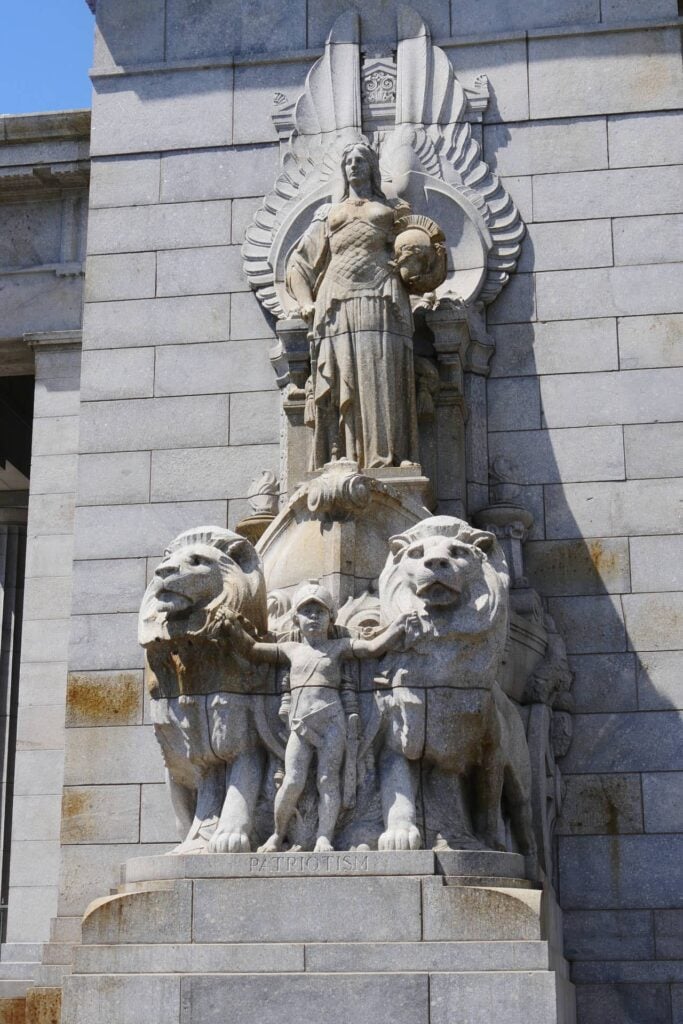
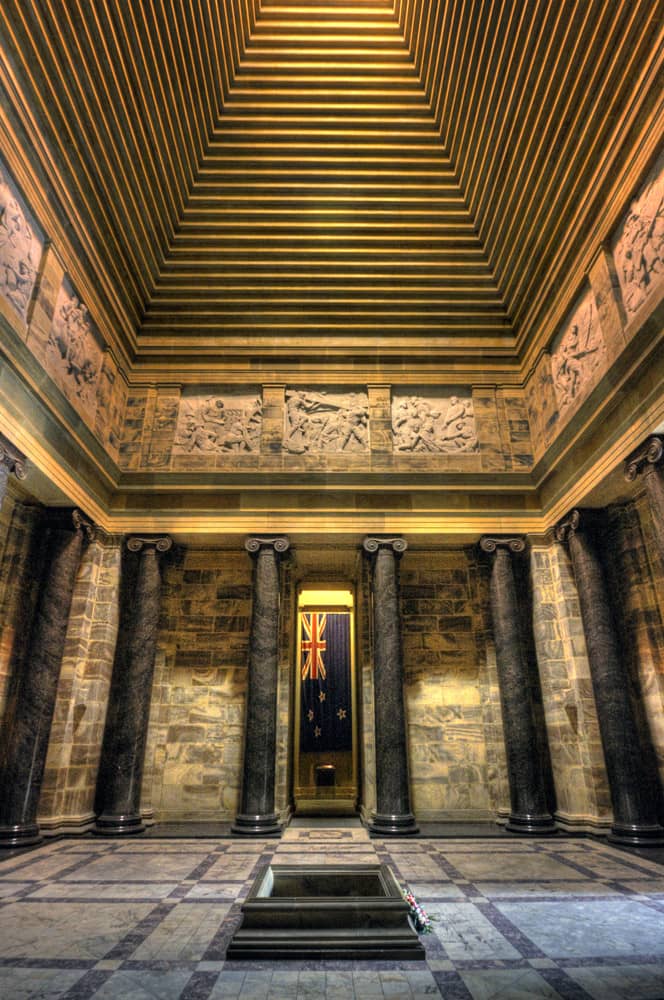
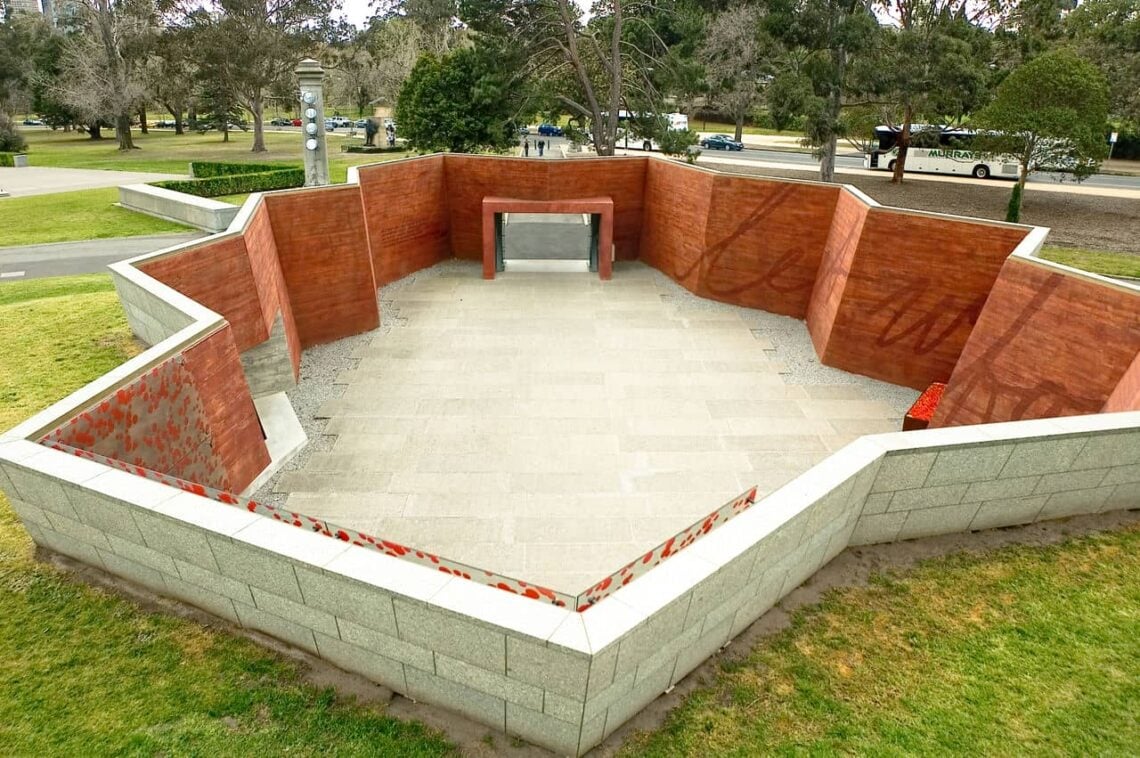
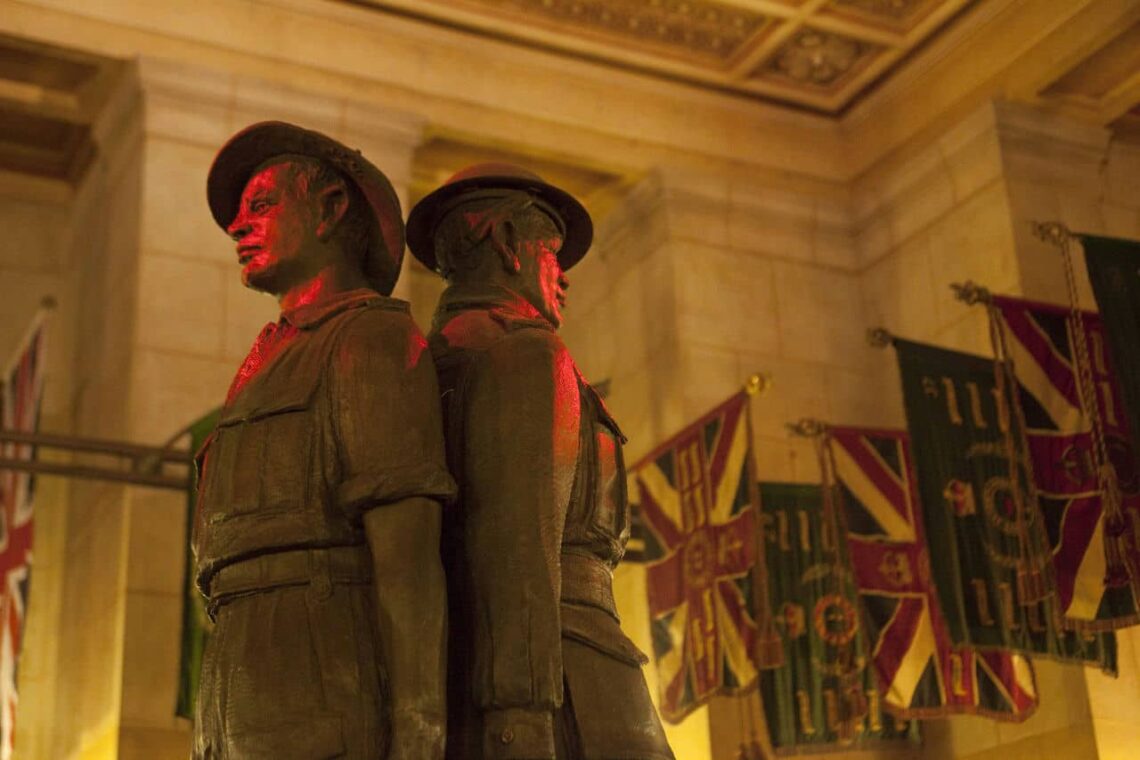
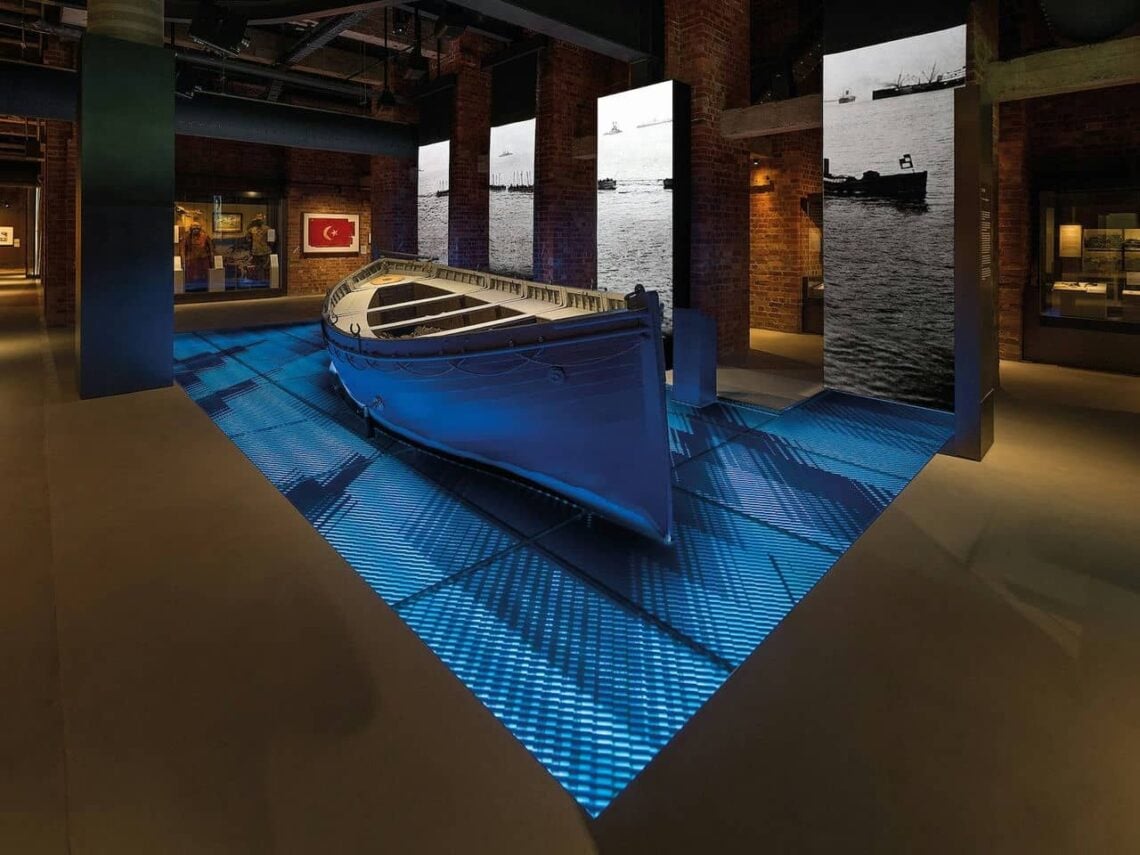
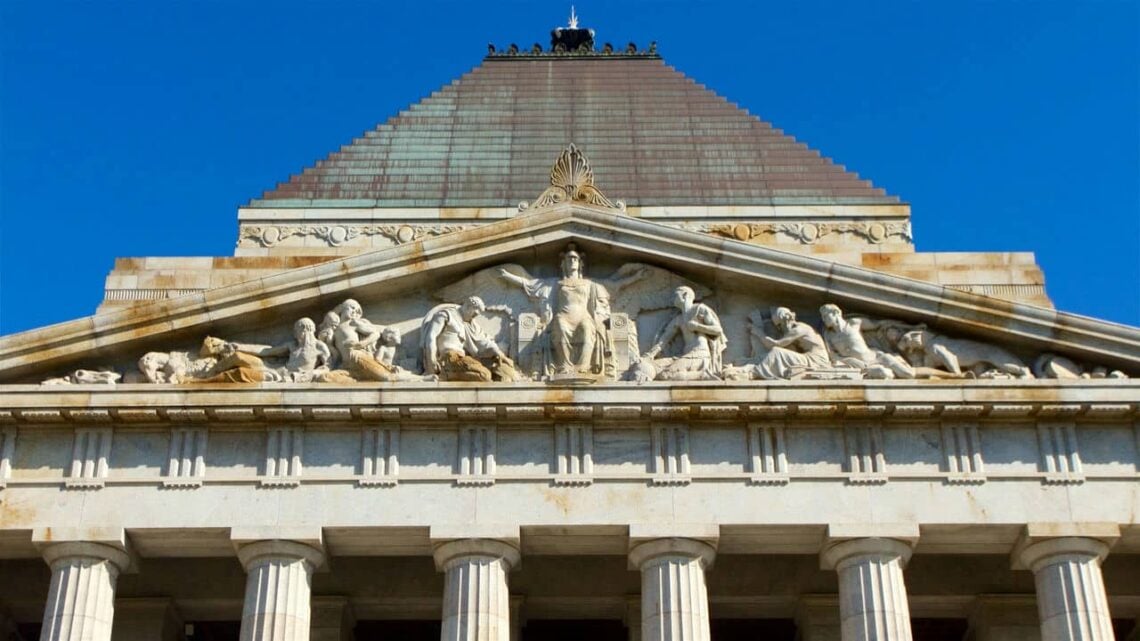
9. Crown Sydney
Crown Sydney is a skyscraper in Barangaroo, New South Wales, Australia. It is the tallest building in Sydney and the fourth in Australia, with a height of 890 feet (271.3 meters). It has 75 floors, including 71 above ground and four below ground. Crown Sydney was designed by WilkinsonEyre, a British architecture firm. It was developed by Crown Resorts, a company that operates casinos and resorts worldwide. The construction of Crown Sydney started in October 2016 and finished in December 2020. The project cost was $2.2 billion (€1.8 billion, £1.6 billion). Crown Sydney is a mixed-use development, meaning that it has different functions and facilities. It mainly consists of a hotel and residential apartments, but it also has a casino, restaurants, bars, a spa, an outdoor pool, a tennis court, and a rooftop lounge. The hotel has 350 rooms, while the apartments have 82 units.
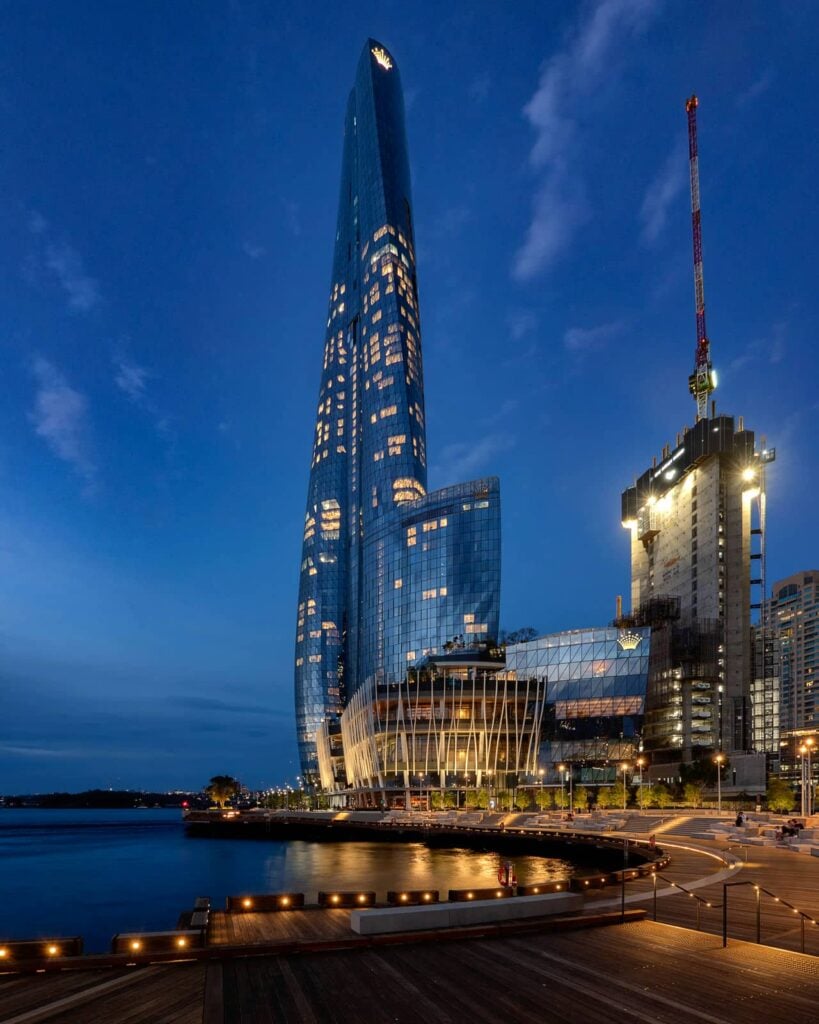
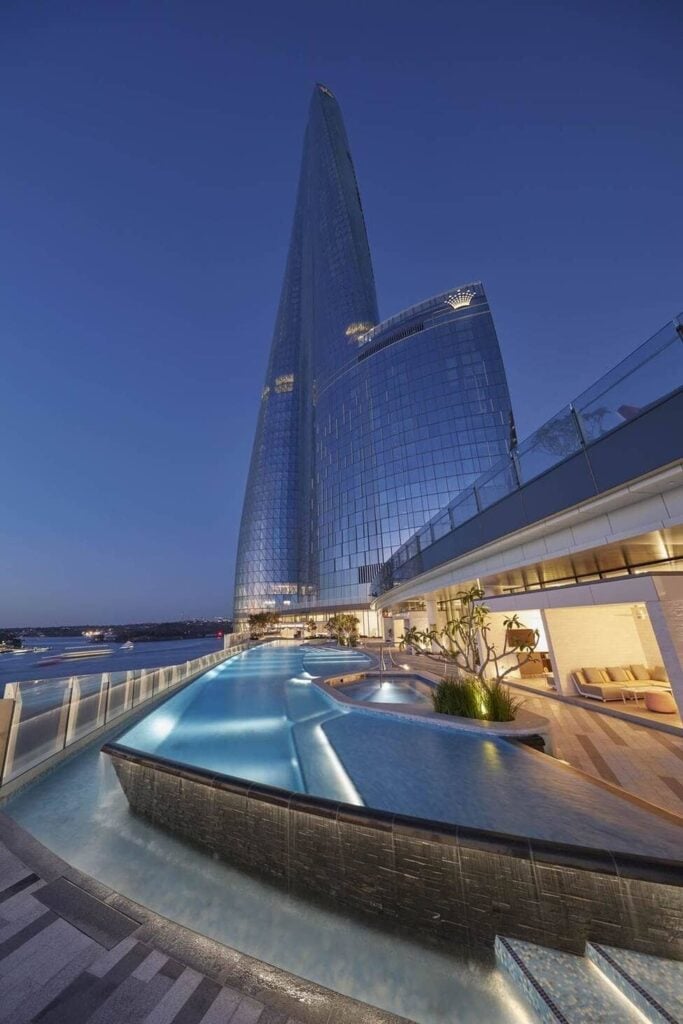
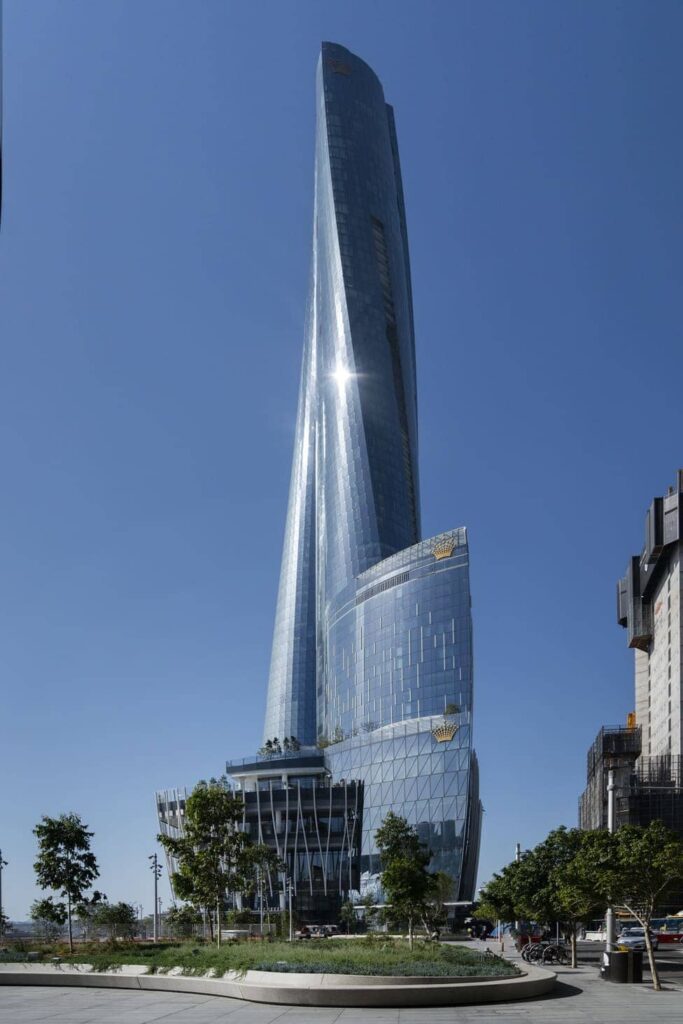
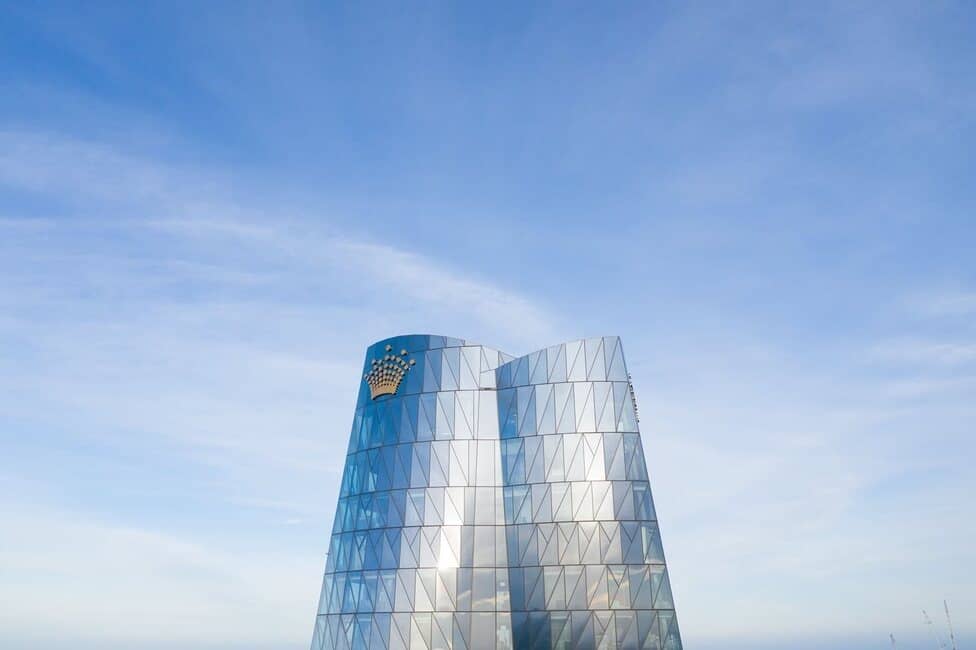
Crown Sydney is located in the heart of Barangaroo, a waterfront area that was formerly an industrial site. Barangaroo is undergoing a major urban renewal, transforming it into a modern and sustainable district. Crown Sydney is part of a cluster of skyscrapers, including One Sydney Harbour and International Towers. Crown Sydney offers views of the Sydney Harbour and the city skyline. It is close to many attractions and landmarks, such as the Sydney Opera House, the Sydney Harbour Bridge, and the Royal Botanic Gardens. It is also well-connected to public transport, with ferry, bus, and train services nearby. Crown Sydney is a luxury destination that aims to provide a world-class experience to its guests and residents. It has various dining options, from casual to fine dining. It also has a premium casino that is open to members only. It hosts events and conferences and offers gift vouchers and loyalty rewards.
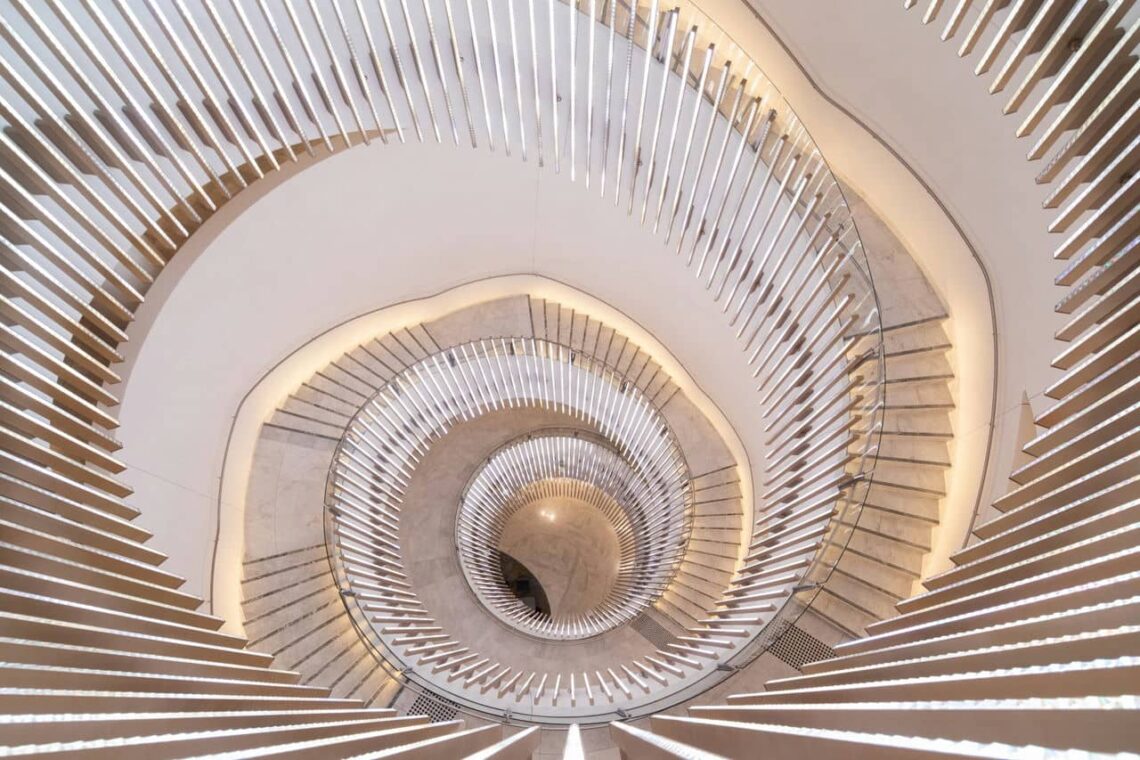
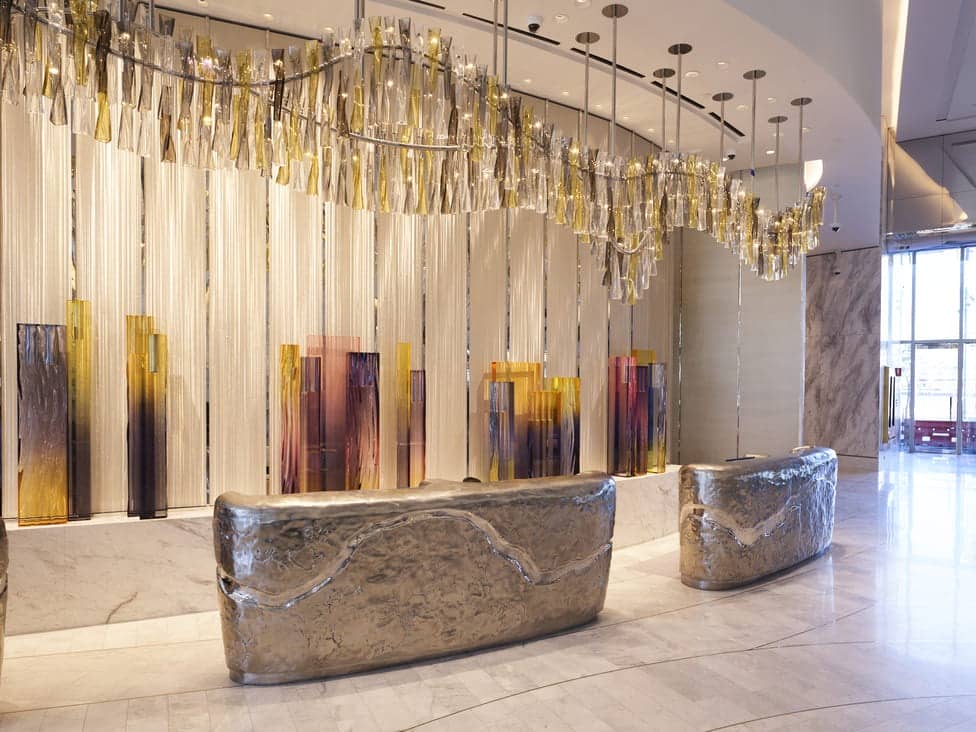
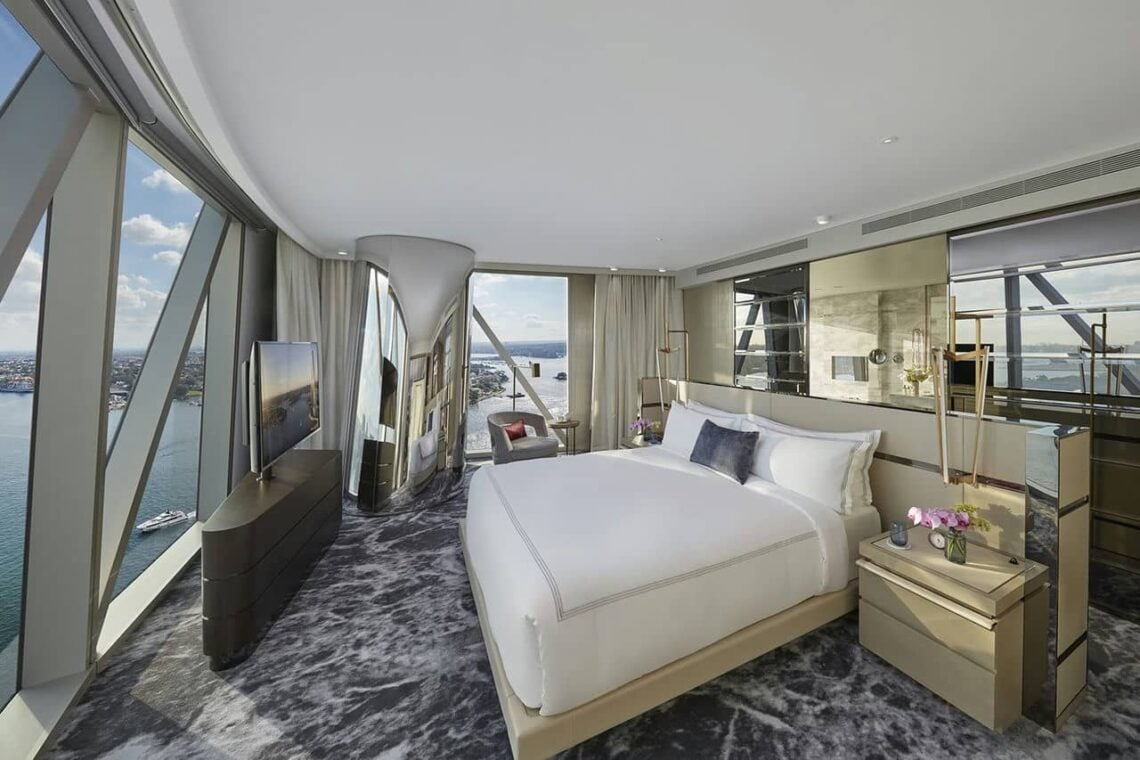
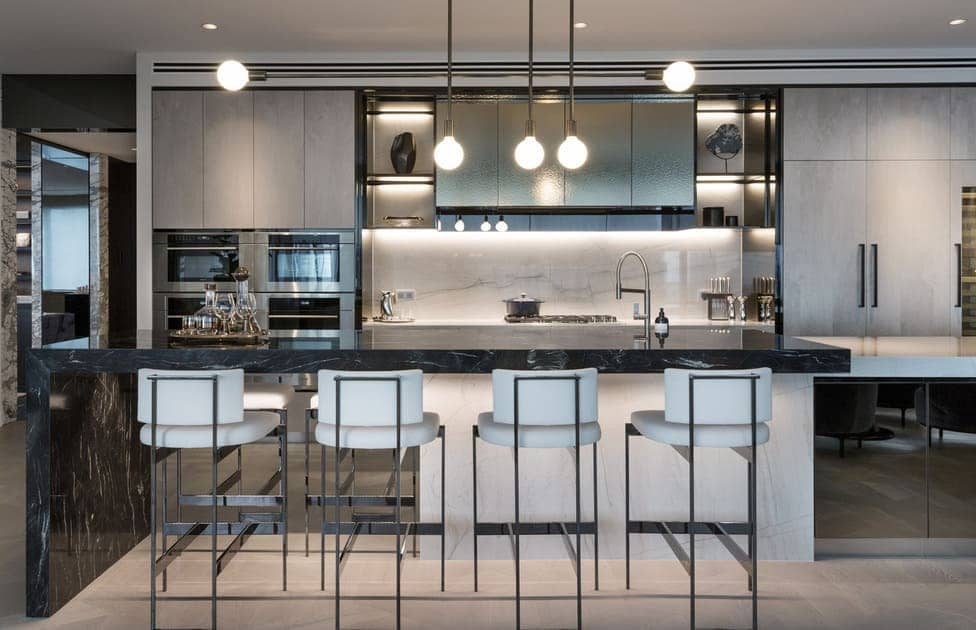
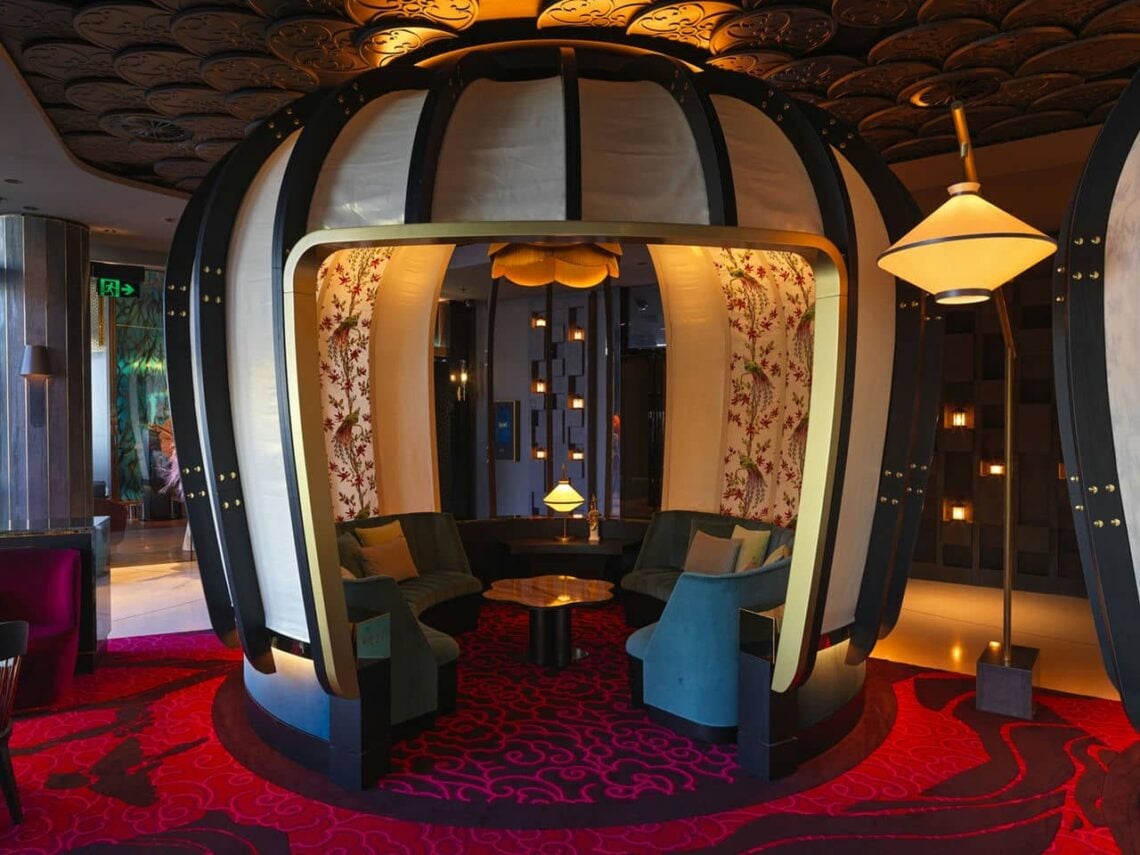
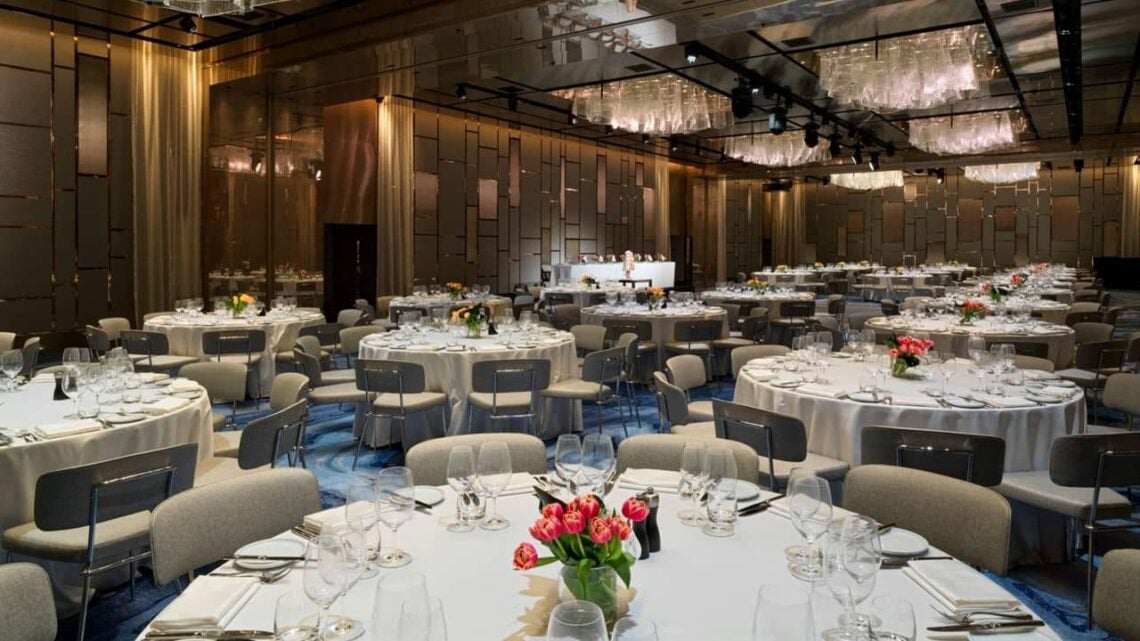
10. National Gallery of Victoria
The National Gallery of Victoria (NGV) is an art museum in Melbourne, Australia. It is the country’s oldest and most visited art museum, founded in 1861. The National Gallery of Victoria has a rich and diverse collection of over 75,000 works spanning thousands of years and spanning various disciplines and styles. The National Gallery of Victoria has two main venues: NGV International and NGV Australia. NGV International, located on St Kilda Road, houses the gallery’s international art collection, including European, Asian, Oceanic, and American art. It also hosts major exhibitions, such as the NGV Triennial, a worldwide showcase of contemporary art and design. NGV Australia, located at Federation Square, focuses on Australian art, including Indigenous and colonial art and modern and contemporary art. It also features the Ian Potter Centre, a dedicated Australian art and design space. NGV Australia has a collection of over 20,000 works representing the history and culture of Australia.
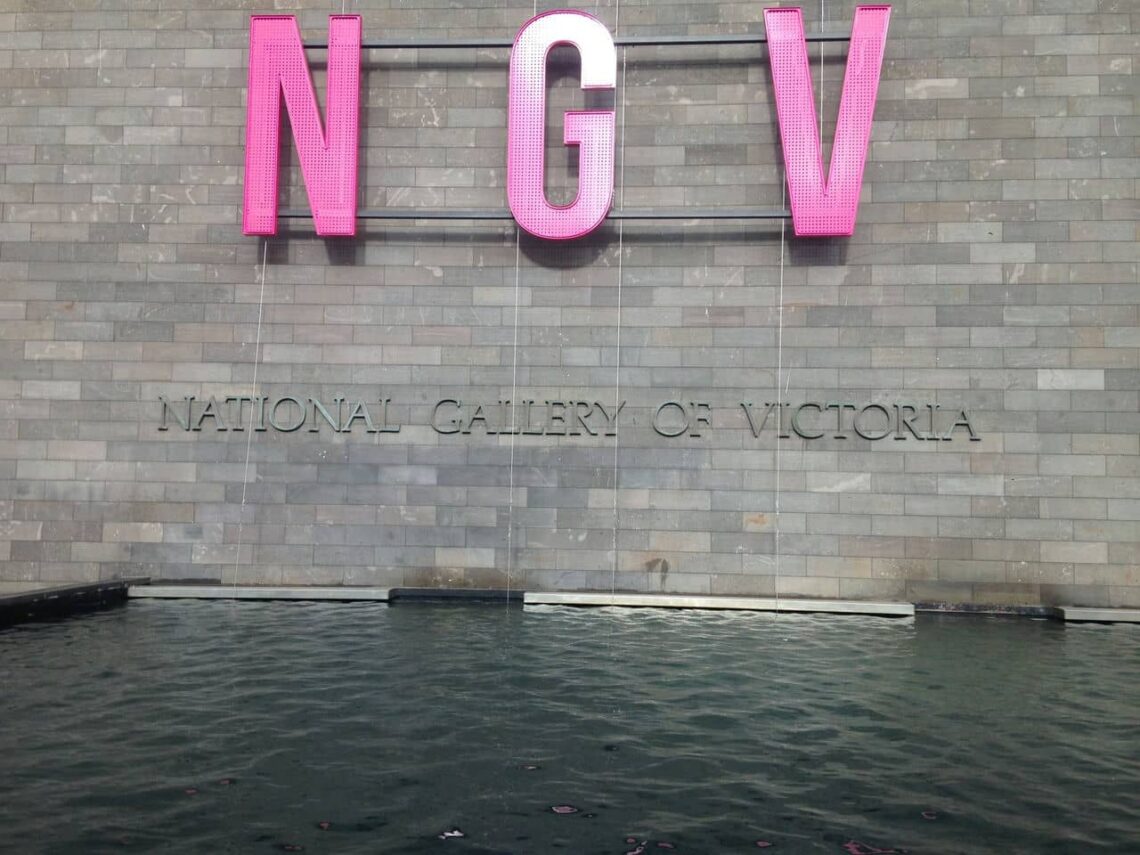
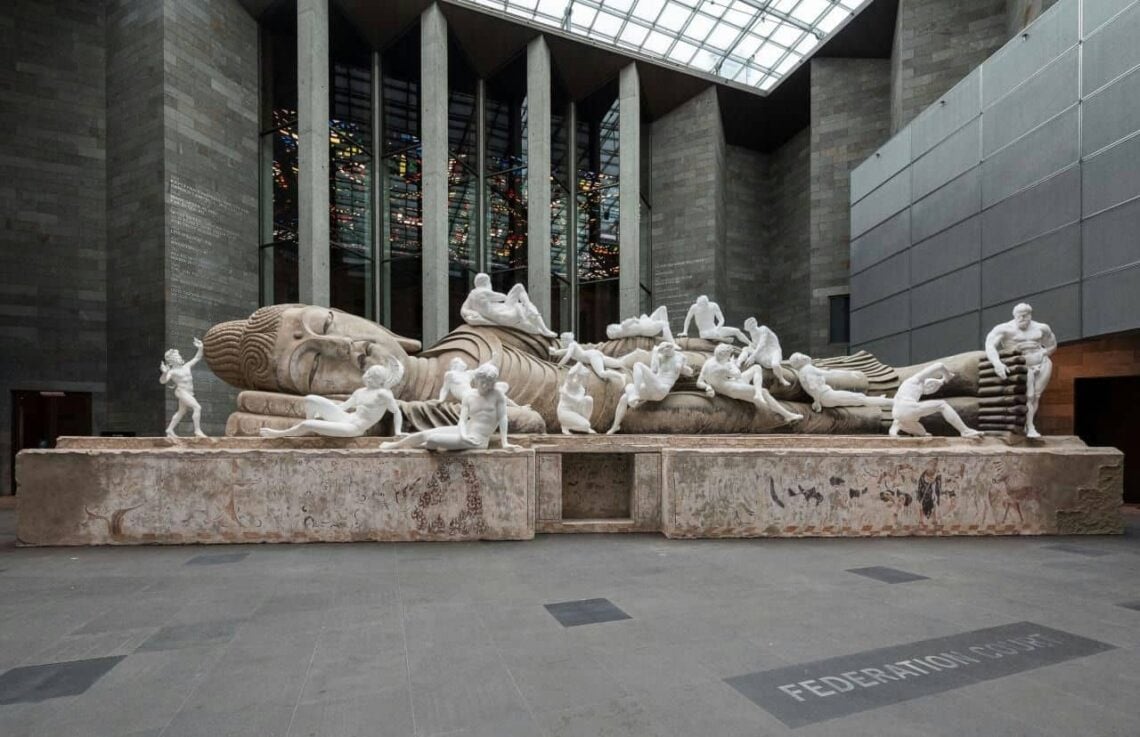
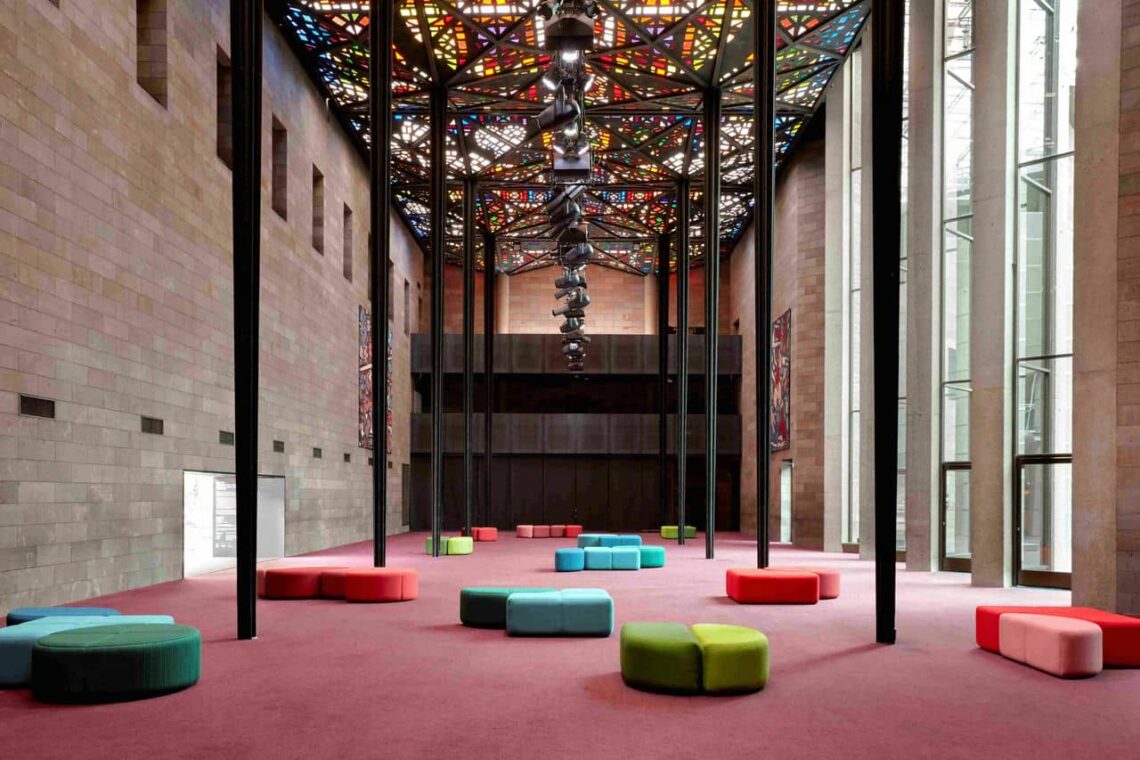
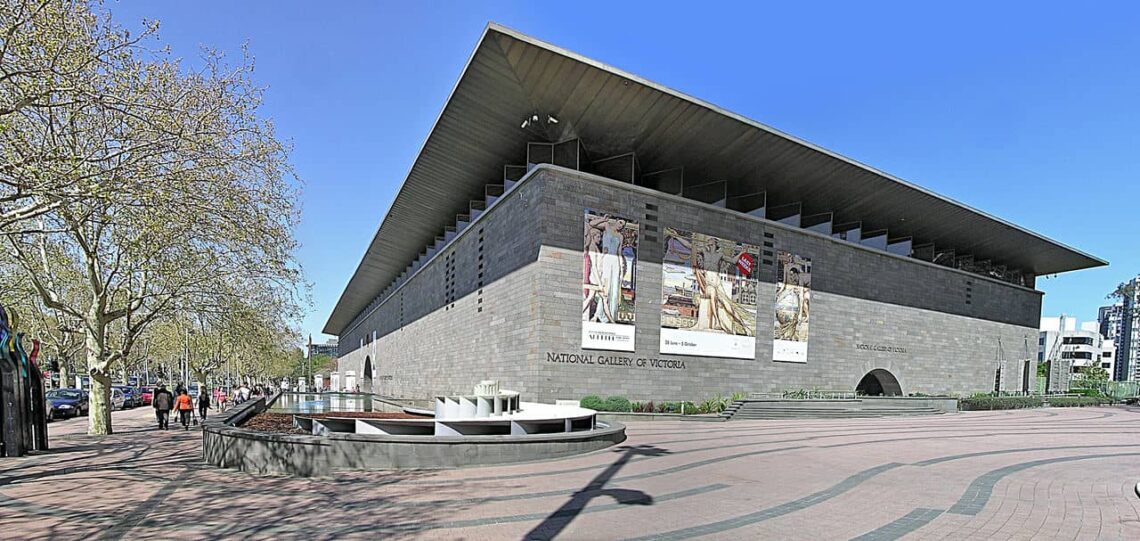
The National Gallery of Victoria also has a third venue, The Fox, which is currently under construction. The Fox, located on Southbank Boulevard, will be Australia’s new home for contemporary art and design, opening in 2025. It will feature a dynamic and flexible exhibition space, a public plaza, a rooftop garden, and a learning center. The National Gallery of Victoria is not only a place to view art but also a place to engage with art and culture. The gallery offers a range of programs and events, such as tours, talks, workshops, performances, and festivals. The gallery also has a dedicated channel, NGV Channel, where visitors can access online content, such as videos, podcasts, essays, and ebooks. The National Gallery of Victoria is a public institution that belongs to the people of Victoria and Australia. Visiting is free and open daily from 10:00 am to 05:00 pm. The Victorian Government and members, donors, sponsors, and partners support the gallery.
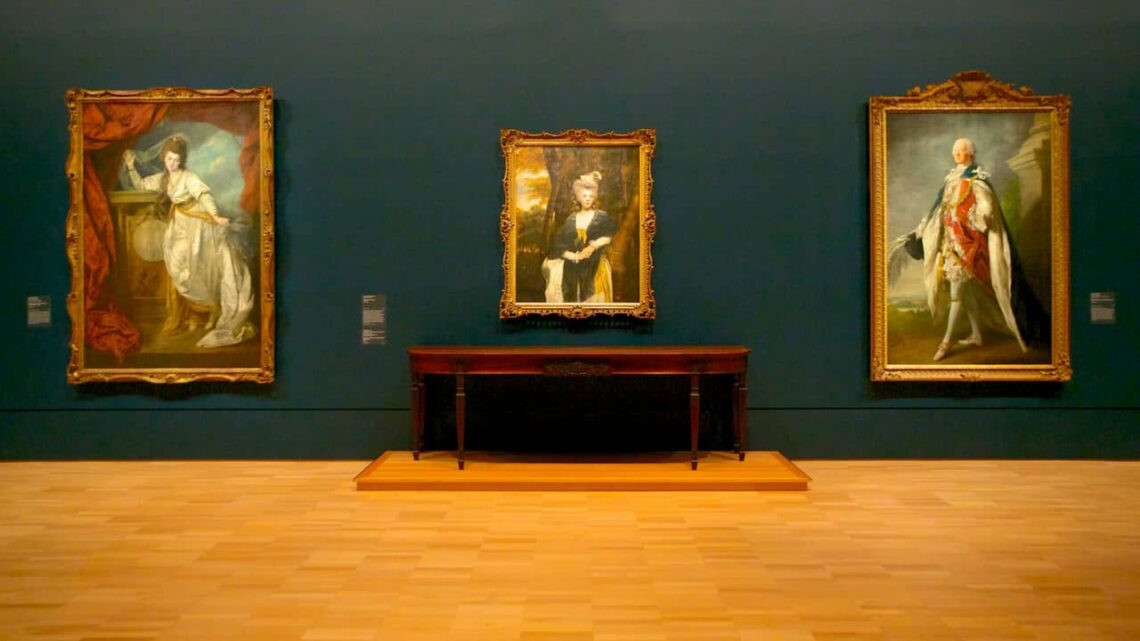
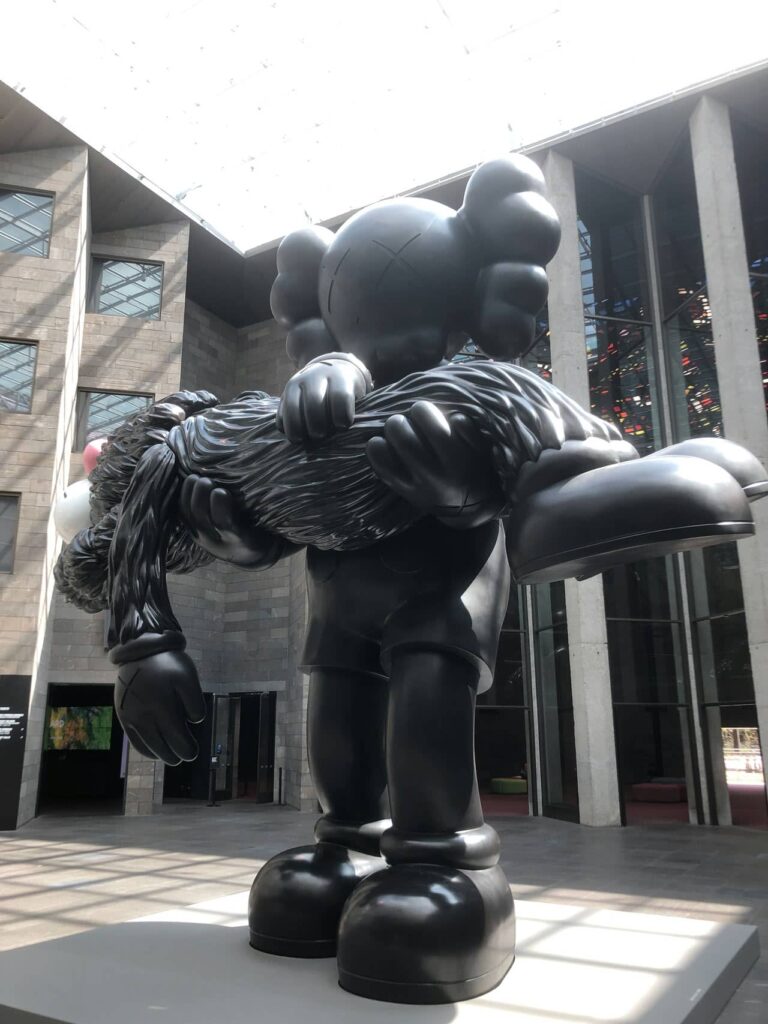
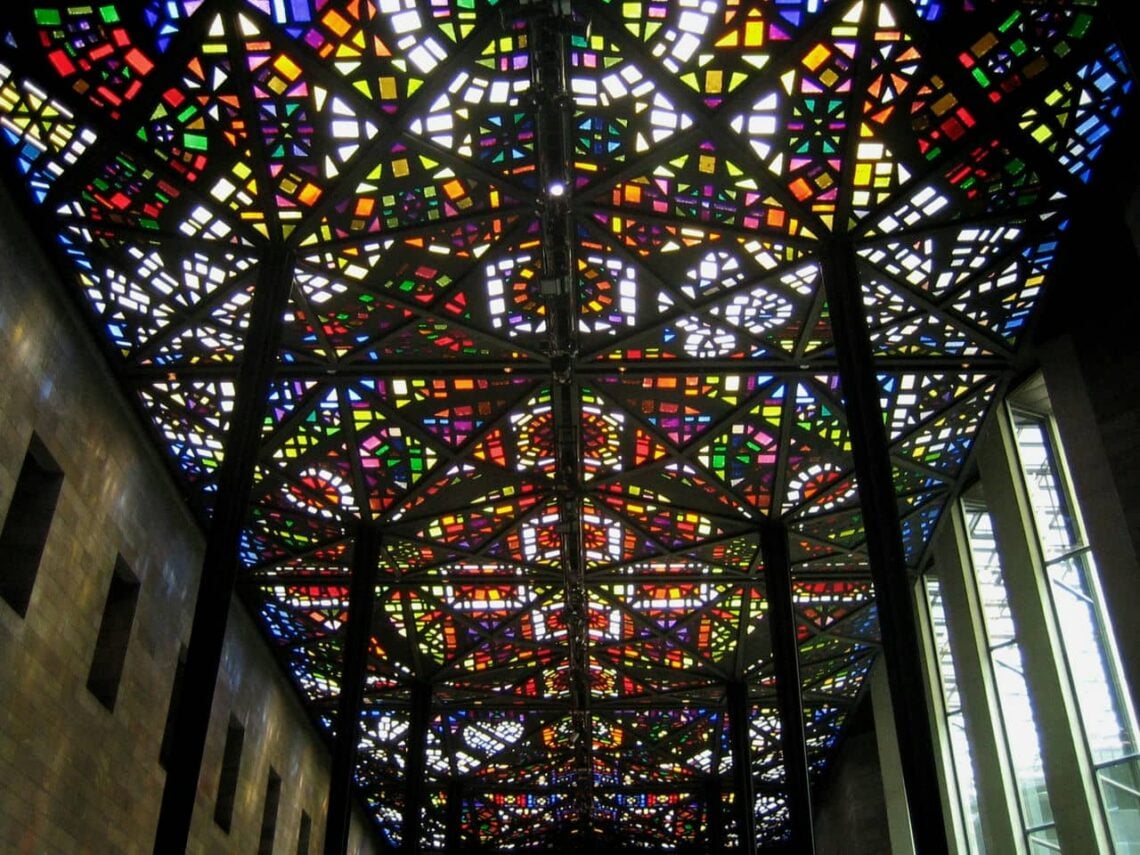
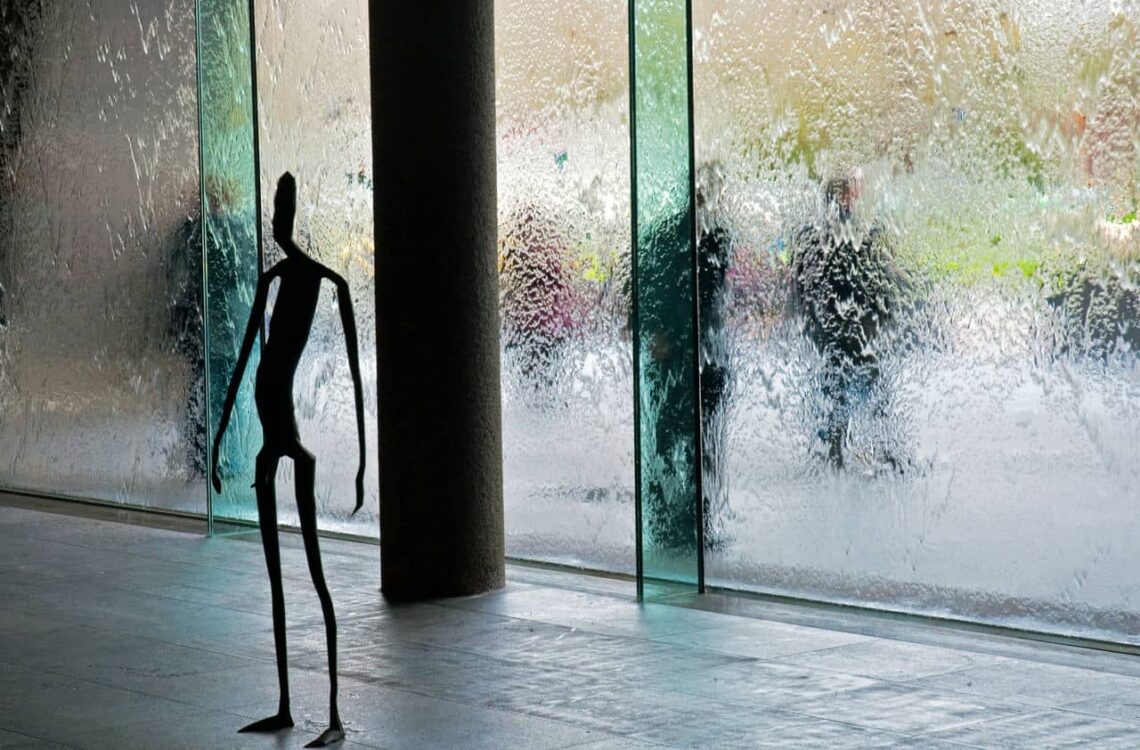
11. Melbourne Cricket Ground
The Melbourne Cricket Ground (MCG) is an Australian sports stadium in Yarra Park, Melbourne, Victoria. It is the headquarters and home ground of the Melbourne Cricket Club. It is the largest stadium in the Southern Hemisphere, the 11th largest globally, and the second-largest cricket ground by capacity after the Narendra Modi Stadium in India. The Melbourne Cricket Ground was founded in 1838 and moved to its current location in 1853. It has hosted many international cricket matches, including the first-ever Test in 1877 and the 1992 and 2015 World Cup finals. It is also the main venue for Australian rules football, hosting the annual AFL Grand Final and other matches. It has also hosted the 1956 Olympic Games, the 2006 Commonwealth Games, and various other sports and events. The Melbourne Cricket Ground has a capacity of 100,024 spectators. It has four main stands: the Great Southern Stand, the Olympic Stand, the Ponsford Stand, and the Shane Warne Stand. The latter was renamed in 2023 to honor the legendary Australian spinner. The Melbourne Cricket Ground also has a retractable roof over the northern end, which can be closed in case of rain or extreme heat.
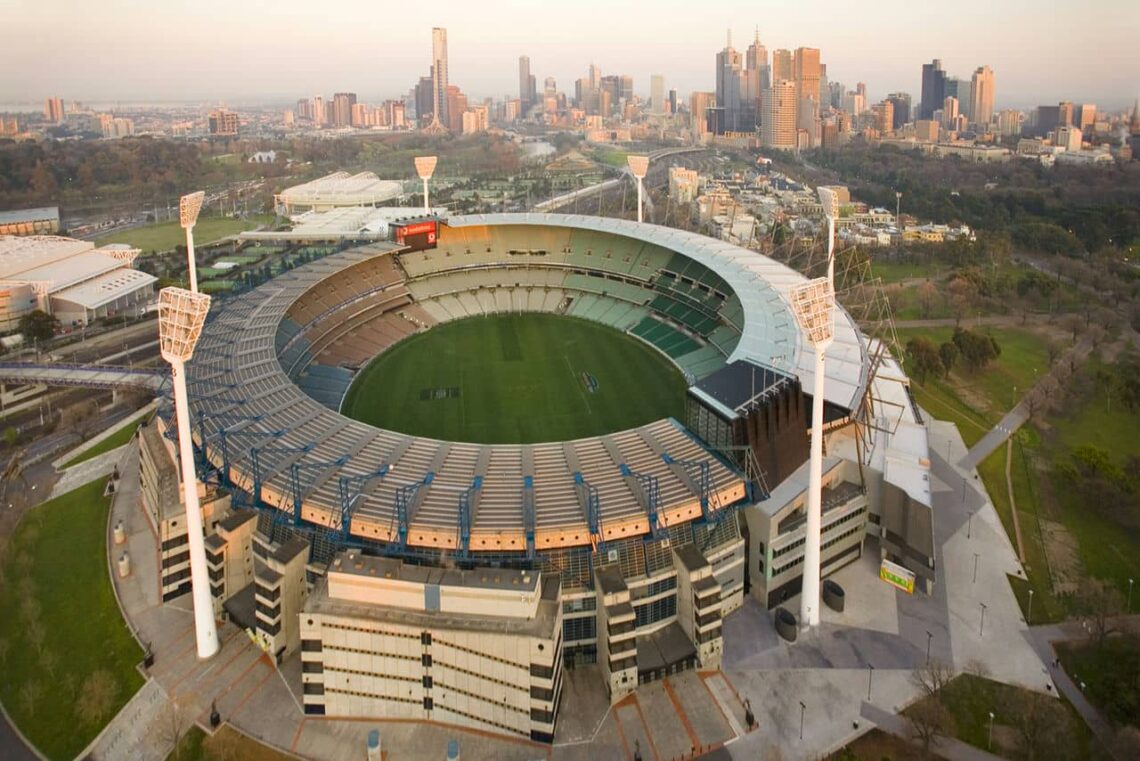
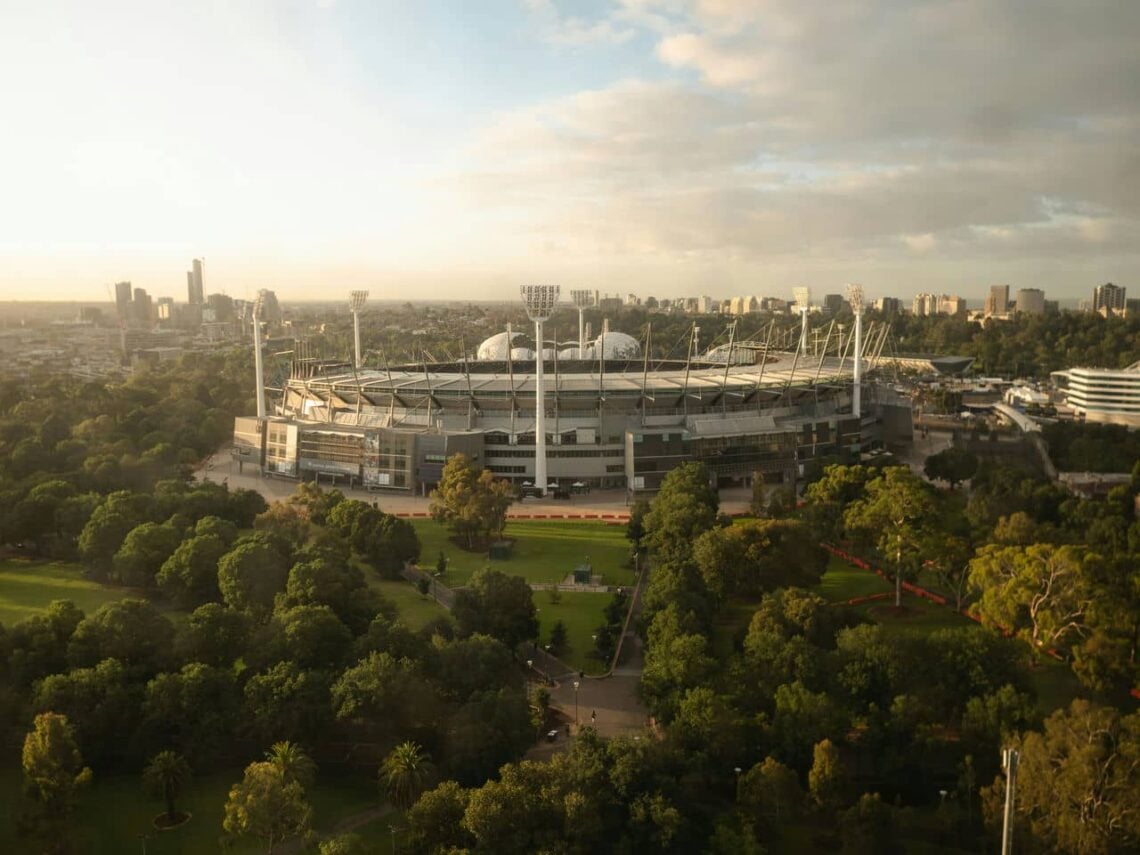
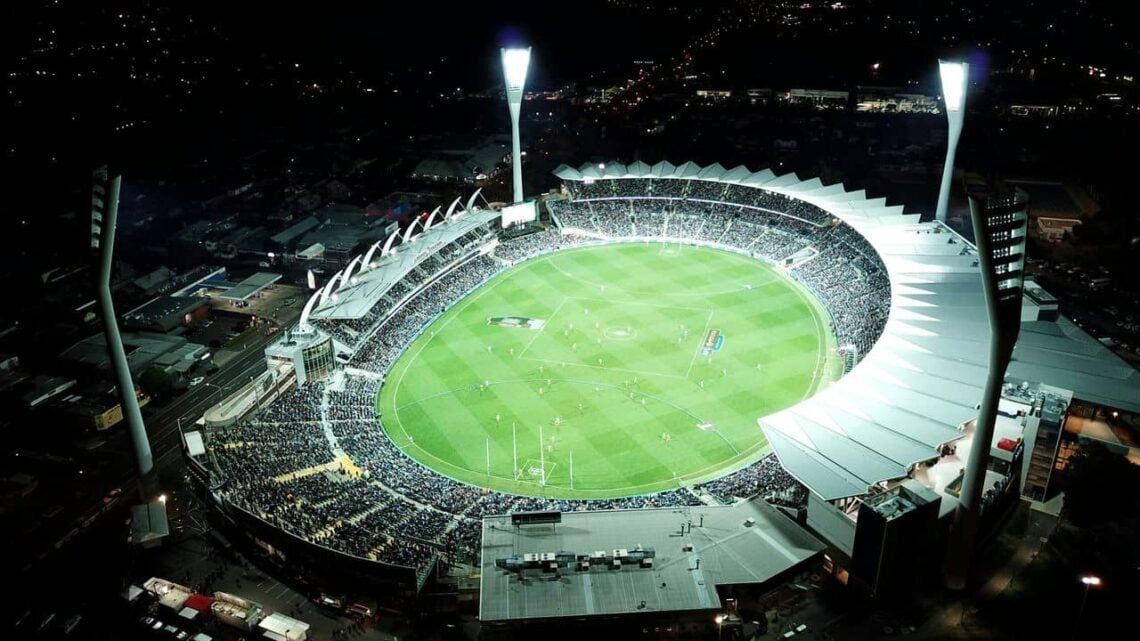
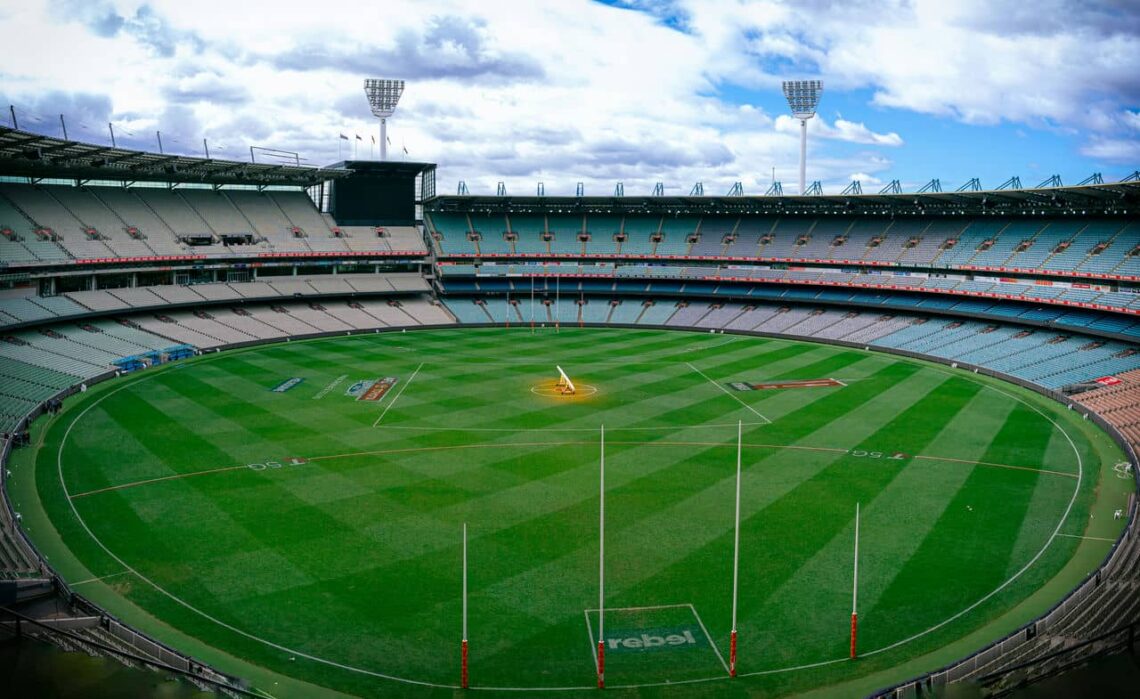
The Melbourne Cricket Ground is surrounded by Yarra Park, a public park that covers 99 acres (40 hectares) of land. The park has several facilities, such as a children’s playground, a barbecue area, a walking track, and a statue of Sir Donald Bradman, the greatest batsman of all time. The park also has a car park accommodating up to 5,000 vehicles. The Melbourne Cricket Ground is a sports venue and a cultural and historical attraction. It houses the Australian Sports Museum, which showcases the history and achievements of Australian sports and athletes. The museum has interactive exhibits, memorabilia, and a hall of fame. The Melbourne Cricket Ground also offers guided tours that take visitors behind the scenes and into the players’ dressing rooms, the media center, and the members’ area. The Melbourne Cricket Ground symbolizes Melbourne and Australia and is a source of pride and passion for many sports fans. Locals often refer to it as The ‘G and have recognized it as a National Heritage Site and State Registered Place. It is one of Australia’s most famous and visited landmarks and a must-see for anyone who loves sports and culture.
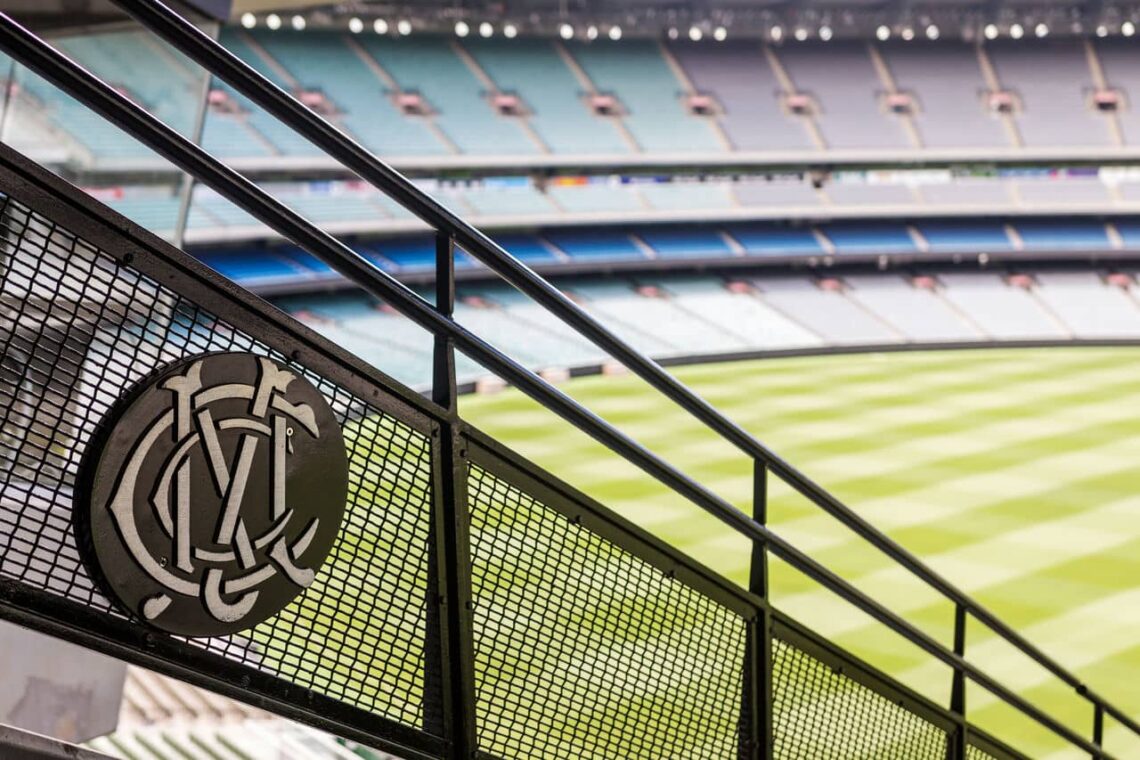
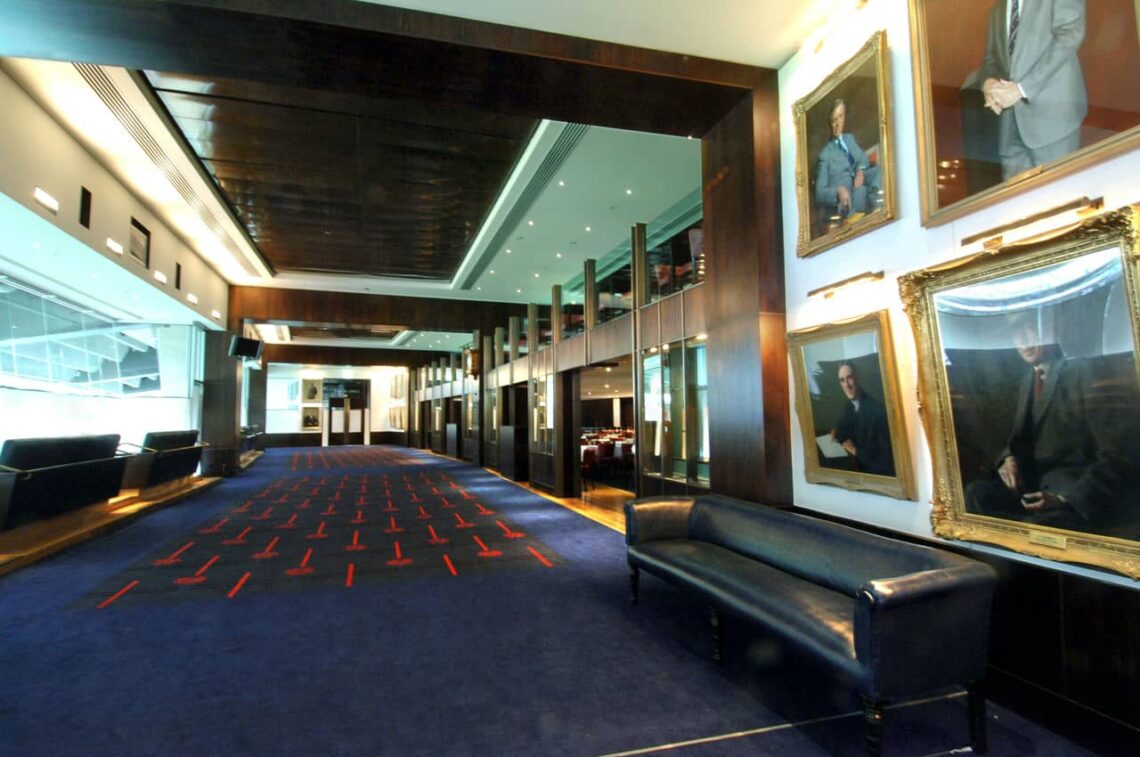
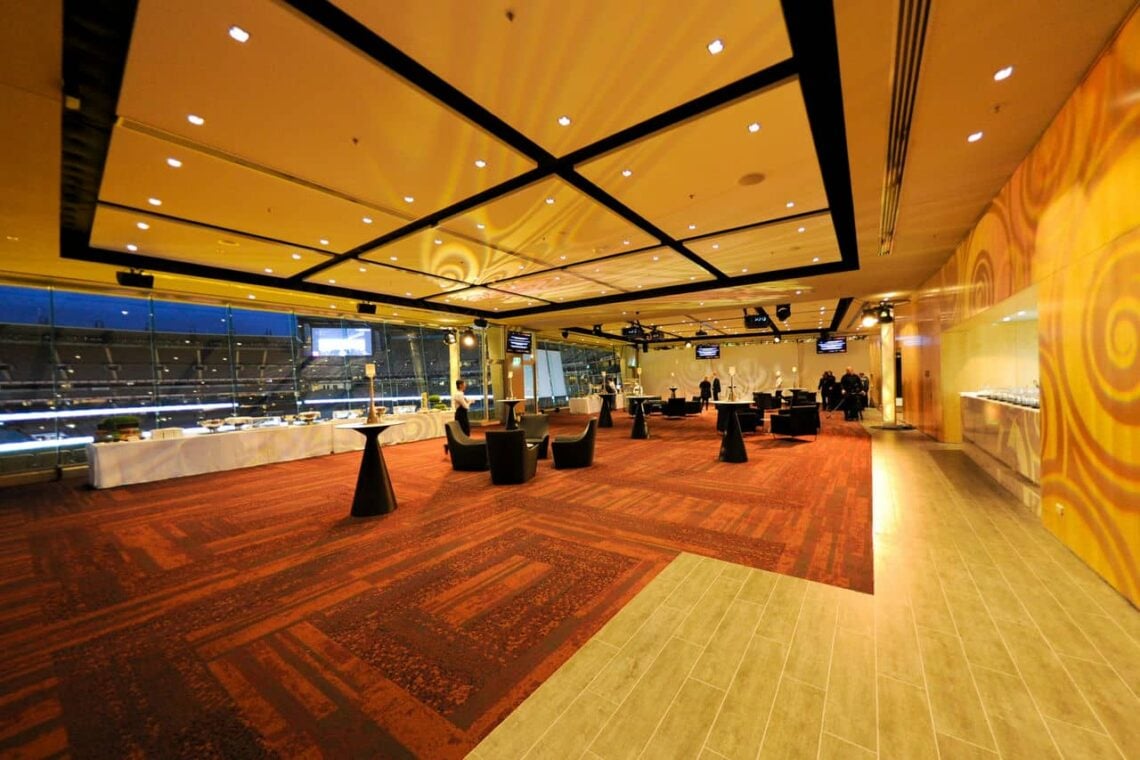
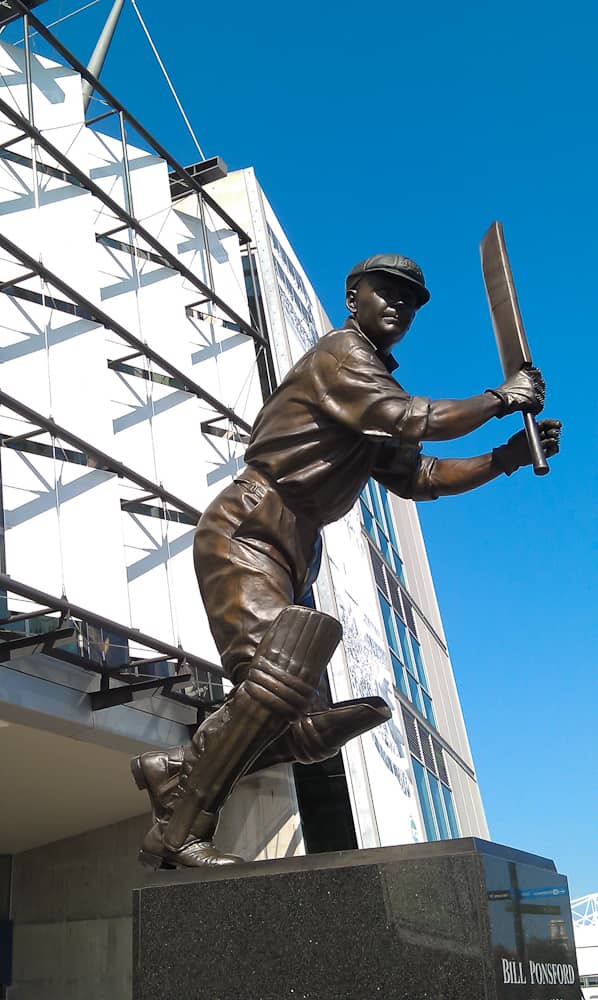
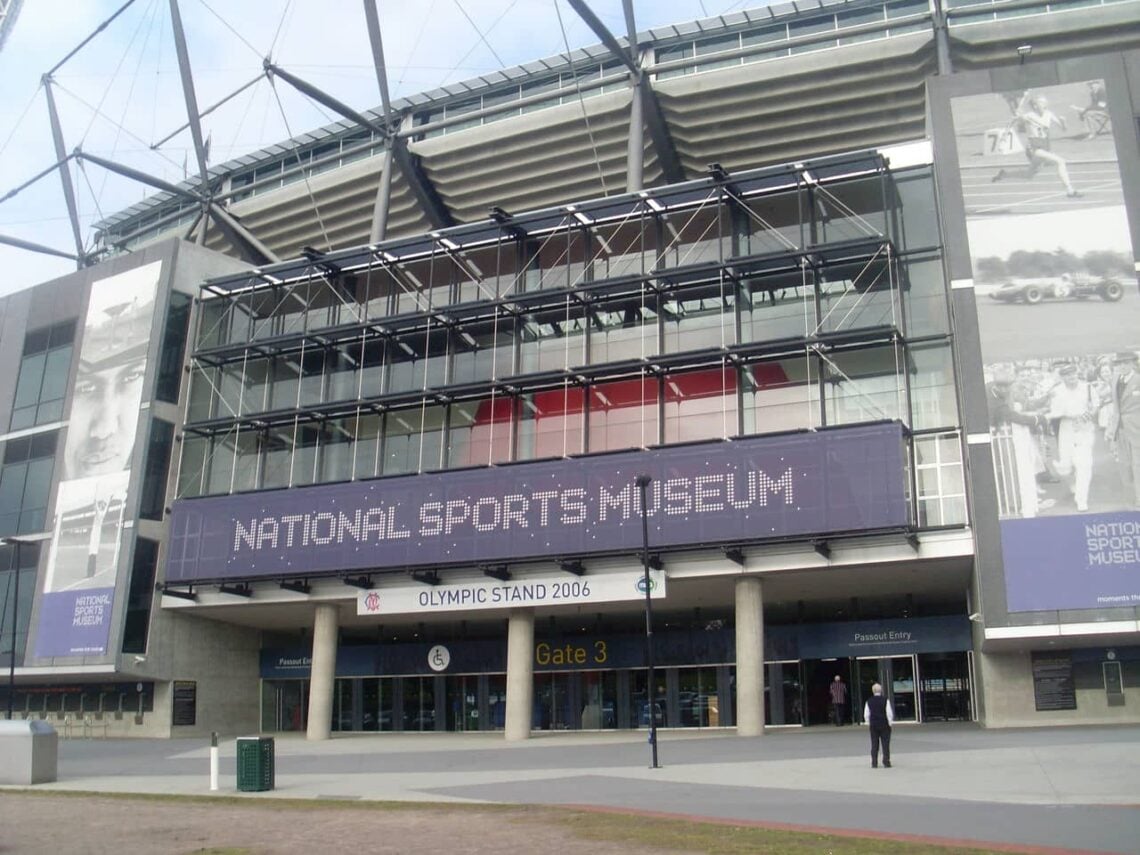
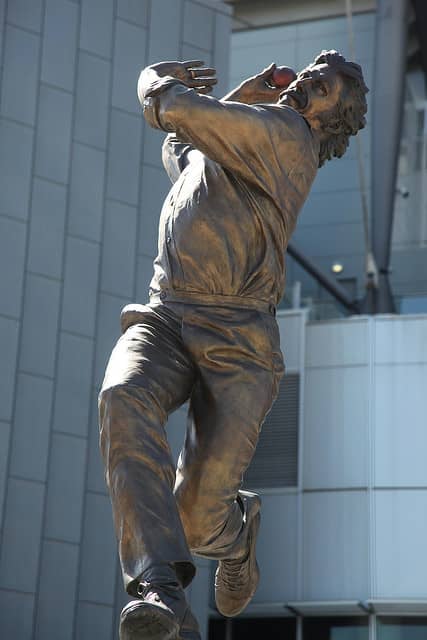
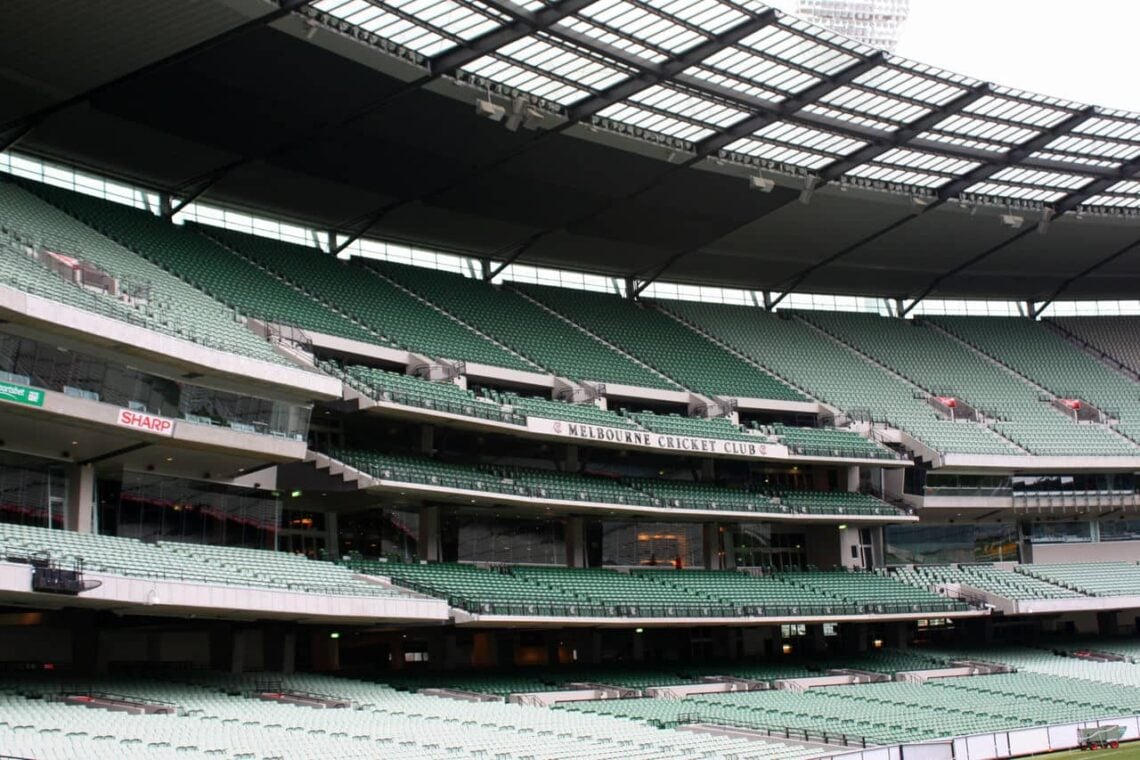
12. Australian War Memorial
The Australian War Memorial (AWM) is a national war memorial and museum in Canberra, the capital of Australia. It honors the service and sacrifice of Australians who died in war. It also showcases the history, art, and stories of the wars that Australia participated in. The Australian War Memorial comprises five buildings and a sculpture garden on a 49-hectare (121-acre) site. The main building is the Memorial Building, which has a dome, a tower, and a Hall of Memory. The Hall of Memory contains the Tomb of the Unknown Australian Soldier, which represents all Australians who died in war without being identified. The Australian War Memorial also houses the Commemorative Area, where the names of over 102,000 fallen Australians are inscribed on bronze panels. Every day, a Last Post Ceremony is held in the Commemorative Area to remember one of the names on the Roll of Honour. The ceremony includes the playing of the Last Post, the laying of a wreath, and the reading of the person’s story.
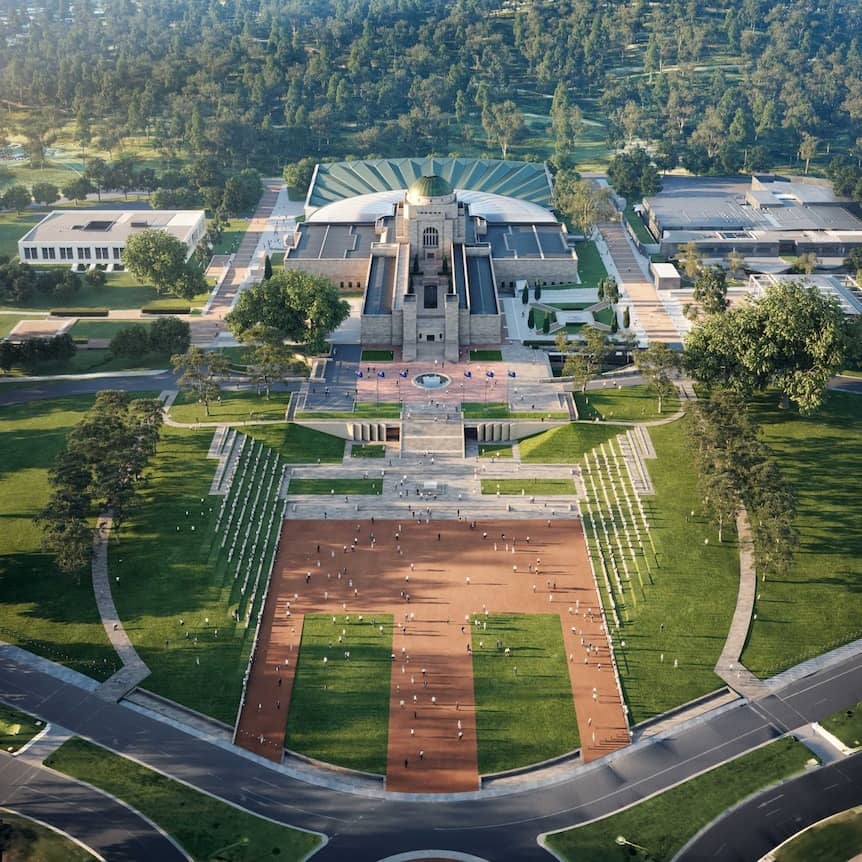
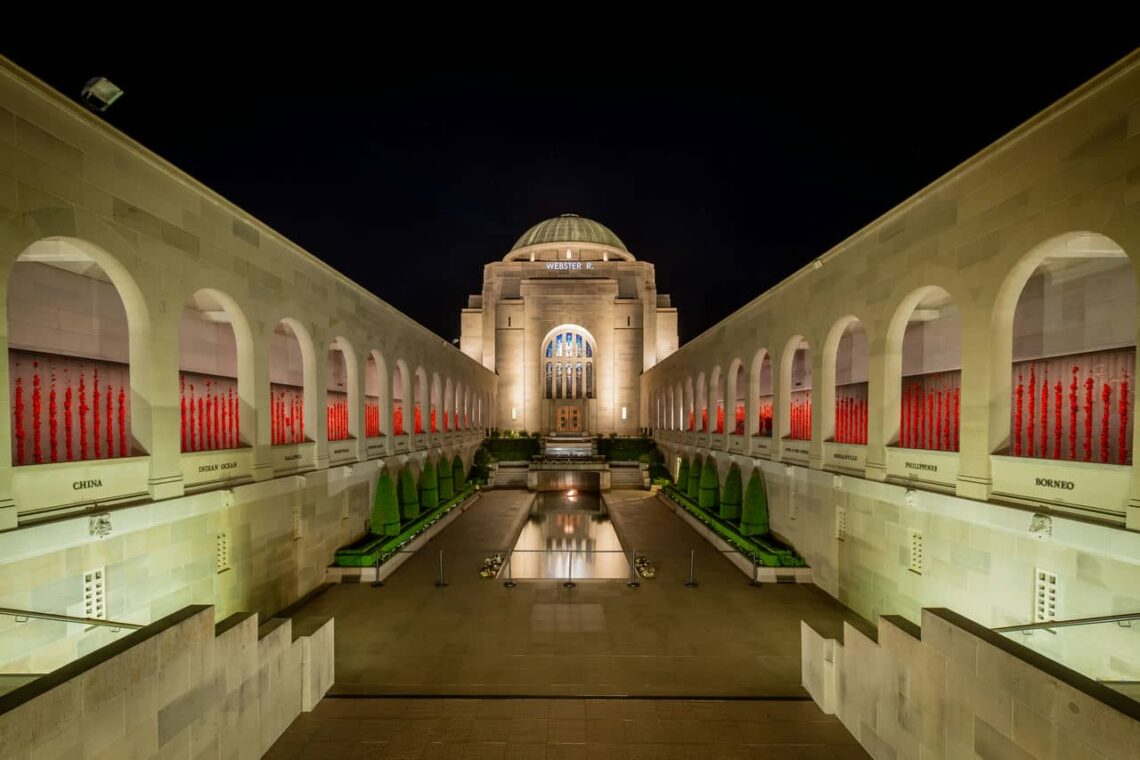
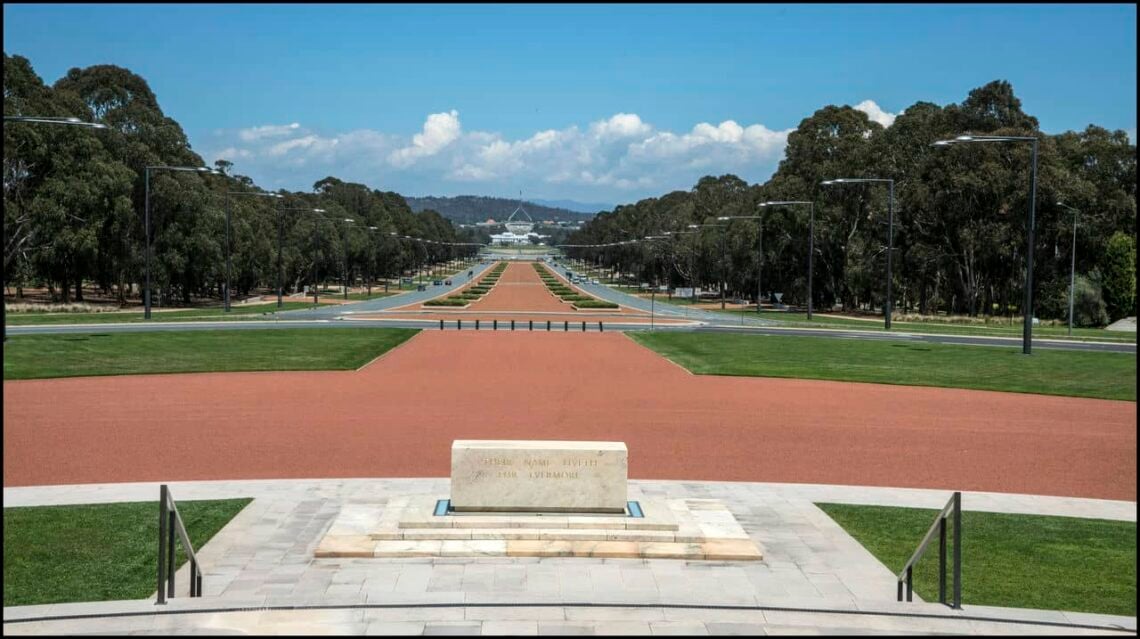
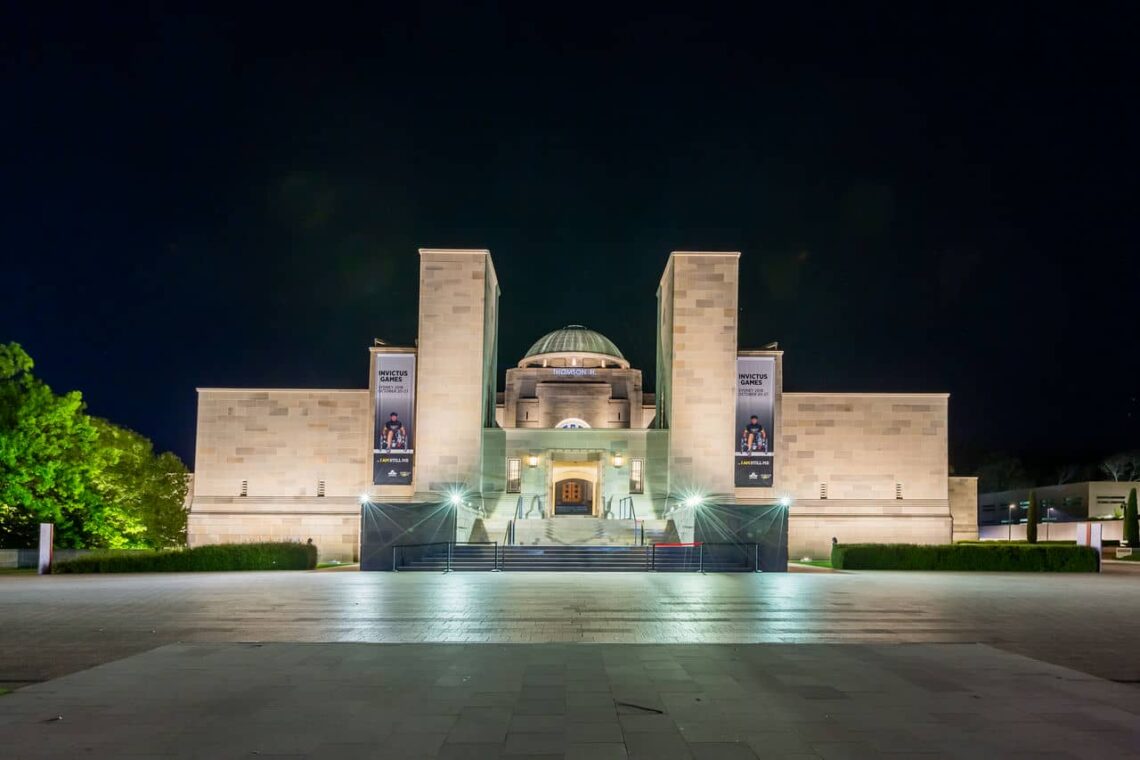
The Australian War Memorial also contains several galleries that display the collections and exhibits of the Australian War Memorial. The collections include war relics, weapons, uniforms, medals, artworks, photographs, documents, and personal items. The exhibits cover Australia’s conflicts, from colonial wars to the present. The other buildings on the site are the Administration Building, the ANZAC Hall, the CEW Building, and the Research Centre. The Administration Building houses the offices and staff of the AWM. The ANZAC Hall displays large objects such as aircraft, tanks, and vehicles. The CEW Building is used for storage and conservation. The Research Centre provides access to the archives and library of the Australian War Memorial. The sculpture garden features various sculptures and monuments commemorating Australia’s war history. Some sculptures include the Simpson and his Donkey statue, the Korean War Memorial, and the Sandakan Memorial. The garden also has a pool of reflection and a poppy wall.
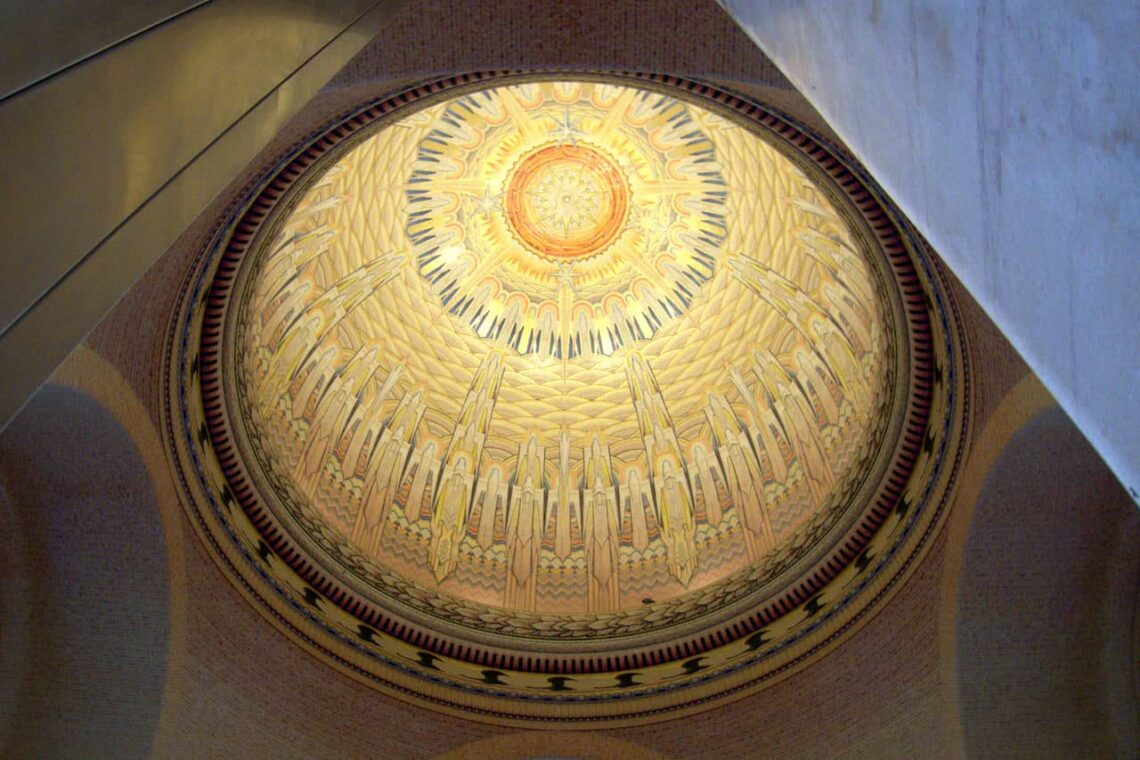
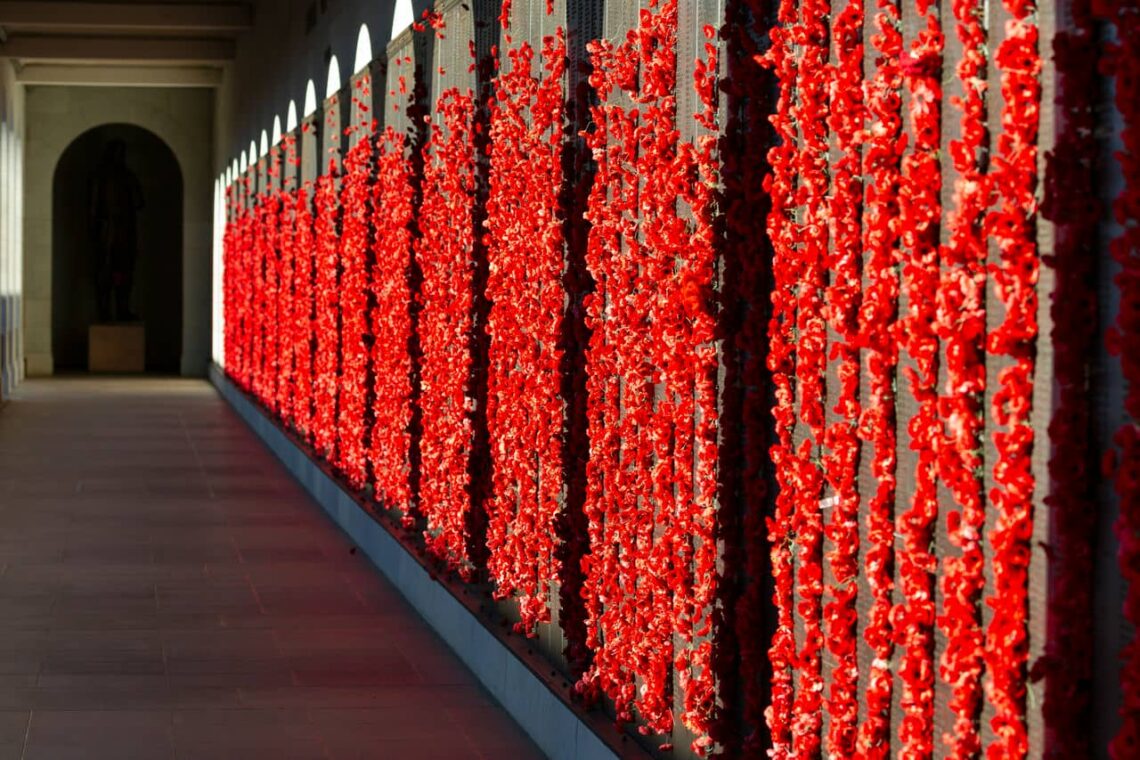
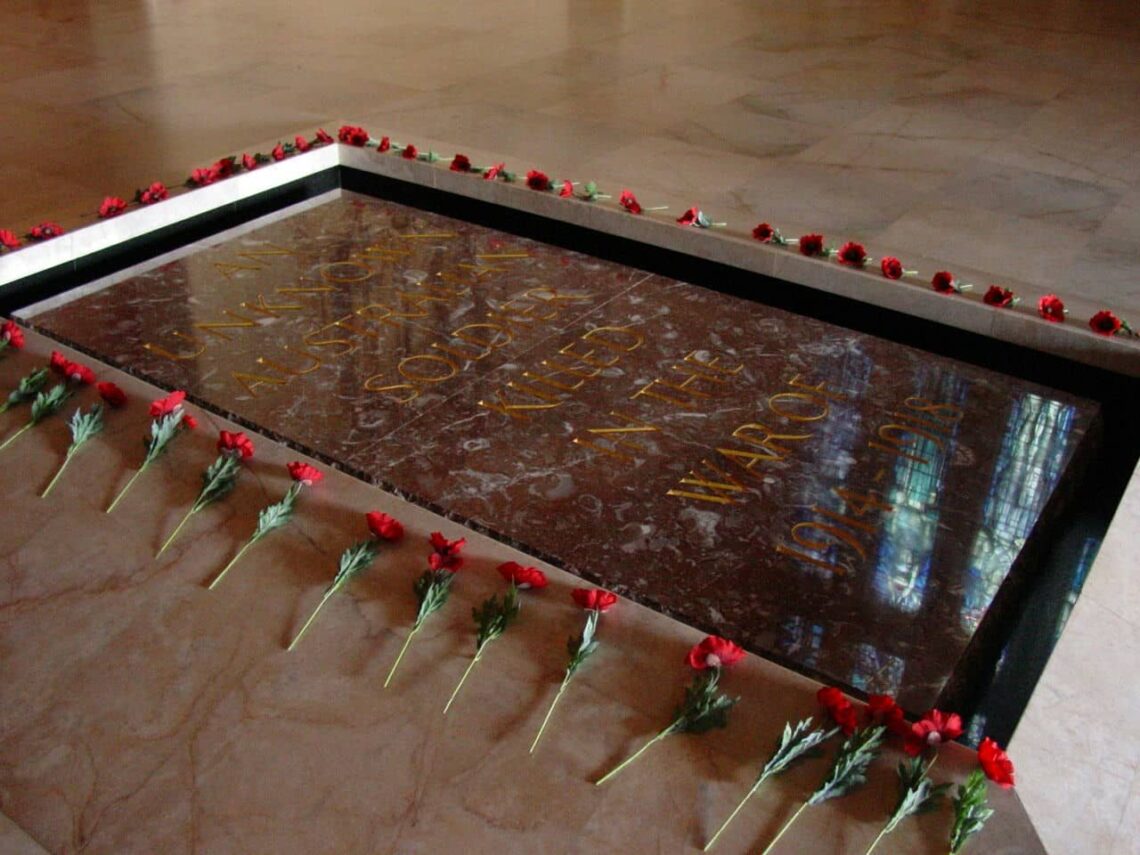
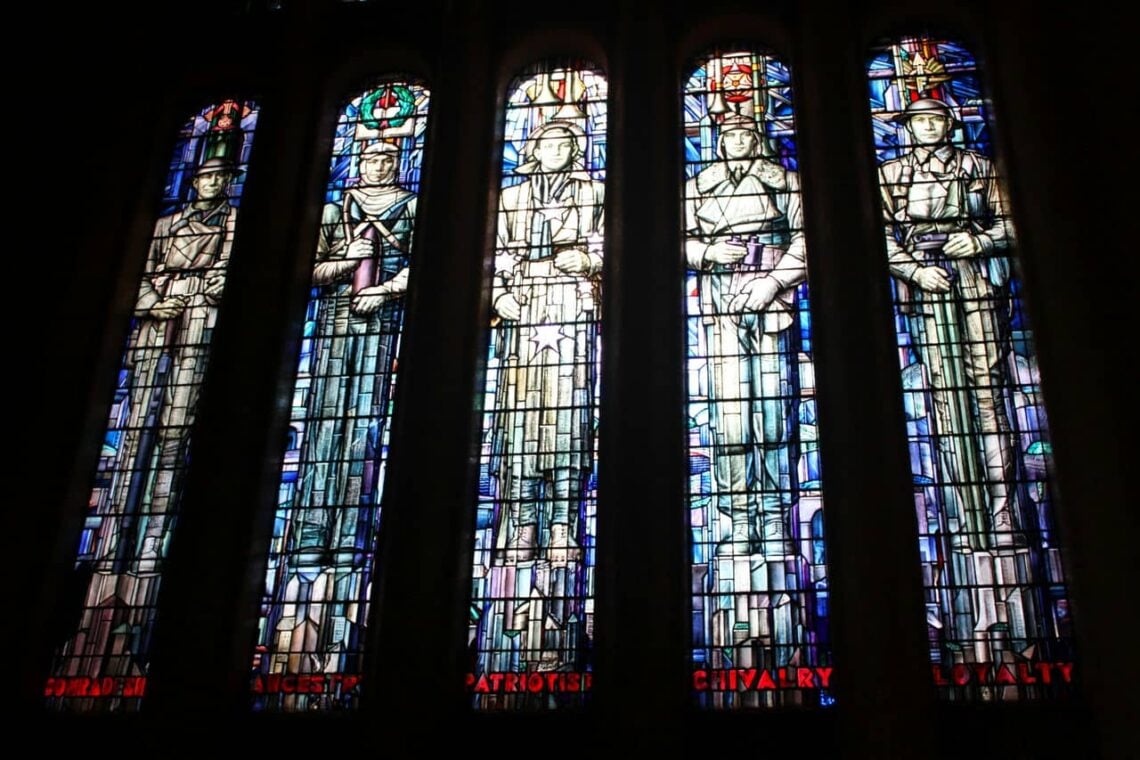
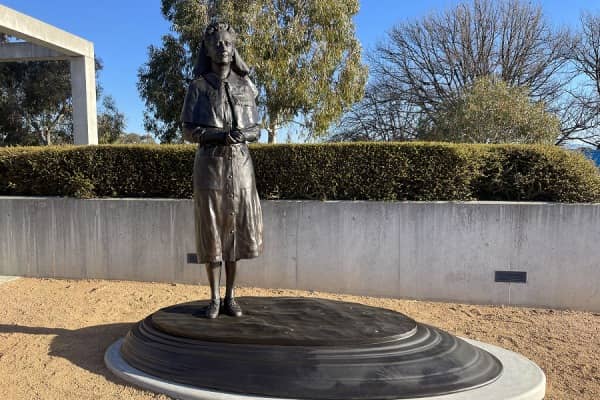

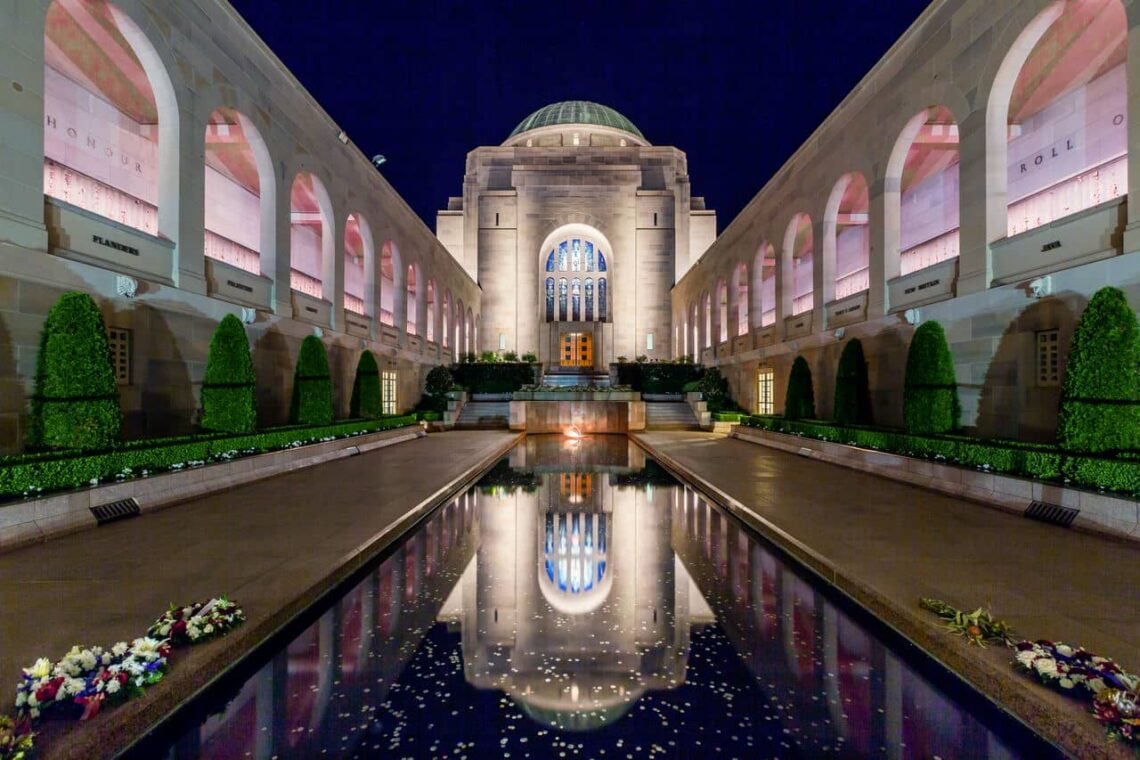
13. Brisbane City Hall
Brisbane City Hall is a heritage-listed building that serves as the seat of the Brisbane City Council. It is in the heart of Brisbane, next to King George Square. The building design is based on a combination of the Roman Pantheon and St Mark’s Campanile in Venice. It is considered one of Brisbane’s finest buildings. The construction of Brisbane City Hall began in 1920 and was completed in 1930. The building cost $1.3 million (€1.1 million, £0.9 million). It was once the tallest building in Brisbane, with a height of 299 feet (91 meters). It has 573 rooms and spaces, including the Main Auditorium, the Father Henry Willis Organ, the Clock Tower, and the Museum of Brisbane. Brisbane City Hall has been the backdrop to many cultural, social, and civic events over the last century. It has hosted royal receptions, pageants, orchestral concerts, flower shows, school graduations, and political meetings. It is also known for its Westminster chimes, which sound on the quarter-hour. The building is recognized as “The People’s Place,” as it reflects the history and identity of Brisbane.
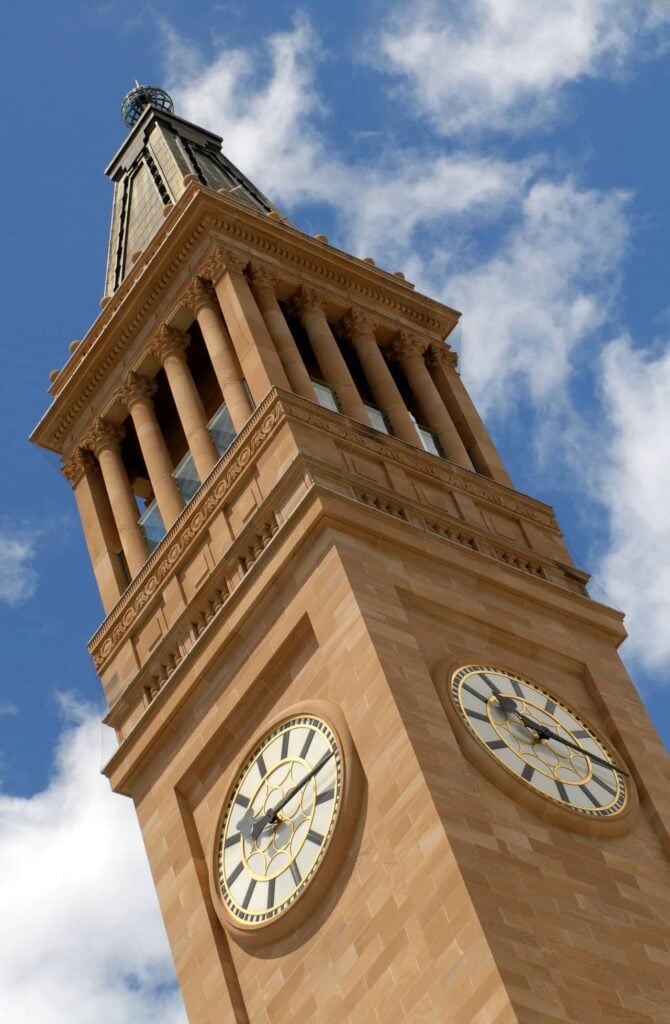
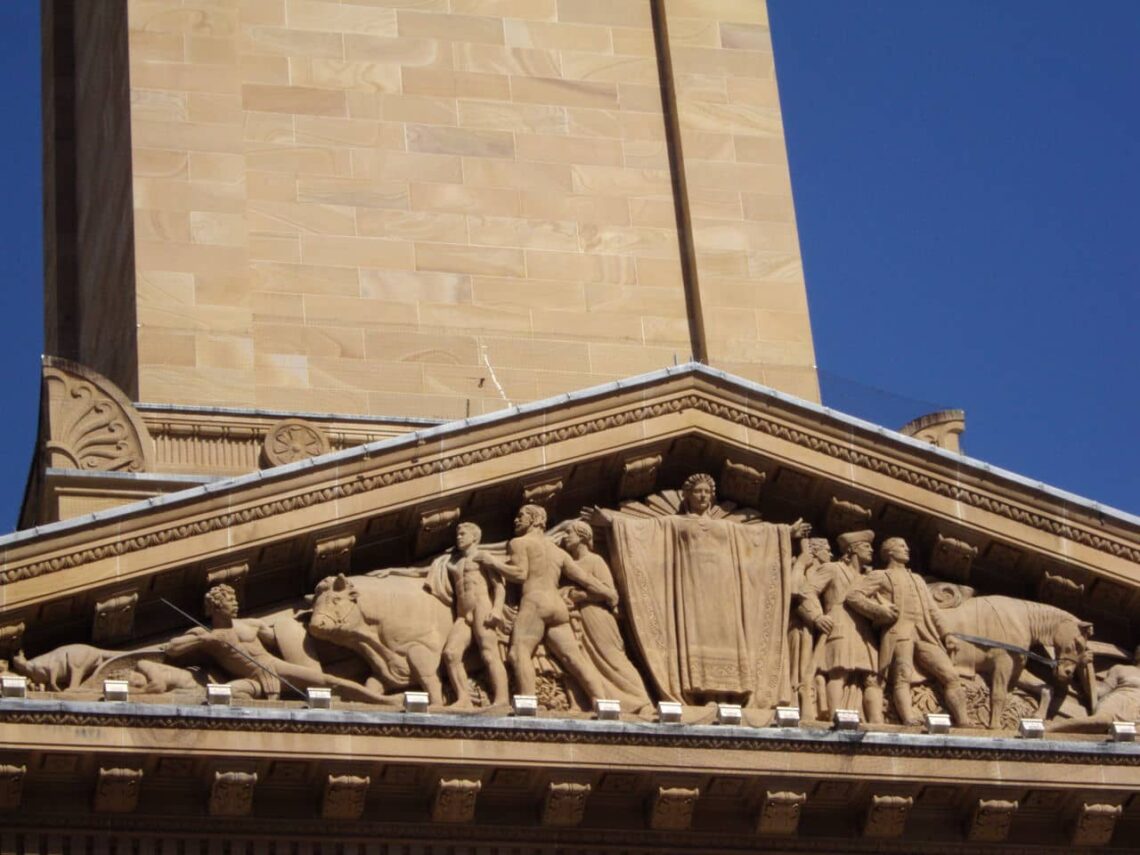
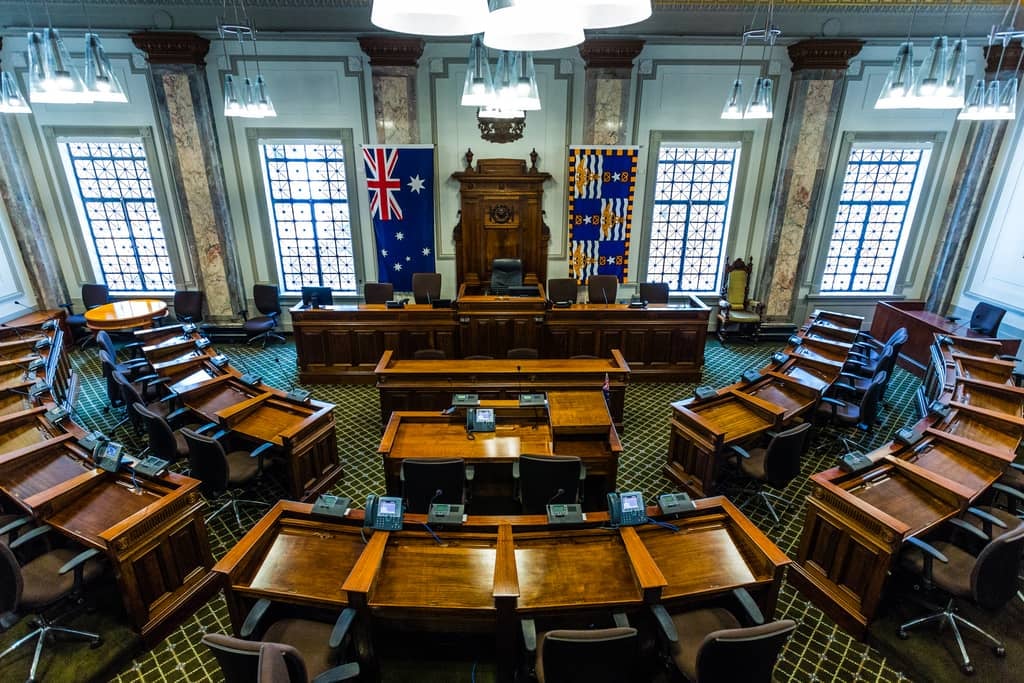
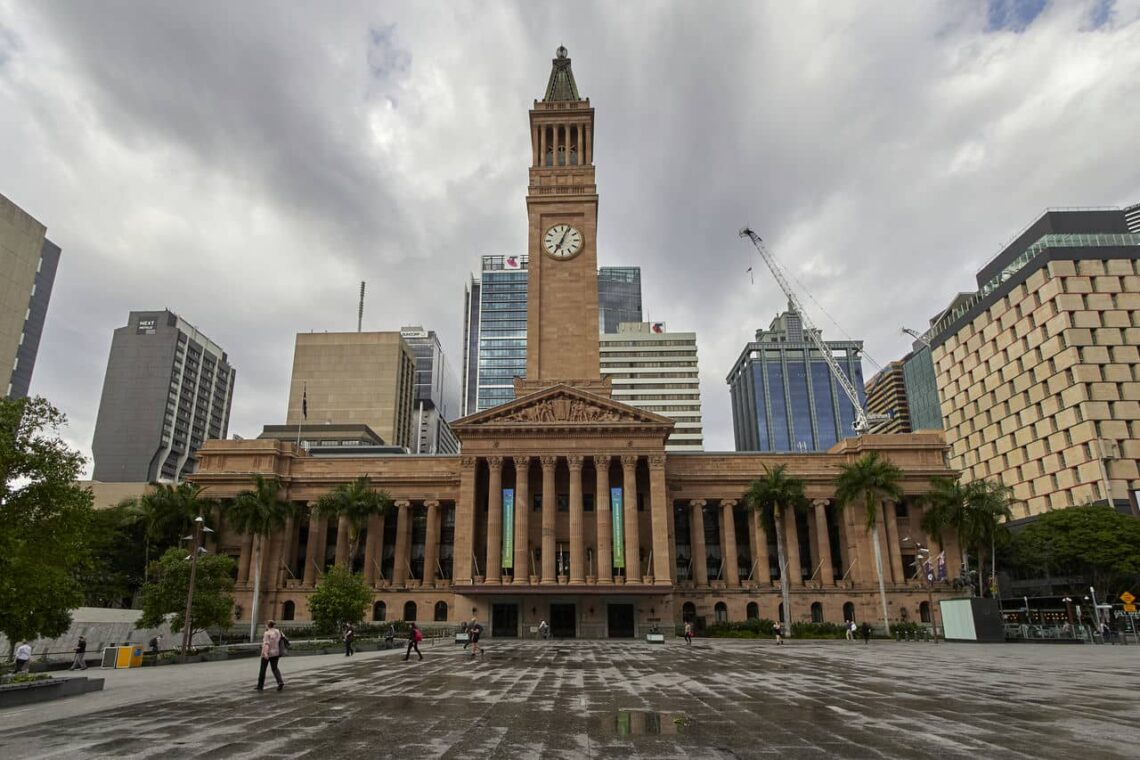
In 2008, it was discovered that Brisbane City Hall had severe structural problems. The building underwent a three-year restoration, which cost $153 million (€130 million, £111 million). The restoration involved repairing the foundations, strengthening the walls, restoring the heritage features, and improving the sustainability and accessibility of the building. The restored City Hall reopened on 6 April 2013. The main attraction of Brisbane City Hall is the Museum of Brisbane, which is located on level three of the building. The museum exhibits artworks from the City of Brisbane collection and contemporary exhibitions by some of the city’s leading artists. The museum also offers daily guided City Hall tours, showcasing the building’s history, architecture, and significance. The other popular feature of Brisbane City Hall is the Clock Tower, which offers a panoramic view of the city. The Clock Tower is 285 feet (87 meters) high and has a clock face on each side. Similar to Big Ben’s, the clock mechanism was made in England. Visitors can take a free lift ride to the observation platform, which is open daily from 10:00 am to 05:00 pm.
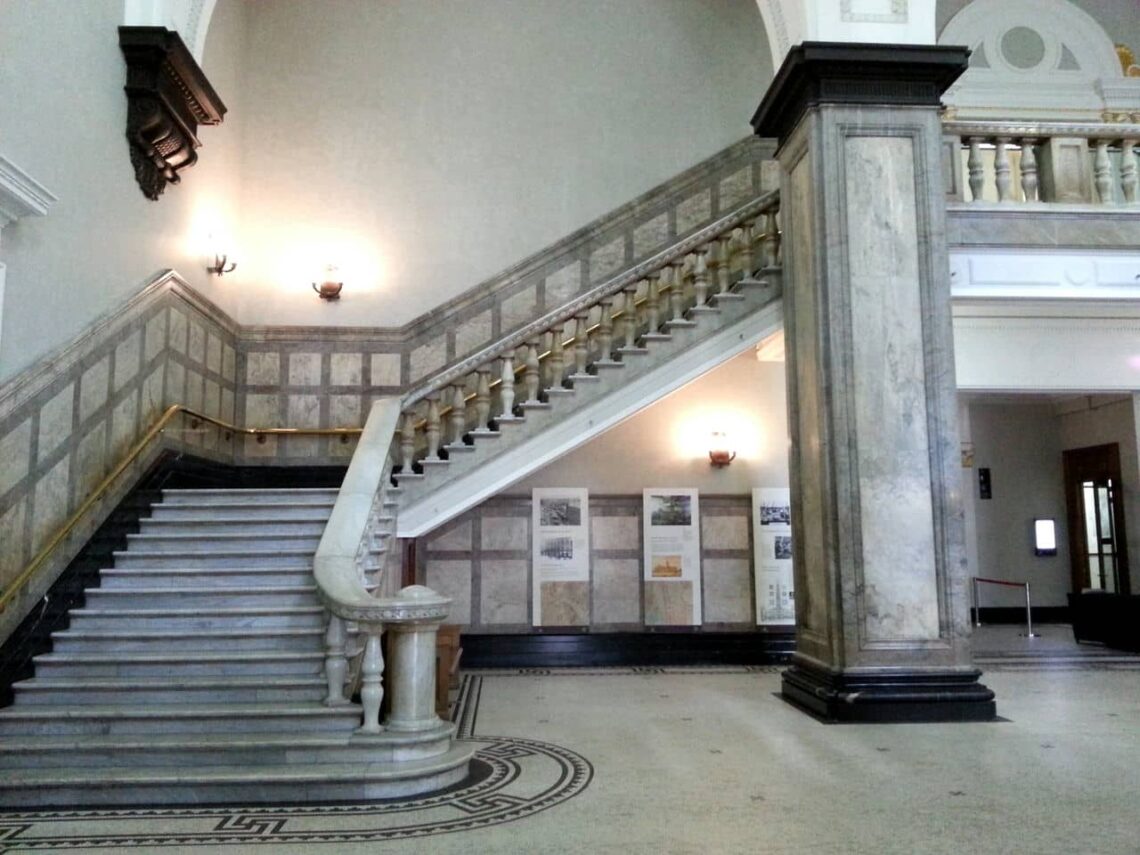
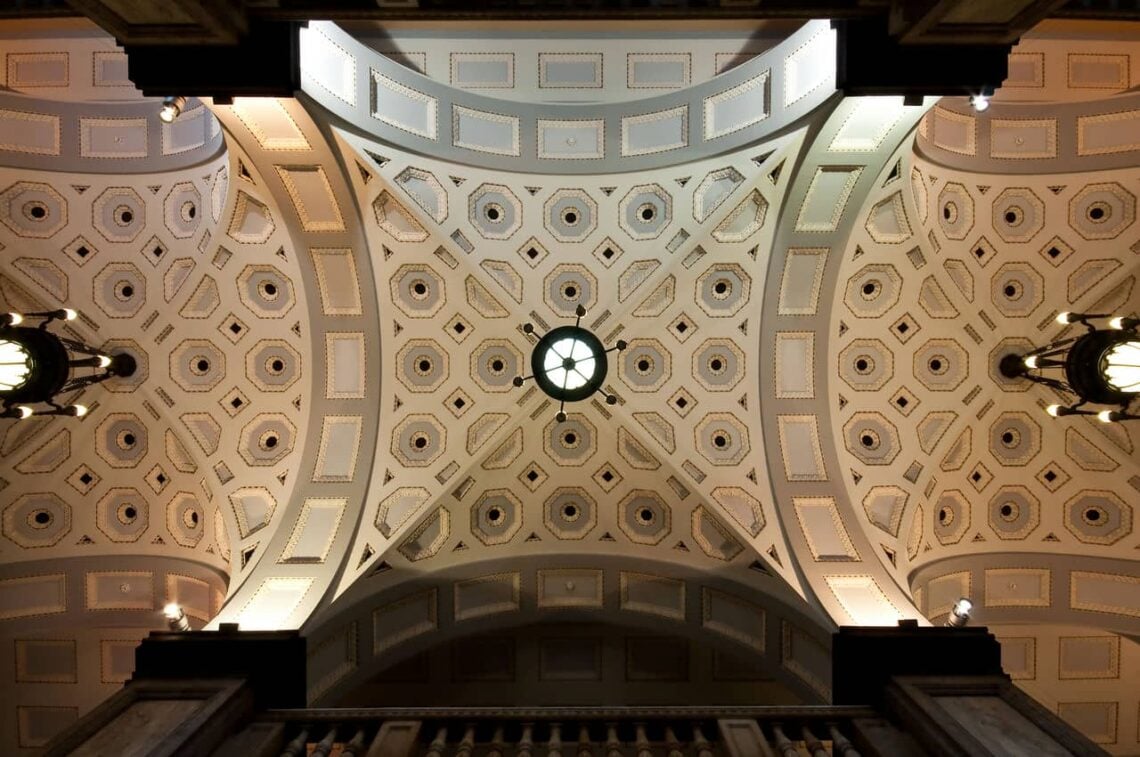
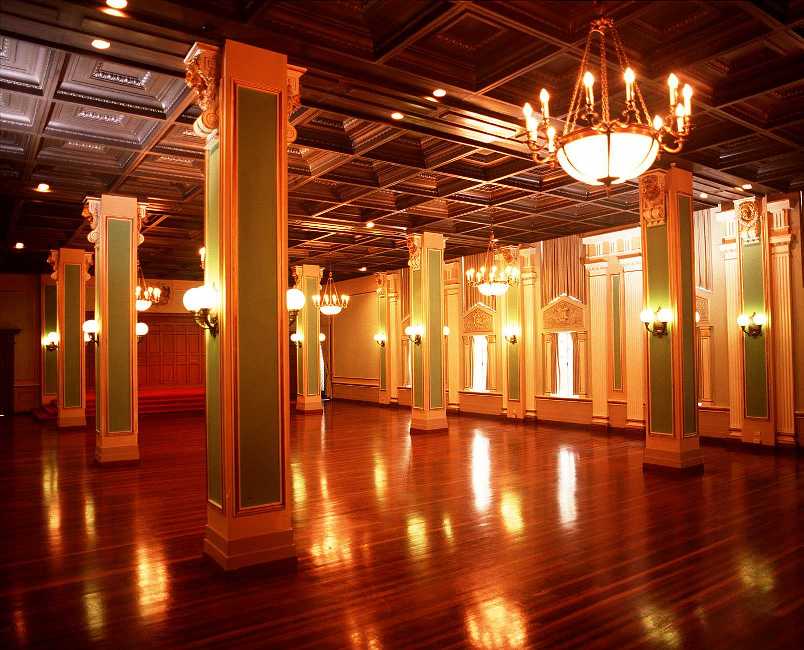
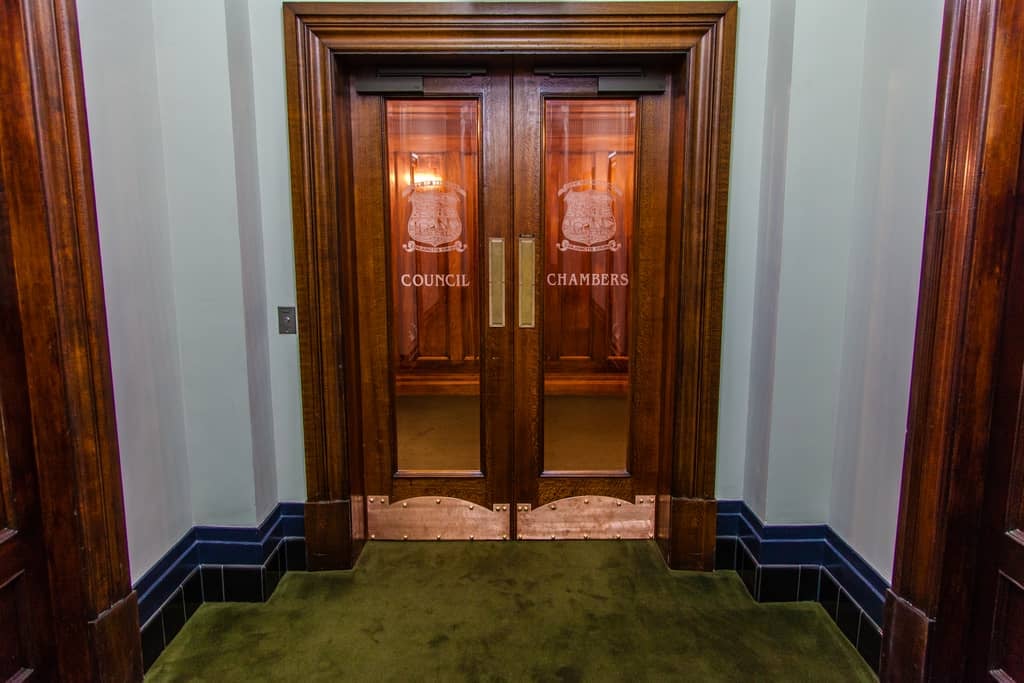
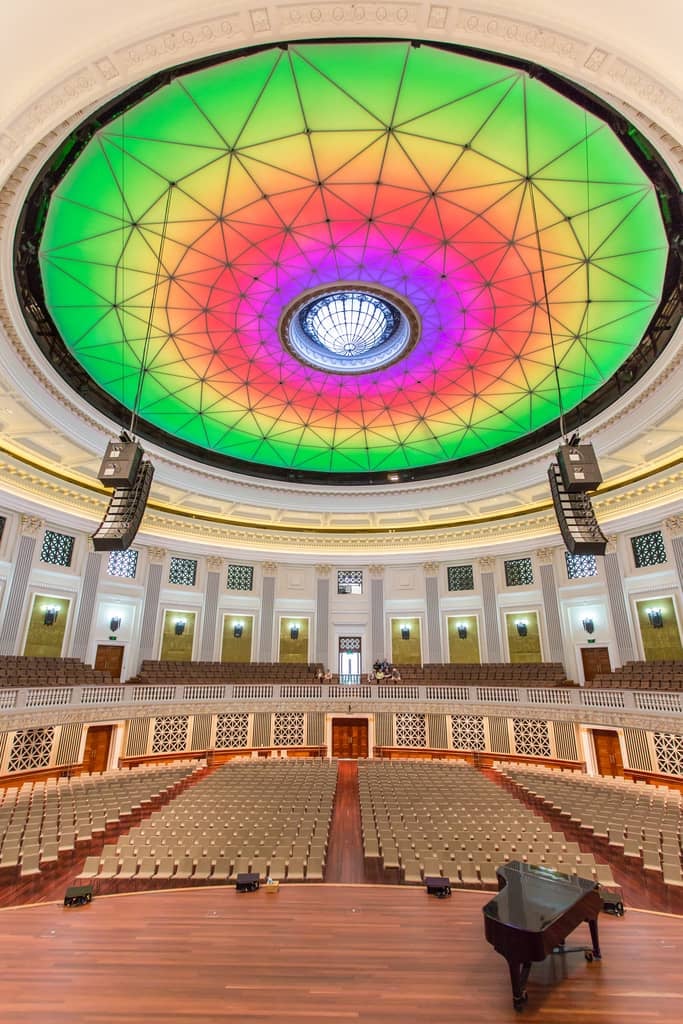
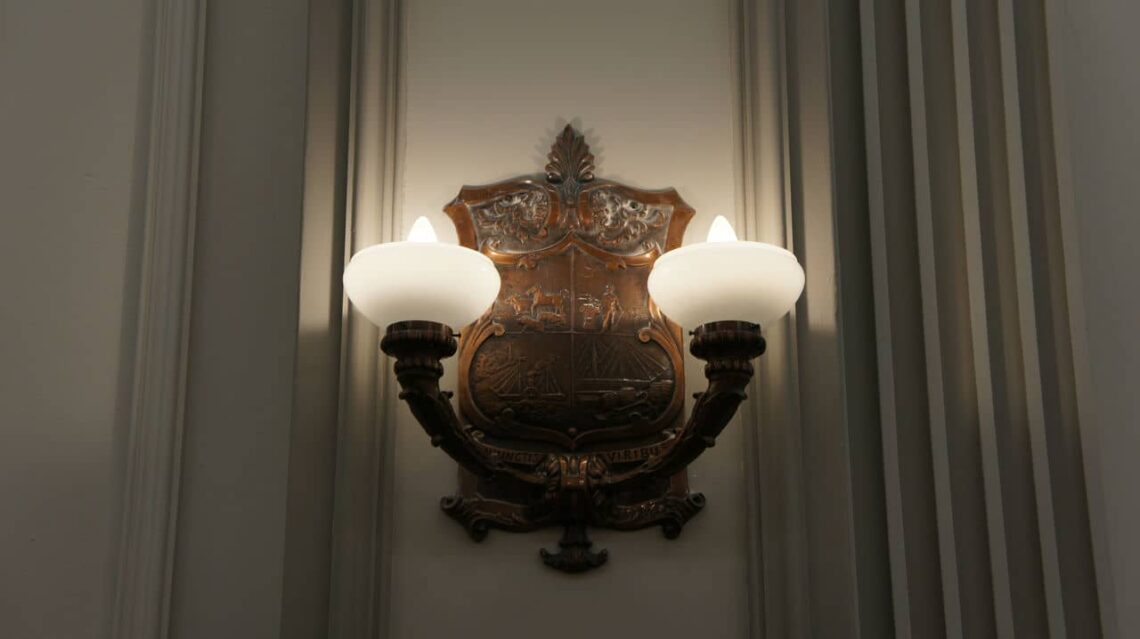
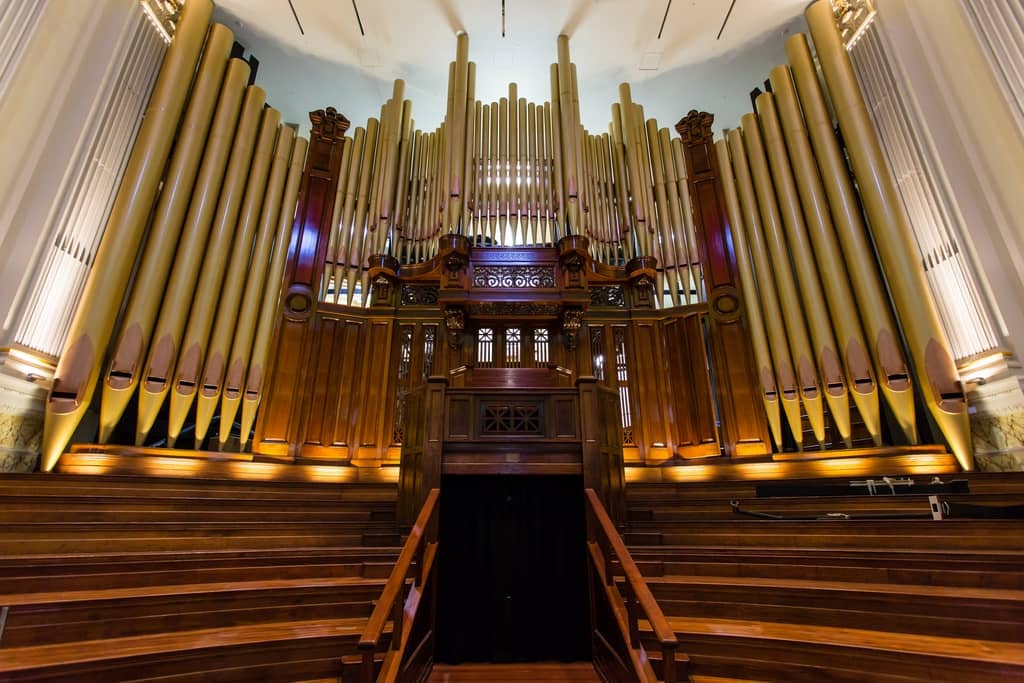
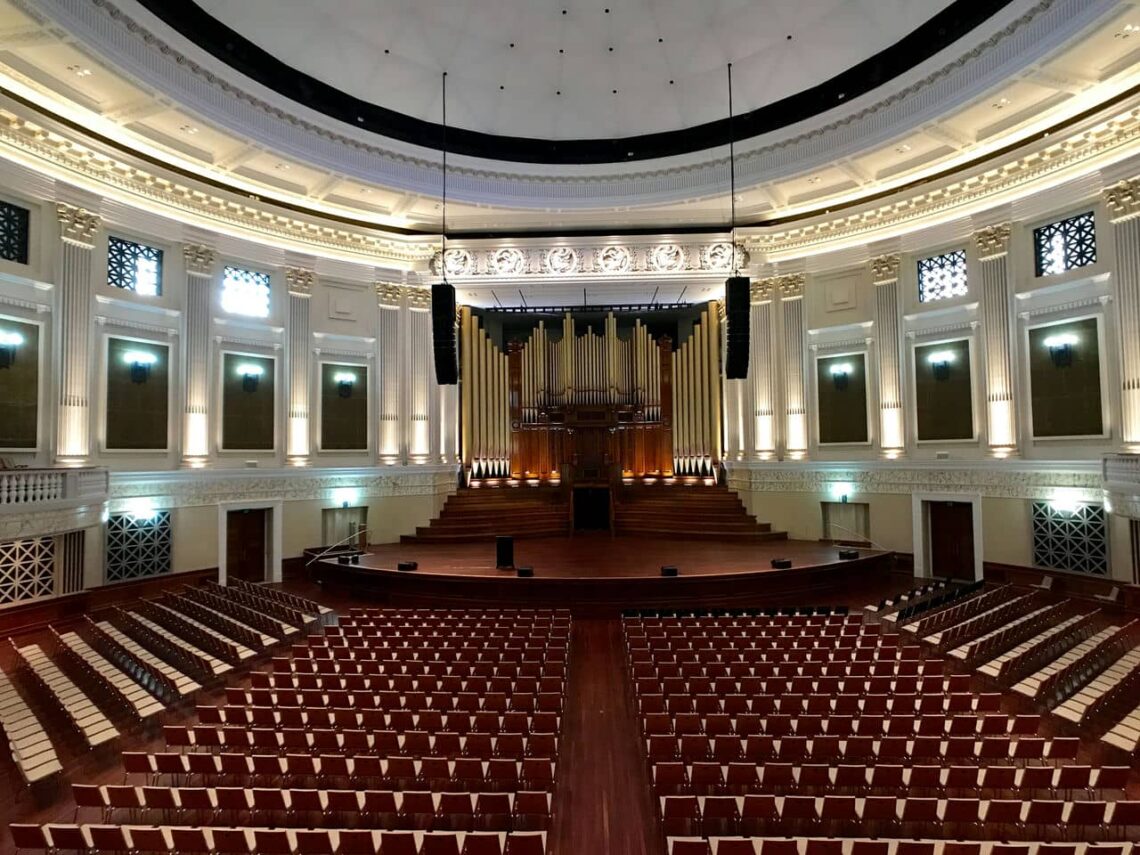
What are the top buildings in Australia with brutalist architecture?
Listed below are the top buildings in Australia with brutalist architecture:
- Sirius Building: The Sirius Building, located in The Rocks neighborhood of Sydney, is a prominent example of brutalist architecture in Australia. It was completed in 1980 and designed by architect Tao Gofers. The building features a distinctive concrete facade with stacked modules and a bold geometric design. It was originally built as public housing but has since been controversial and debated due to its heritage value and potential demolition.
- High Court of Australia: The High Court of Australia in Canberra is another notable example of brutalist architecture. Designed by architect Colin Madigan and completed in 1980, the building is characterized by its exposed concrete facade and angular forms. It serves as the highest court in the Australian judicial system and is an essential symbol of its legal system.
- Melbourne Central: Melbourne Central, located in Melbourne’s central business district, is a mixed-use complex incorporating brutalist architecture. The complex includes a shopping mall, office spaces, and a residential tower. It is known for its distinctive orange-colored cone-shaped structure, which houses a historic shot tower. The design by architect Fender Katsalidis Architects integrates the brutalist aesthetic with contemporary elements.
- Queensland Art Gallery: The Queensland Art Gallery in Brisbane showcases a brutalist architectural style. Designed by architect Robin Gibson and opened in 1982, the gallery features a series of interconnected pavilions with exposed concrete facades and geometric forms. It houses a significant collection of Australian and international artworks and is a major cultural institution in Queensland.
- Harold Holt Memorial Swimming Centre: The Harold Holt Memorial Swimming Centre in Melbourne’s Glen Iris suburb is a notable example of brutalist architecture in recreational facilities. Designed by architects Daryl Jackson and Evan Walker, the complex was completed in 1969. It features a distinctive concrete structure with modular elements and angular forms. The swimming center is a significant community asset and provides various aquatic facilities for residents.
What are the top buildings in Australia with Gothic architecture?
Listed below are the top buildings in Australia with Gothic architecture:
- St. Patrick’s Cathedral: St. Patrick’s Cathedral, located in Melbourne, is a prominent example of Gothic architecture in Australia. Construction of the cathedral began in 1858 and was completed in stages over several decades. It features intricate stained glass windows, pointed arches, and soaring spires, typical Gothic design. The cathedral serves as the seat of the Roman Catholic Archdiocese of Melbourne and is a significant religious and architectural landmark.
- St. Mary’s Cathedral: St. Mary’s Cathedral, located in Sydney, is another notable Gothic-style building in Australia. Designed by architect William Wardell, construction of the cathedral began in 1868 and was completed in 2000. The cathedral showcases intricate stone carvings, ribbed vaults, and tall pointed spires, characteristic of Gothic architecture. It serves as the primary church of the Catholic Archdiocese of Sydney and is an important religious and cultural institution.
- Adelaide Town Hall: The Adelaide Town Hall, located in Adelaide’s city center, is an impressive example of Gothic Revival architecture. Designed by architect Edmund Wright, the building was completed in 1866. It features a grand clock tower, ornate stone carvings, and pointed arches reflecting Gothic architecture. The town hall has been a significant civic and cultural venue in Adelaide, hosting various events and ceremonies.
- St. Francis Xavier’s Cathedral: St. Francis Xavier’s Cathedral, located in Adelaide, is a notable Gothic-style building. Designed by architect W.C. Vahland, construction of the cathedral began in 1856 and was completed in 1996. The cathedral showcases intricate stained glass windows, pointed arches, and a tall spire, exemplifying the elements of Gothic architecture. It is the co-cathedral of the Catholic Archdiocese of Adelaide and holds religious and historical significance in the city.
- St. Paul’s Cathedral: St. Paul’s Cathedral, located in Melbourne’s central business district, is an iconic Gothic-style building. Designed by architect William Butterfield, construction of the cathedral began in 1880 and was completed in 1931. It features a striking facade with intricate stone carvings, vaulted ceilings, and a prominent spire. The cathedral serves as the seat of the Anglican Diocese of Melbourne and is recognized for its architectural beauty and historical value.
What are the top buildings in Australia with neoclassical architecture?
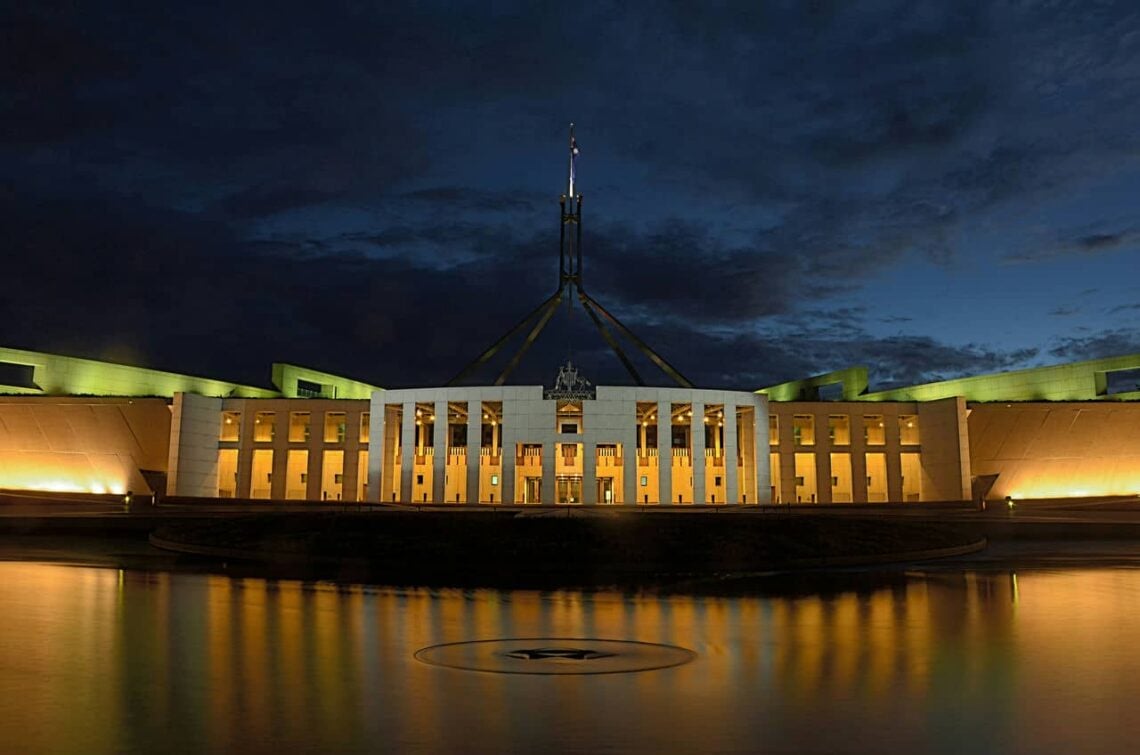
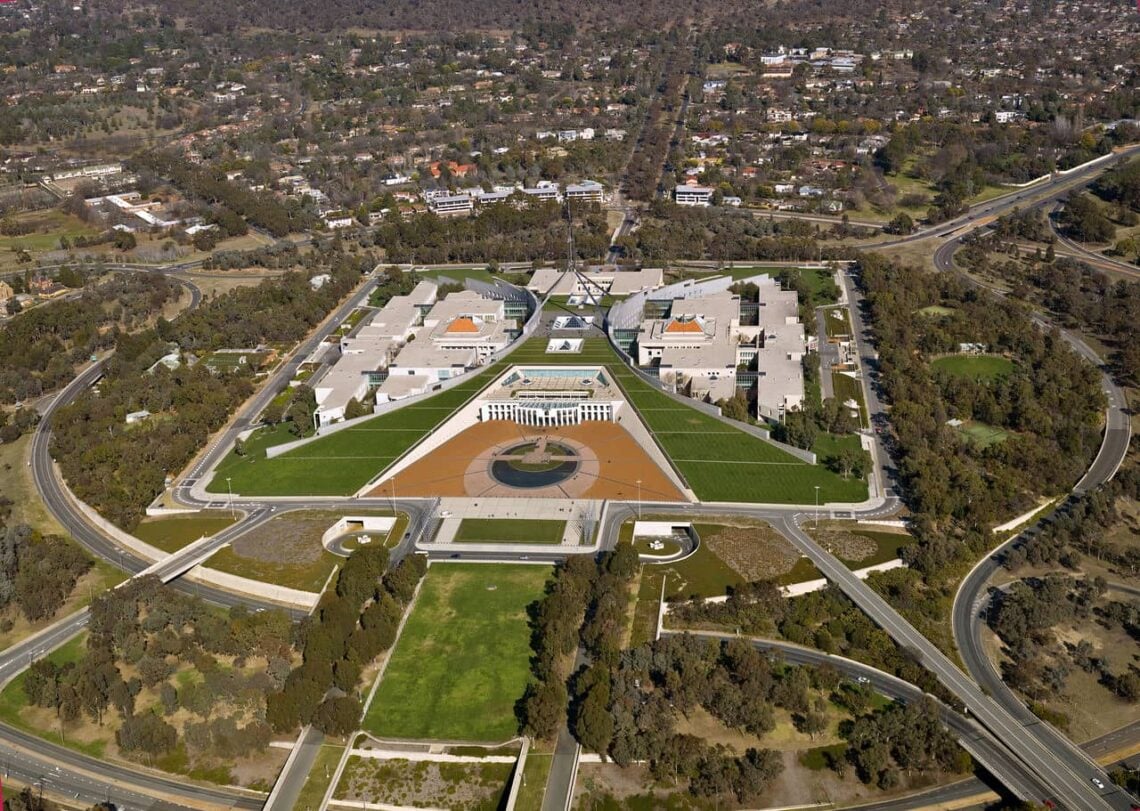
Listed below are the top buildings in Australia with neoclassical architecture:
- Parliament House: Parliament House in Canberra is a prominent example of neoclassical architecture in Australia. Designed by architects Mitchell/Giurgola & Thorp, the building was completed in 1988. It features a symmetrical facade, grand colonnades, and a central dome reminiscent of classical Greek and Roman architecture. It serves as the meeting place of the Australian Parliament and is an important symbol of the country’s democracy.
- State Library of Victoria: The State Library of Victoria in Melbourne showcases neoclassical architectural elements. Designed by architect Joseph Reed, the library was completed in 1856. It features a grand entrance with Ionic columns, a domed reading room, and ornate detailing. The library houses a vast collection of books and is a significant cultural and educational institution in Victoria.
- General Post Office: The General Post Office (GPO) in Sydney’s central business district is a notable neoclassical architecture. Designed by architect James Barnet, the GPO was completed in 1891. It features a sandstone facade, Corinthian columns, and a clock tower. The building originally served as the city’s main post office and has since been transformed into a retail and dining precinct.
- National Gallery of Victoria: The National Gallery of Victoria (NGV) in Melbourne exhibits neoclassical architectural elements. Designed by architect Sir Roy Grounds, the NGV International building was completed in 1968. It features a grand entrance with soaring columns, a central water feature, and expansive gallery spaces. The NGV houses an extensive collection of artworks and is a significant cultural destination in Australia.
- Adelaide Arcade: The Adelaide Arcade, located in Adelaide’s city center, is a notable example of neoclassical architecture. Designed by architects Wright and Woods, the arcade was completed in 1885. It features a grand entrance with decorative pilasters, a glass roof, and ornate detailing. The arcade is home to various shops and is recognized for its architectural beauty and historical significance.
What are the top Australian architects in history?
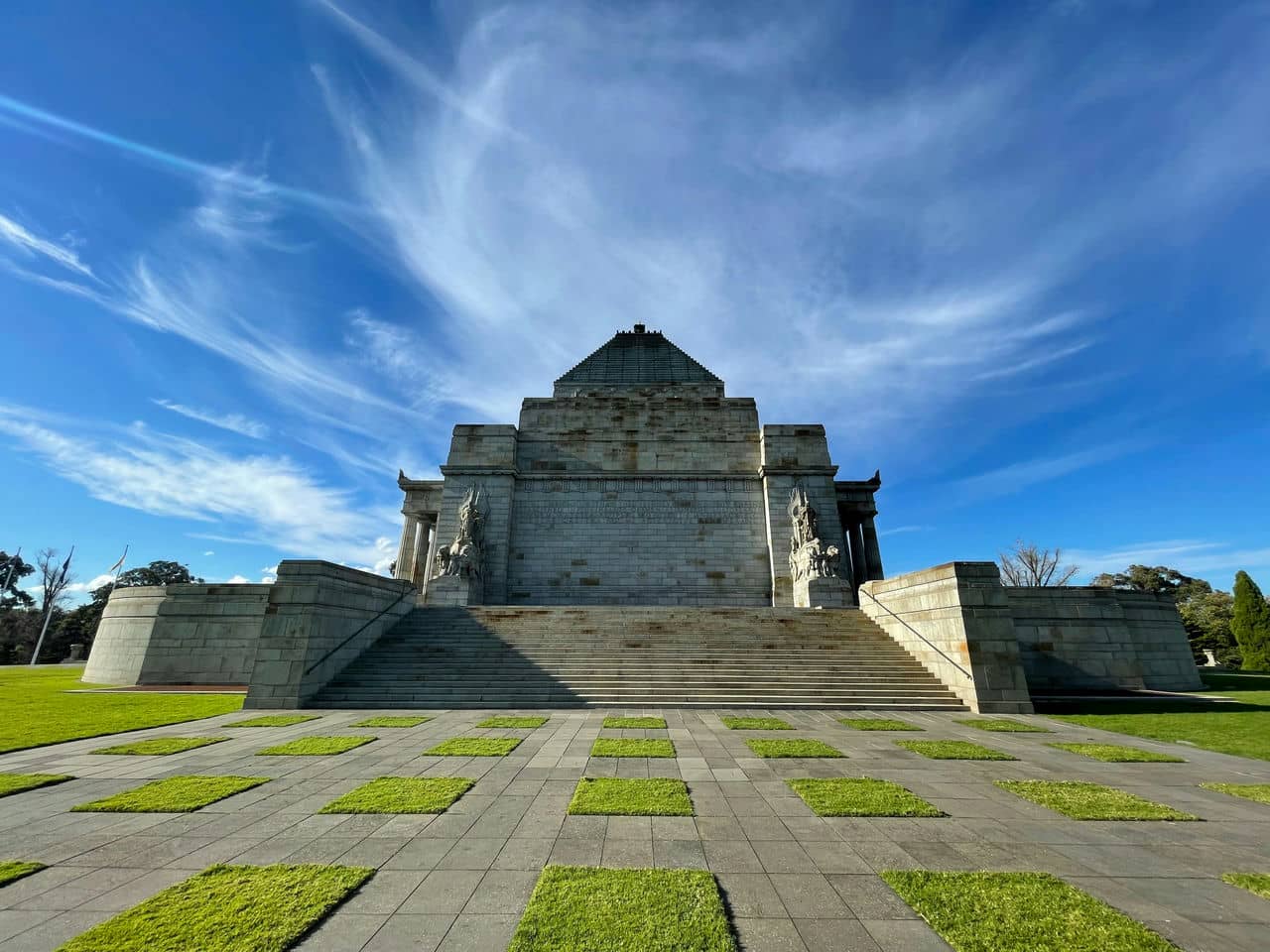
Listed below are the top Australian architects in history:
- Glenn Murcutt: Glenn Murcutt is the only Australian winner of the prestigious Pritzker Architecture Prize, which he received in 2002. He is known for his environmentally sensitive and contextually responsive designs, often using simple materials and forms. He works as a sole practitioner without staff and builds only within Australia. His notable works include the Marie Short House, the Magney House, the Arthur and Yvonne Boyd Education Centre, and the Australian Islamic Centre.
- Harry Seidler: Harry Seidler is considered one of the leading exponents of modernist methodology in Australia and the first architect to fully express the principles of Bauhaus in Australia. He designed more than 180 buildings in Australia and internationally, including residential, commercial, public, and institutional projects. He received many awards and honors, such as the RAIA Gold Medal, the AIA Gold Medal, and the Praemium Imperiale. His famous works include the Rose Seidler House, the Australia Square Tower, the MLC Centre, and the Horizon Apartments.
- John Andrews: John Andrews is the most internationally significant Australian architect who designed acclaimed structures in Australia, Canada, and the United States. He studied under Walter Gropius and Marcel Breuer at Harvard University and worked with Oscar Niemeyer in Brazil. He won the 1980 RAIA Gold Medal and was appointed Officer of the Order of Australia in 1981. Some of his remarkable works include the Scarborough College, the CN Tower, the Cameron Offices, and the Sydney Convention Centre.
- Howard Raggatt: Howard Raggatt is a founding director of ARM Architecture, a Melbourne-based practice known for its innovative and provocative designs. He has been involved in many award-winning projects, including the National Museum of Australia, the Melbourne Recital Centre, the Perth Arena, and the Shrine of Remembrance Redevelopment. He received the RAIA Gold Medal in 2016 and became an Officer of the Order of Australia in 2017. He is also a professor of architecture at the University of Melbourne.
- Kerry Hill: Howard Raggatt was a Singapore-based Australian architect specializing in hotel design in tropical Asia. He was influenced by the Sri Lankan architect Geoffrey Bawa and the Balinese architectural style. He won the Aga Khan Award for Architecture for The Datai Langkawi Hotel and the RAIA Gold Medal in 2006. He also designed many public and cultural buildings, such as the City of Perth Library, the State Theatre Centre of Western Australia, and the Martin No.38 apartment building. He died in 2018 at the age of 75.
What are the top architecture firms in Australia?
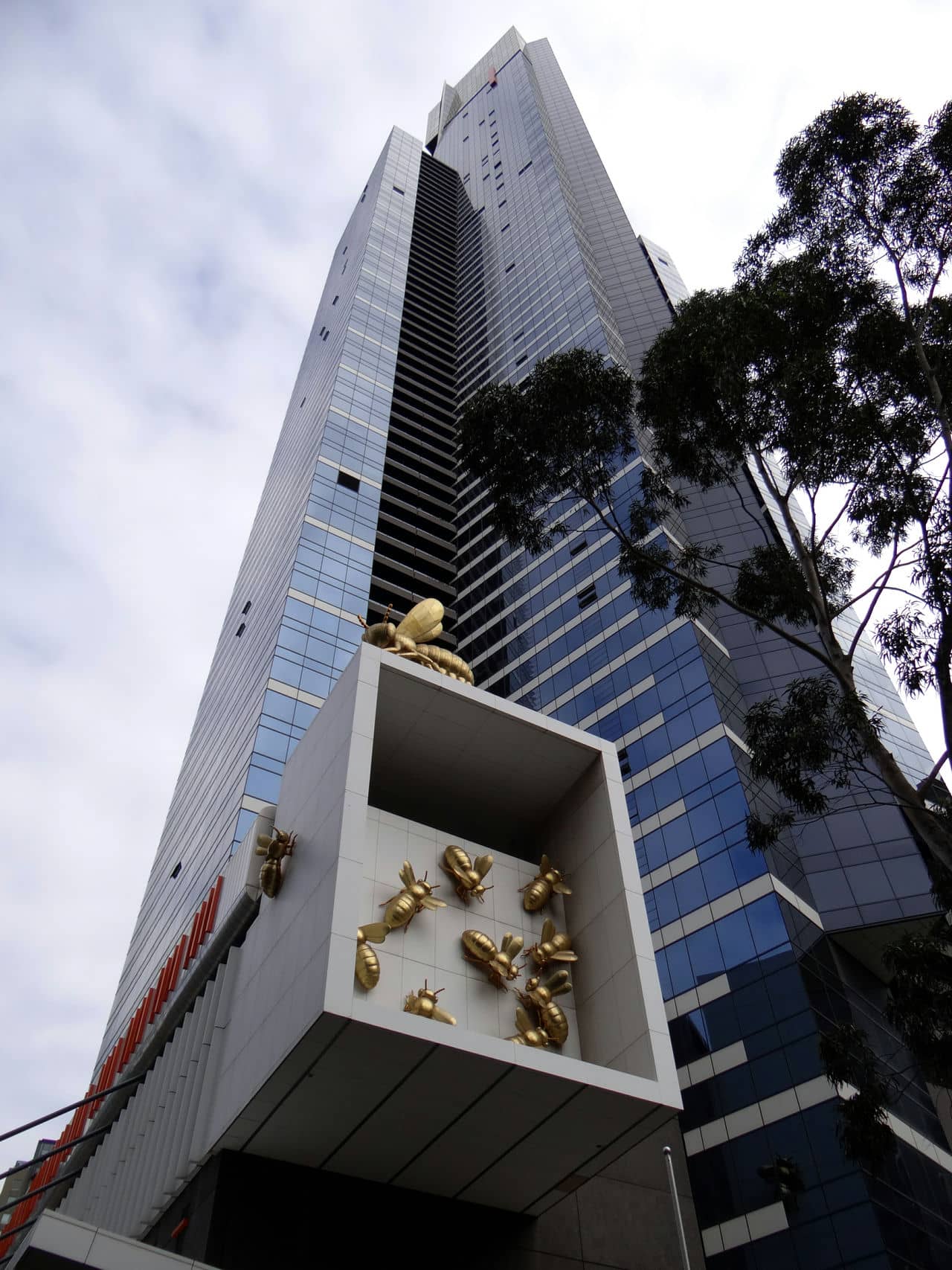
Listed below are the top architecture firms in Australia:
- Fender Katsalidis Architects: Fender Katsalidis Architects is a multi-award-winning Australian firm that has designed iconic buildings in Australia and internationally, such as the Eureka Tower, the MONA Museum, the NewActon Precinct, and the Merdeka 118 Tower. The firm is known for its innovative and sustainable approach to architecture, urban design, and interior design. The firm has offices in Melbourne, Sydney, and Brisbane.
- Woods Bagot: Woods Bagot is a global studio that operates across five regions: Australia, Asia, Europe, the Middle East, and North America. The firm is renowned for excellence in design, research, and collaboration. Some of the firm’s notable projects include the Adelaide Oval Redevelopment, the Qatar Science and Technology Park, the Melbourne Convention and Exhibition Centre, and the One Barangaroo Tower. The firm has won numerous awards, including the World Architecture Festival Awards, the Australian Institute of Architects Awards, and the International Property Awards.
- Wardle (John Wardle Architects): Wardle (John Wardle Architects) is a highly commended practice that operates across three different Australian states. The firm has designed various project types: commercial, residential, government, and educational. The firm specializes in client-architect relationships and the importance of detail. The firm received the RAIA Gold Medal in 2020 and became an Officer of the Order of Australia in 2021. The firm’s famous works include the Monash Library, the Kew Residence, the Melbourne Conservatorium of Music, and the Phoenix Central Park.
- DesignInc: DesignInc is a practice that champions an integrated approach to sustainable architecture, interior design, and urban design. In Australia, this firm focuses on creating quality environments that reconcile natural, social, urban, and economic forces. The firm concentrates on growing single ideas into integrated solutions with multiple benefits. It has a great understanding and engagement with diversity, from the skills of its professional team through the range of clients with whom it collaborates and the projects it embraces to the built environments it creates.


